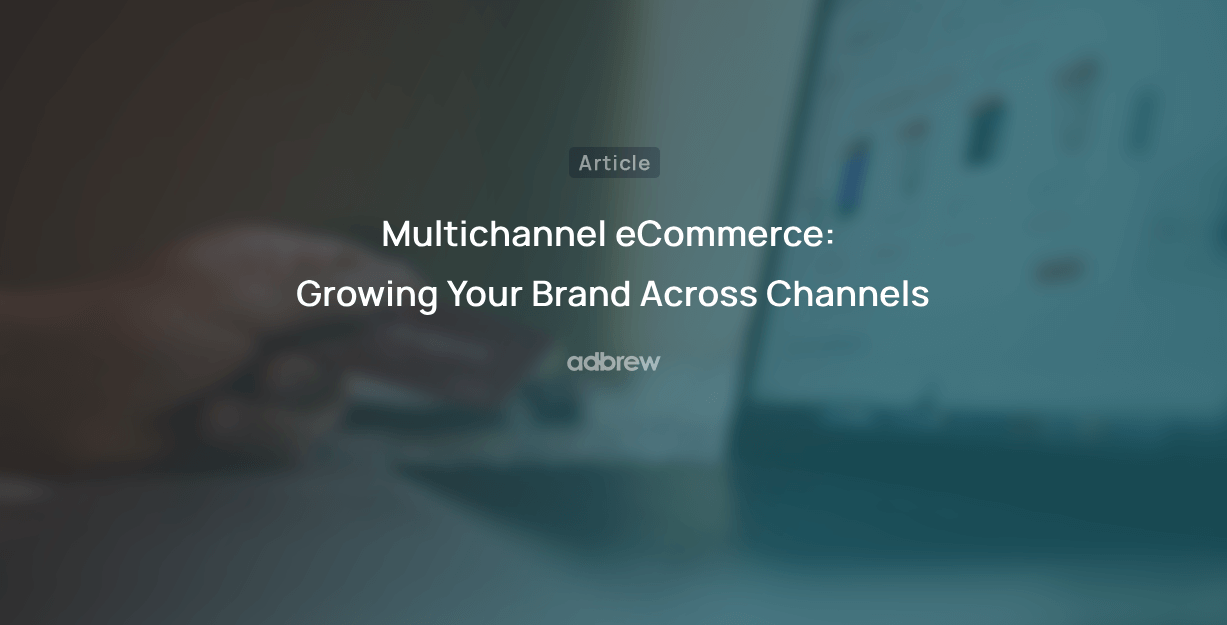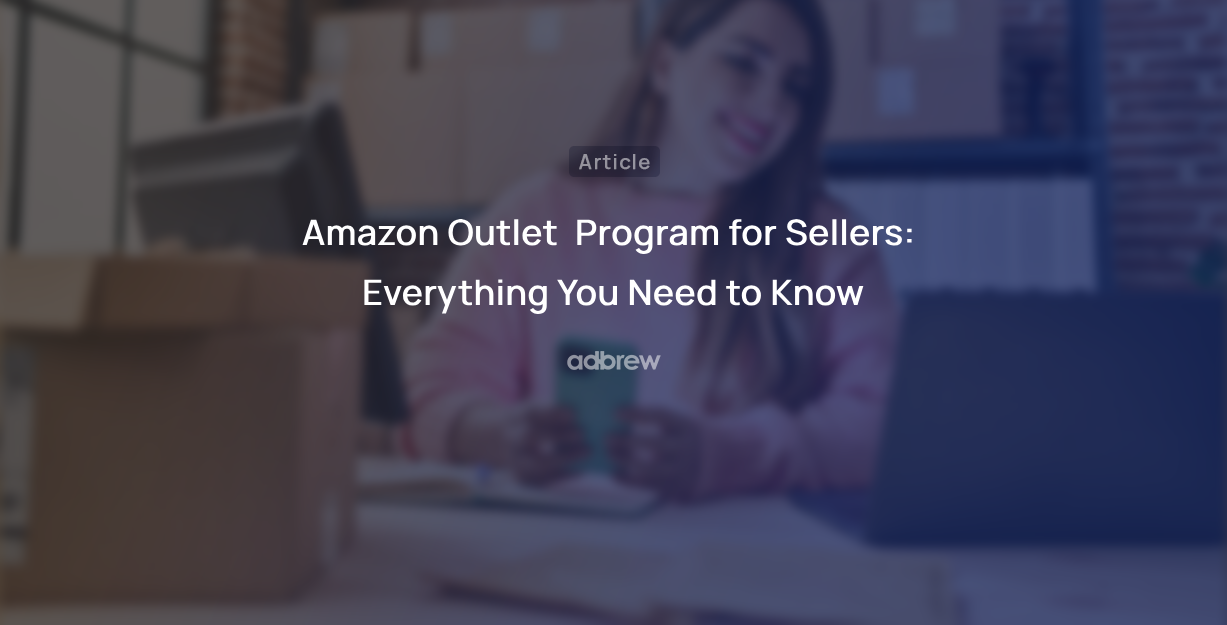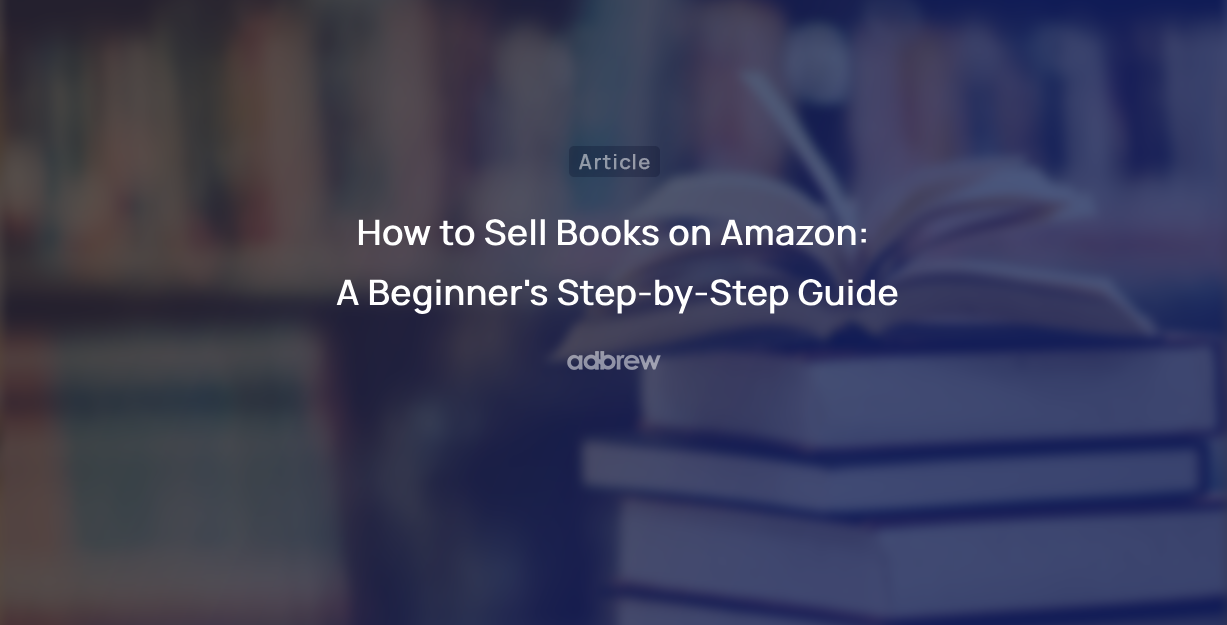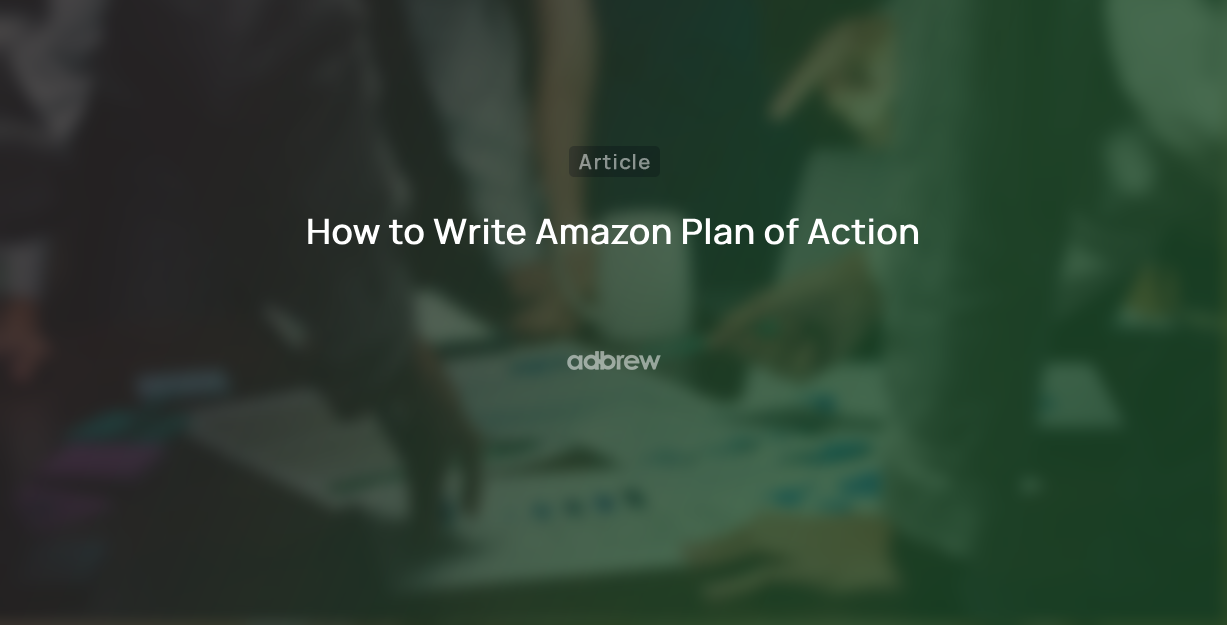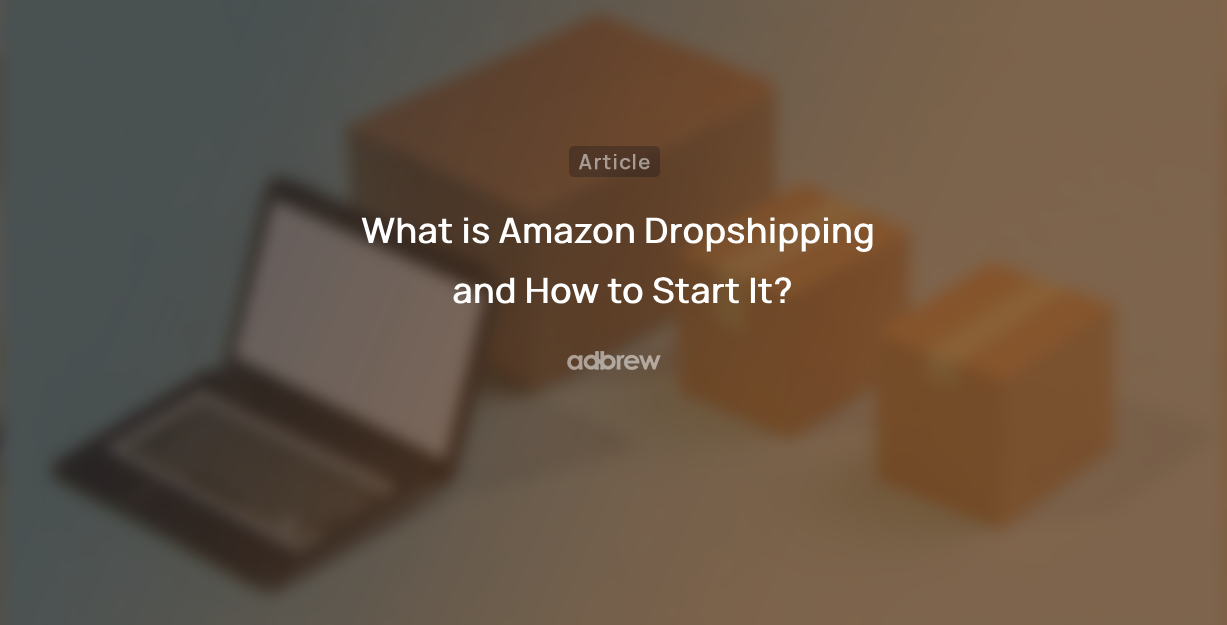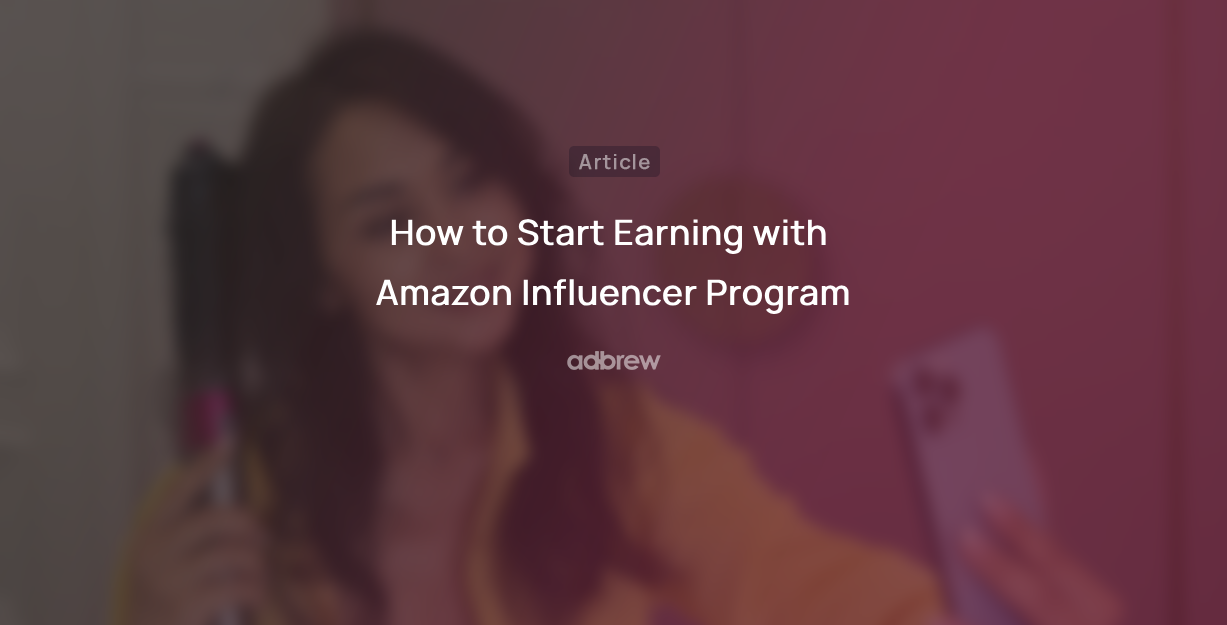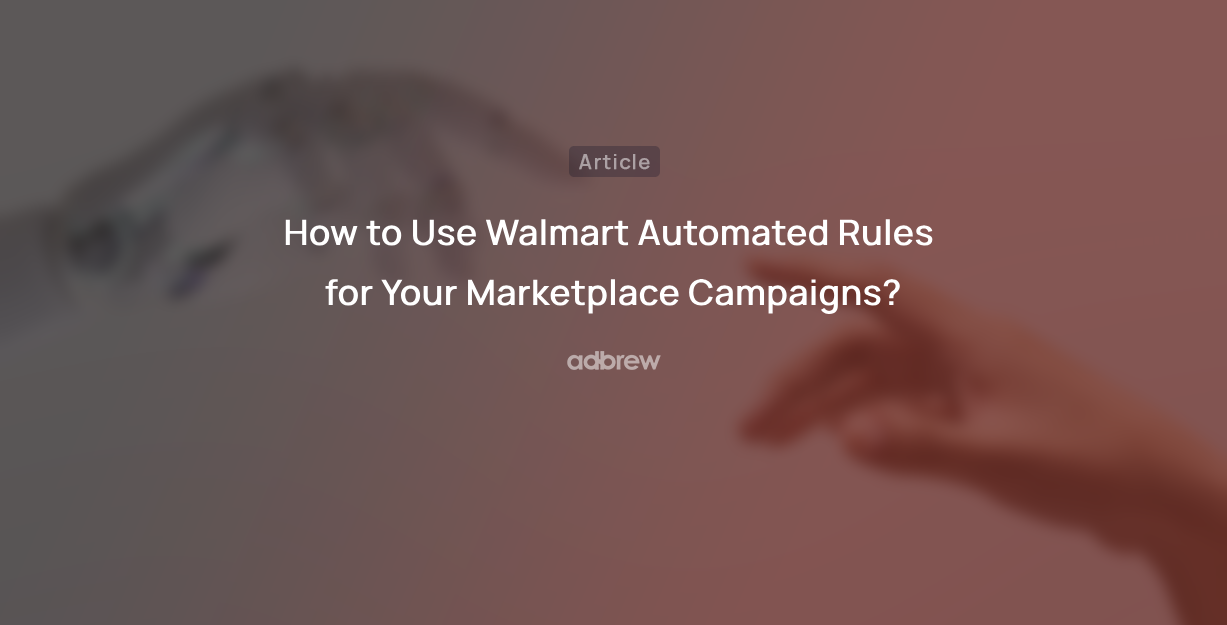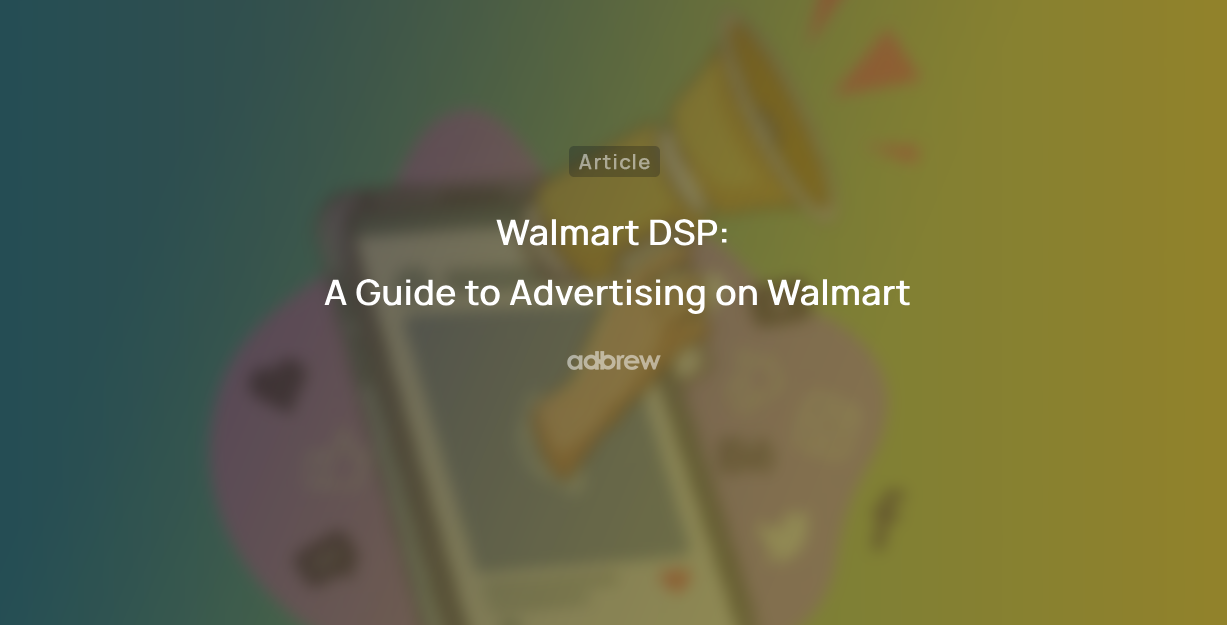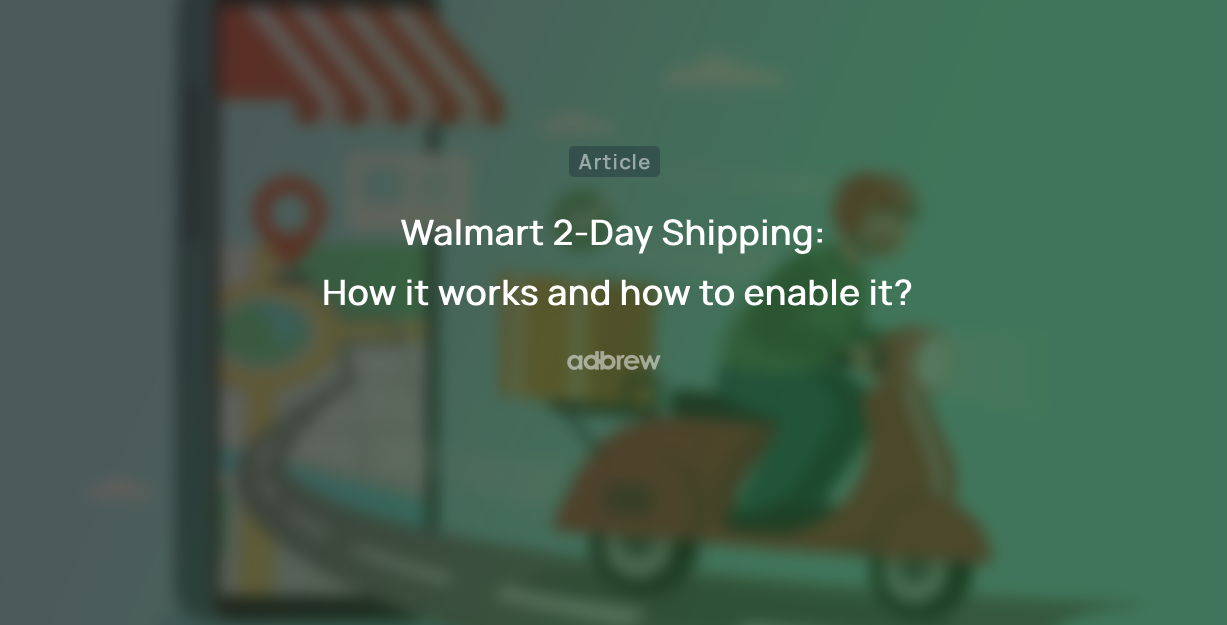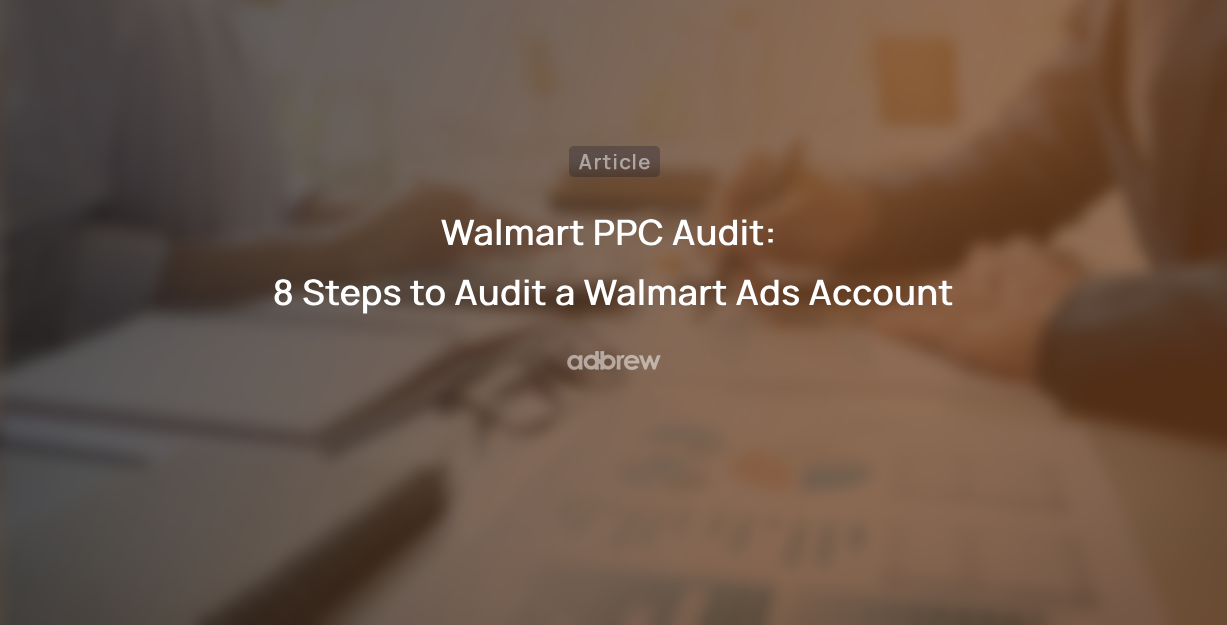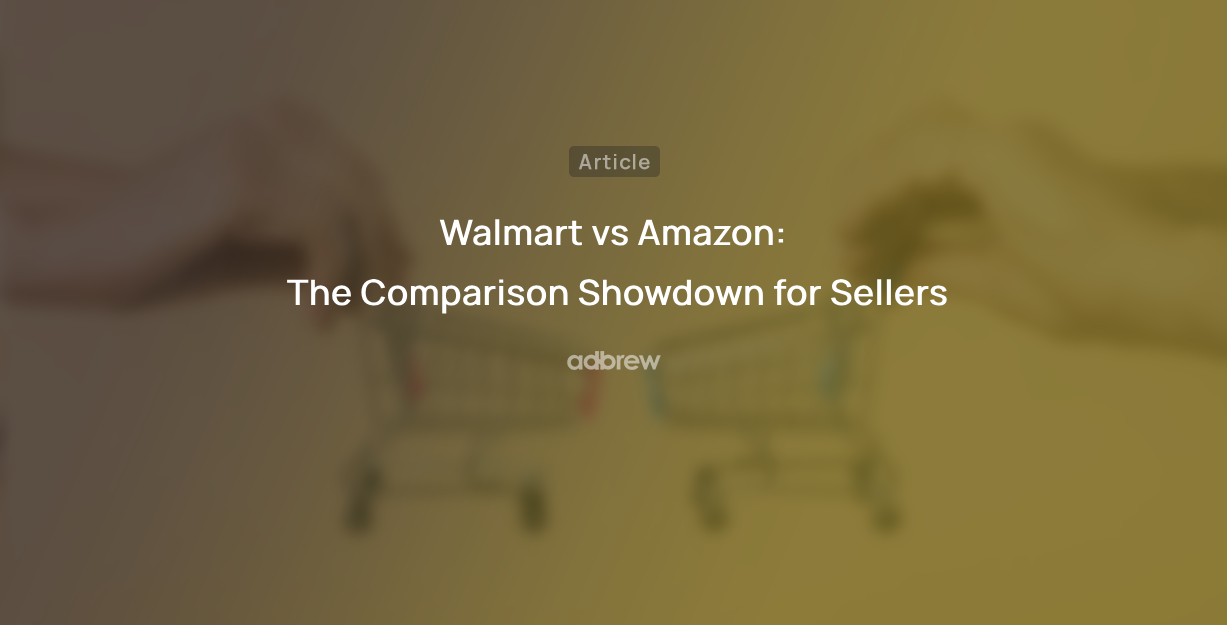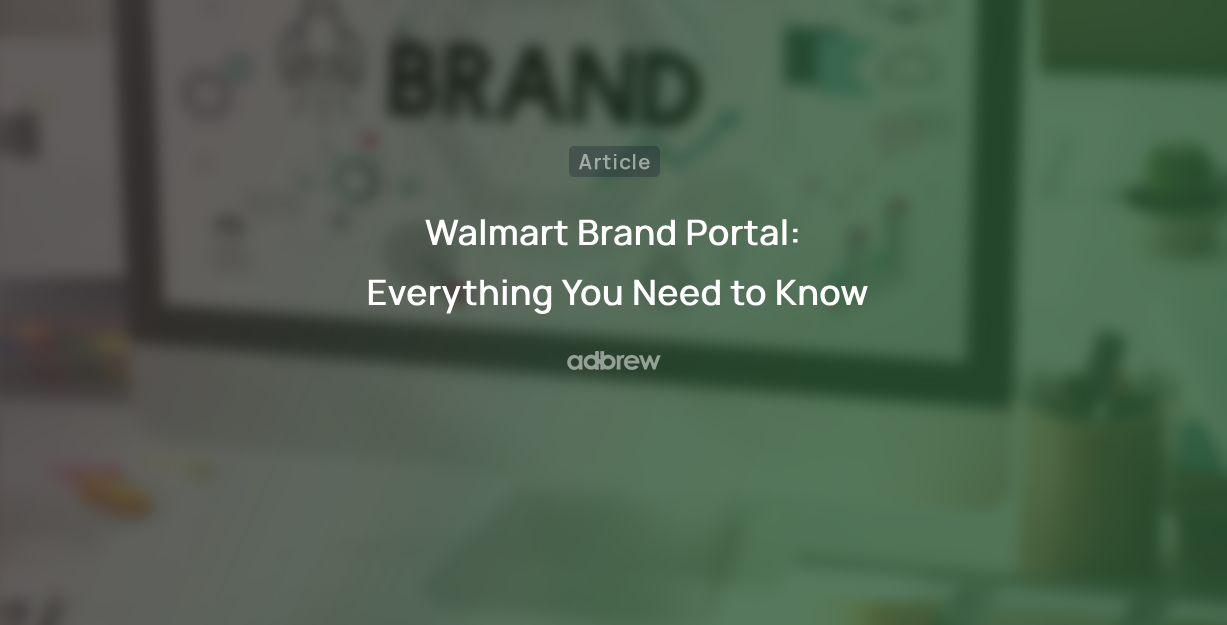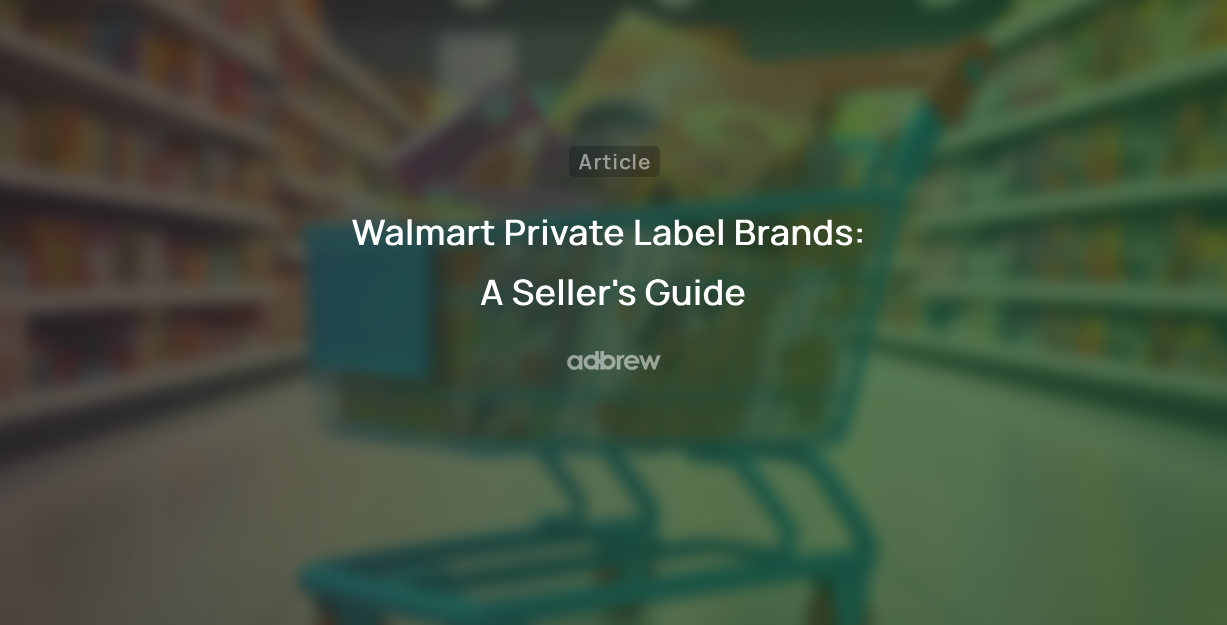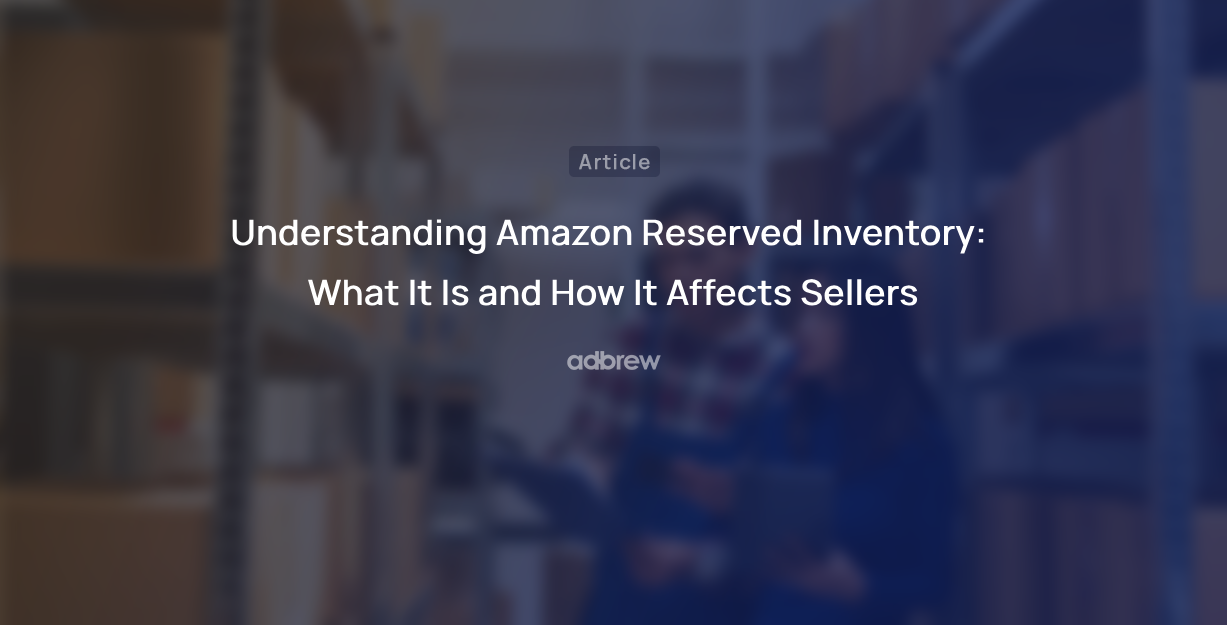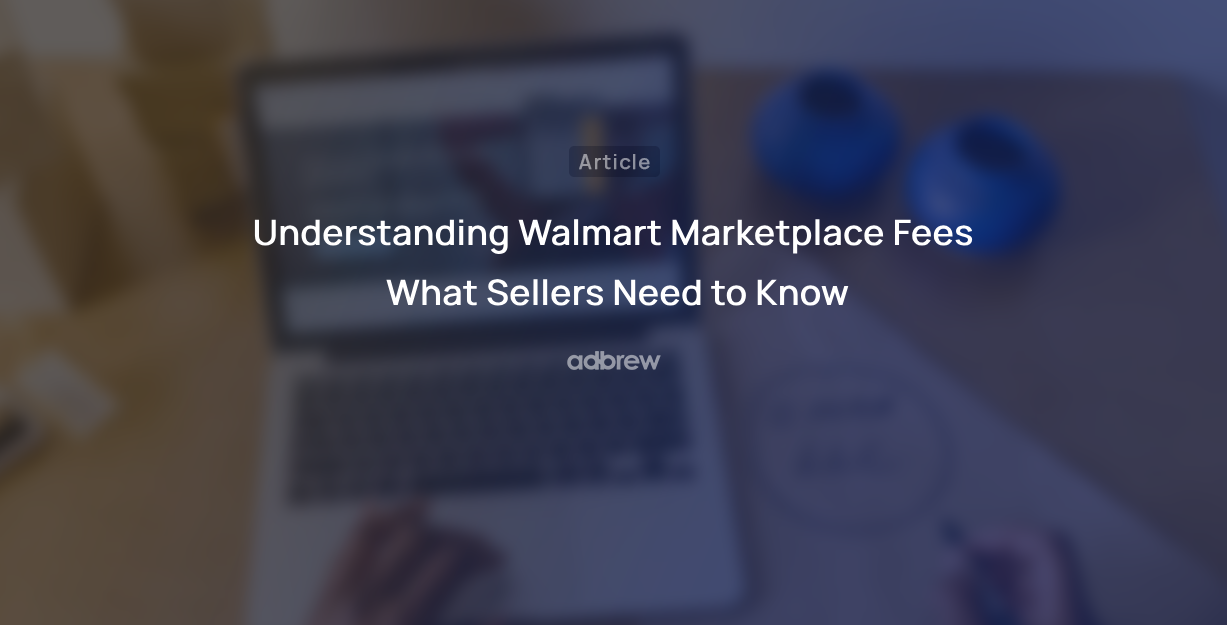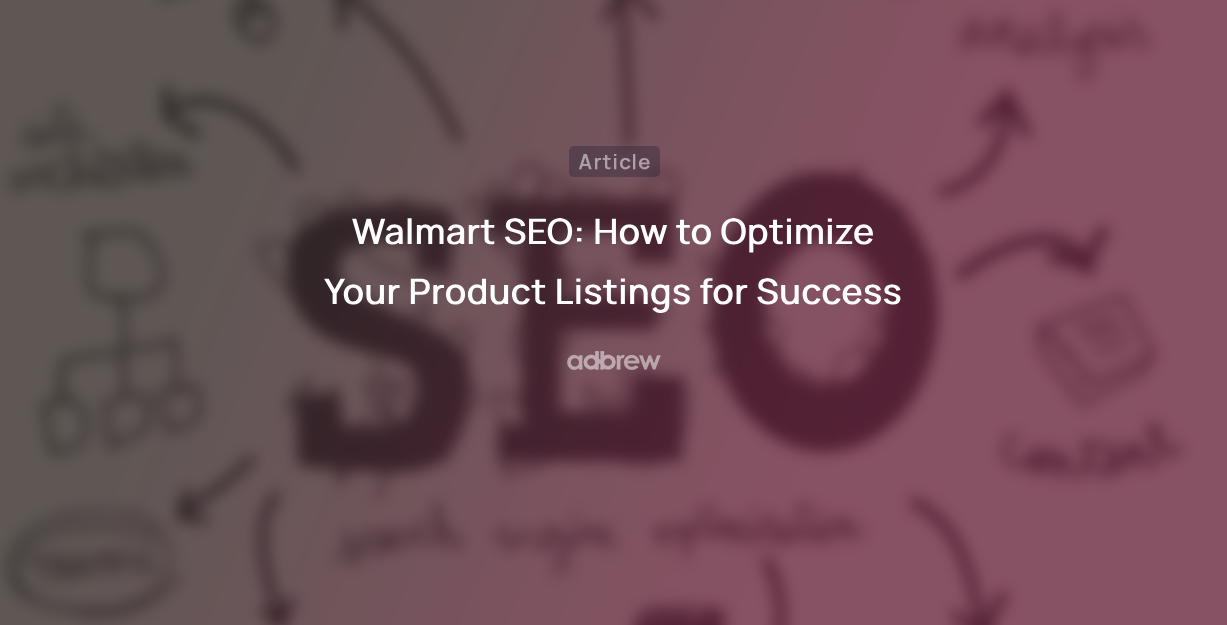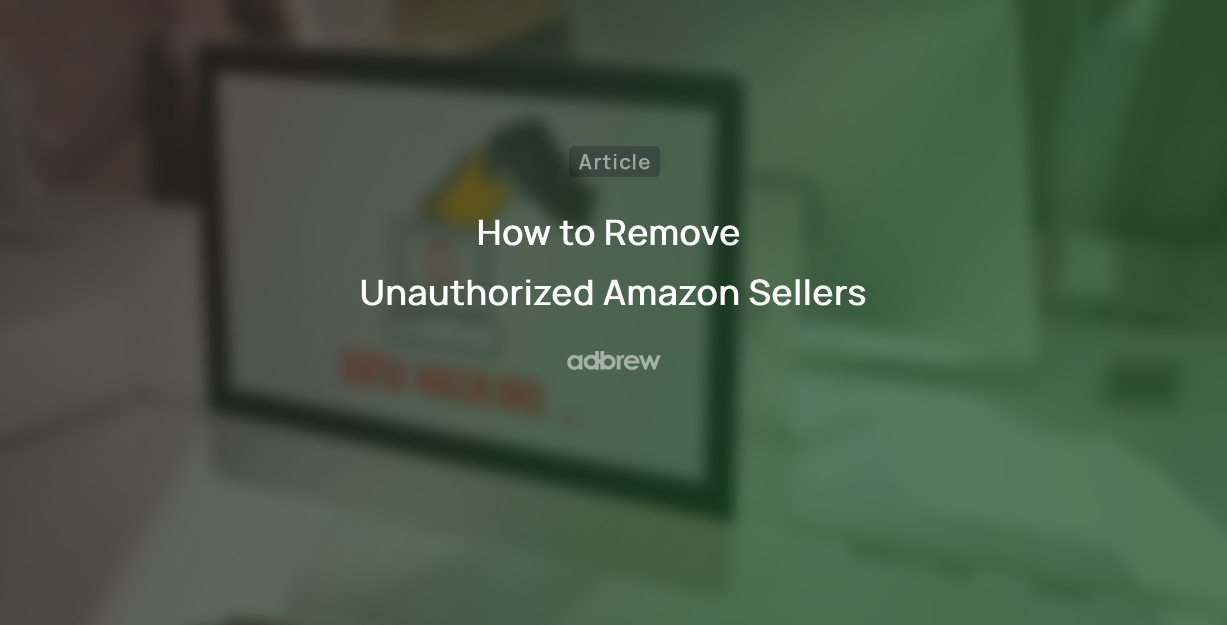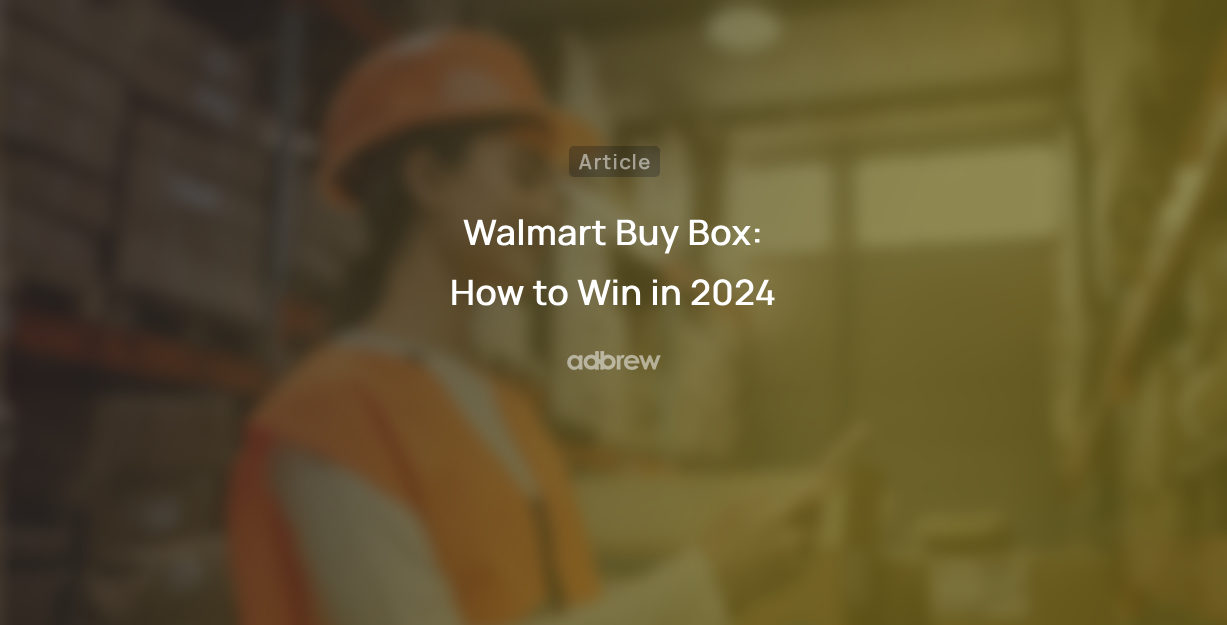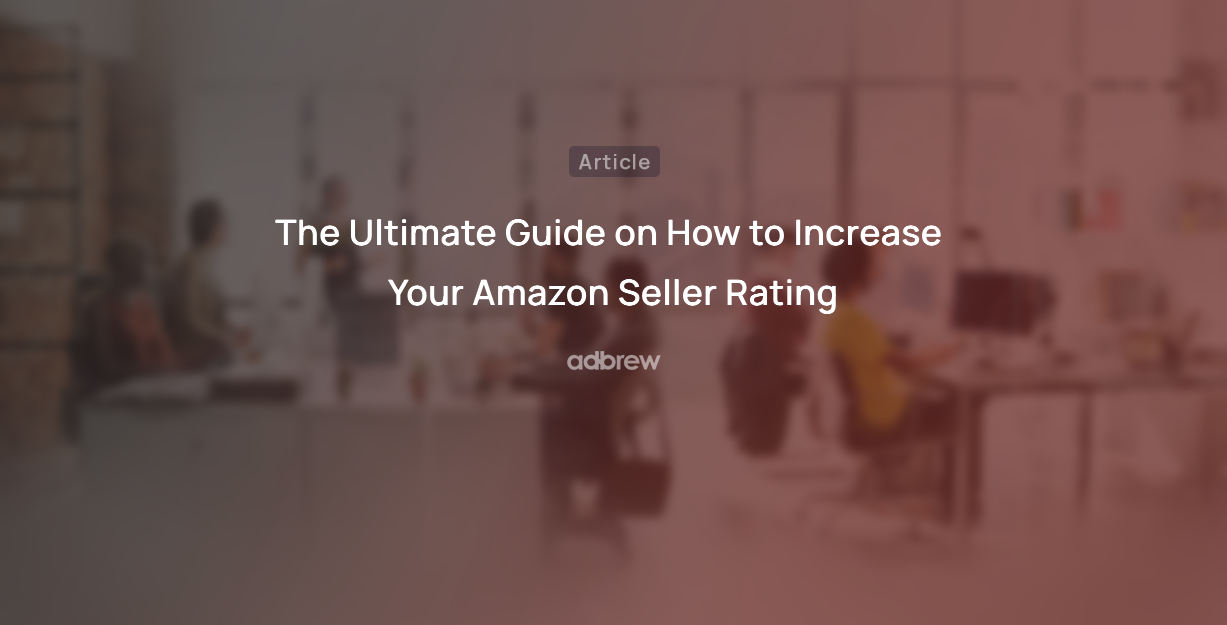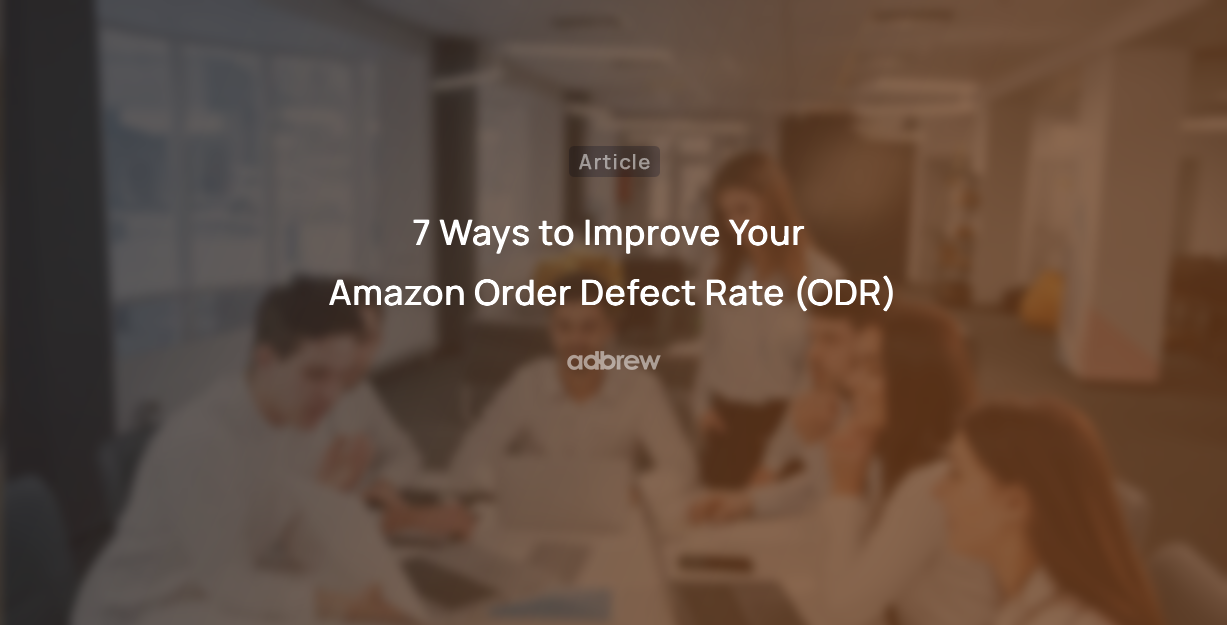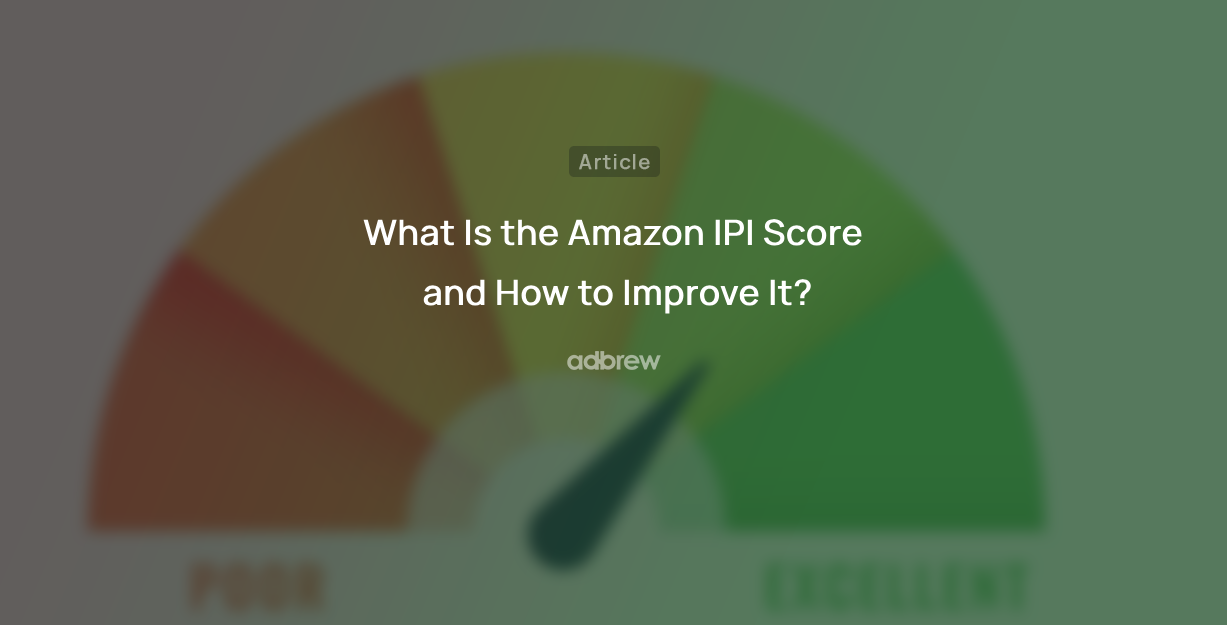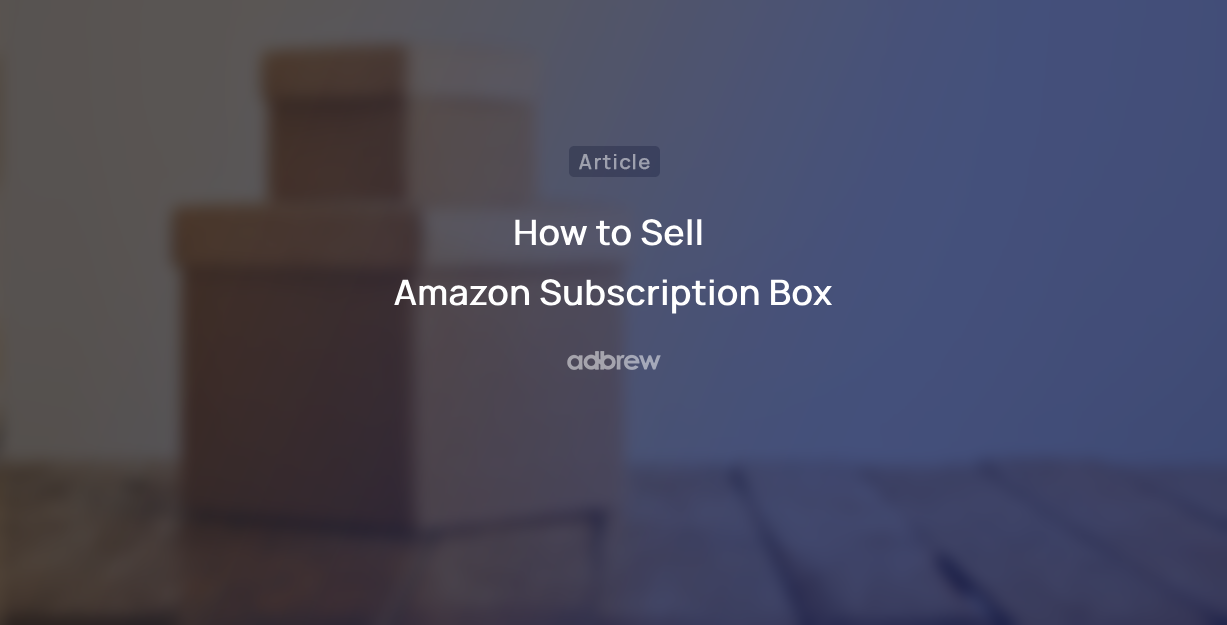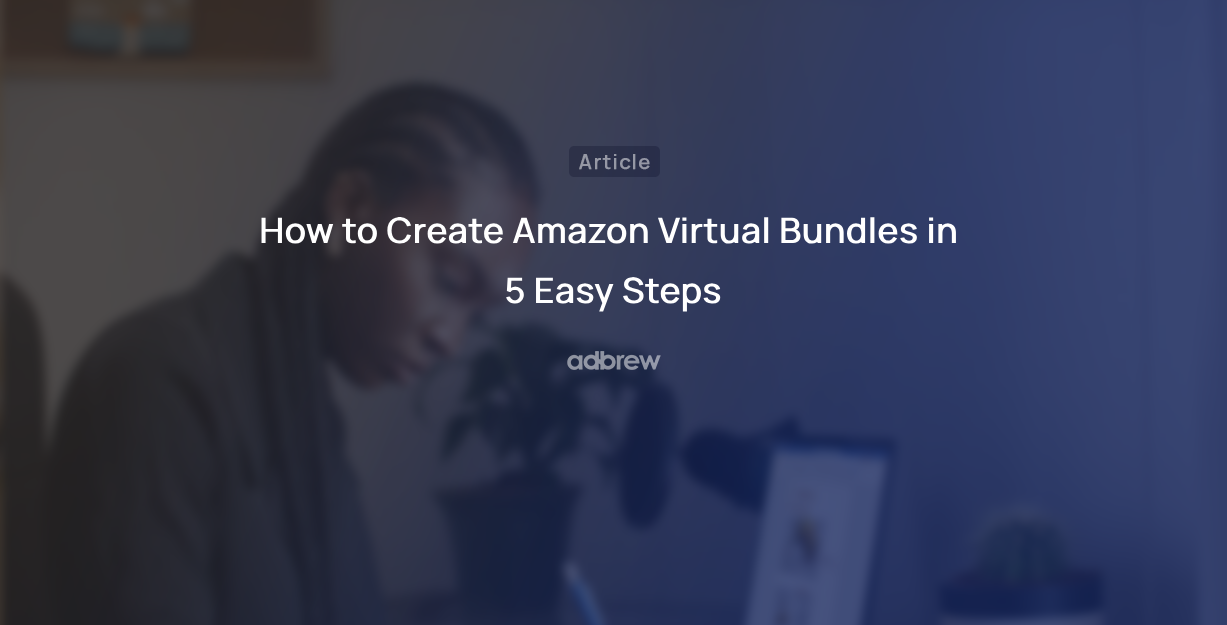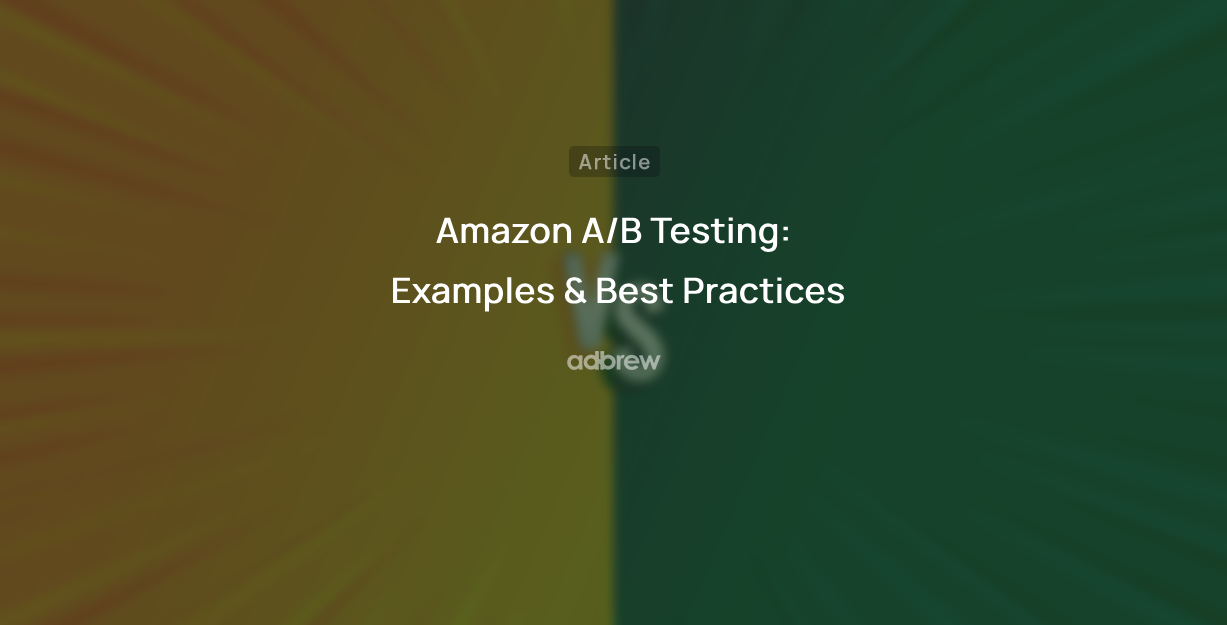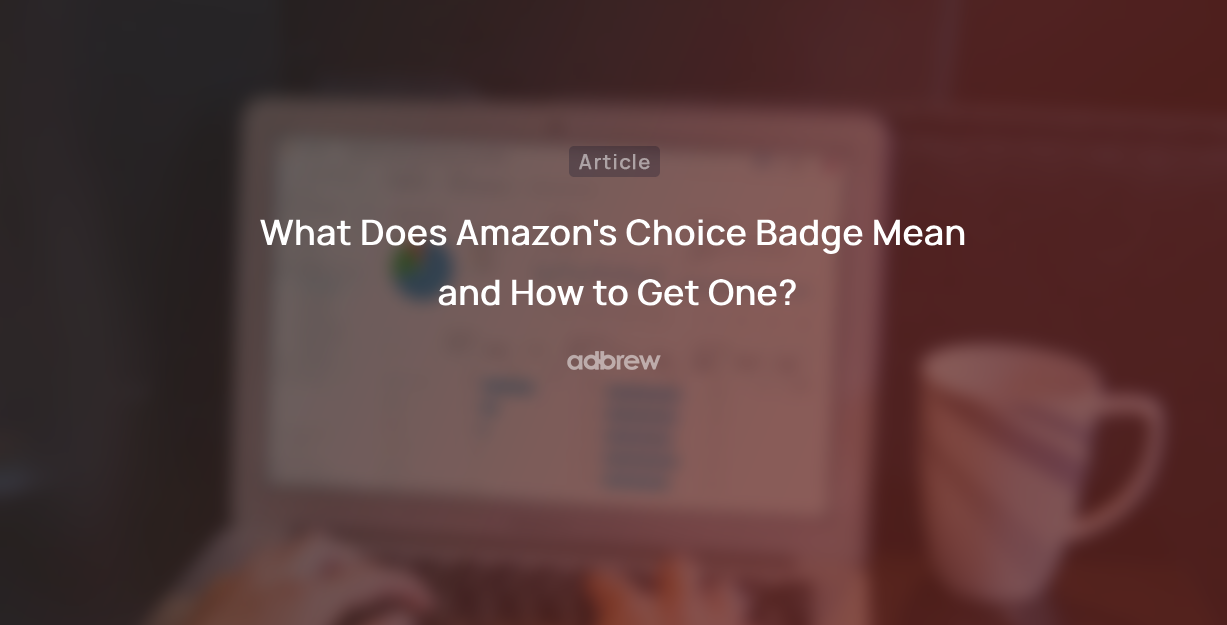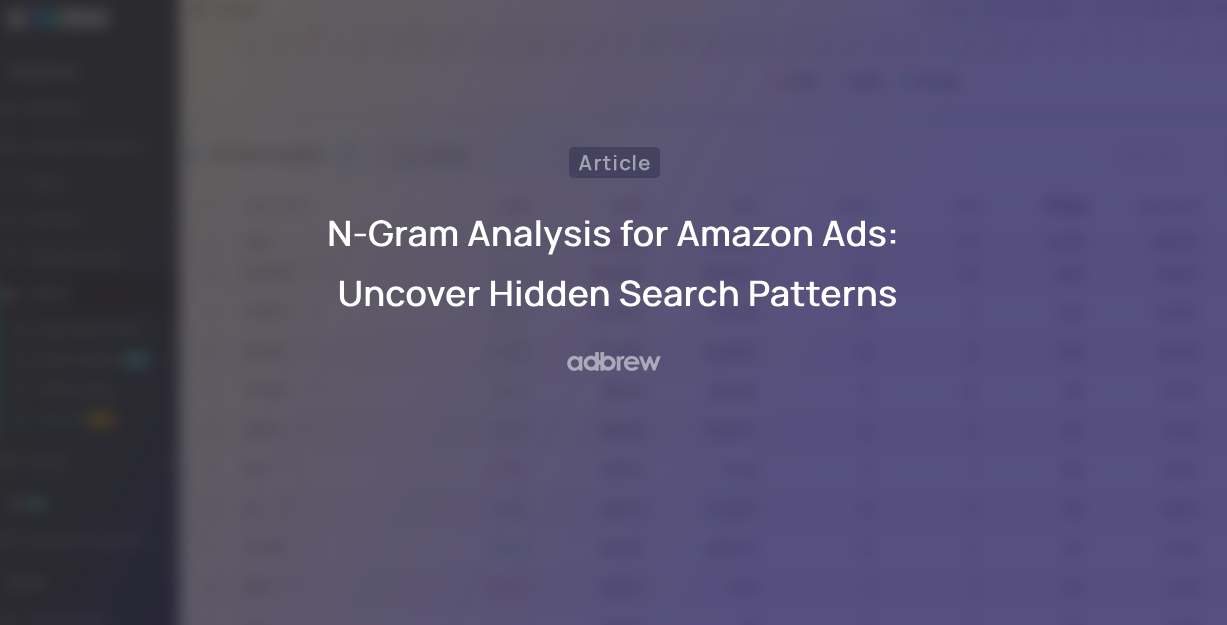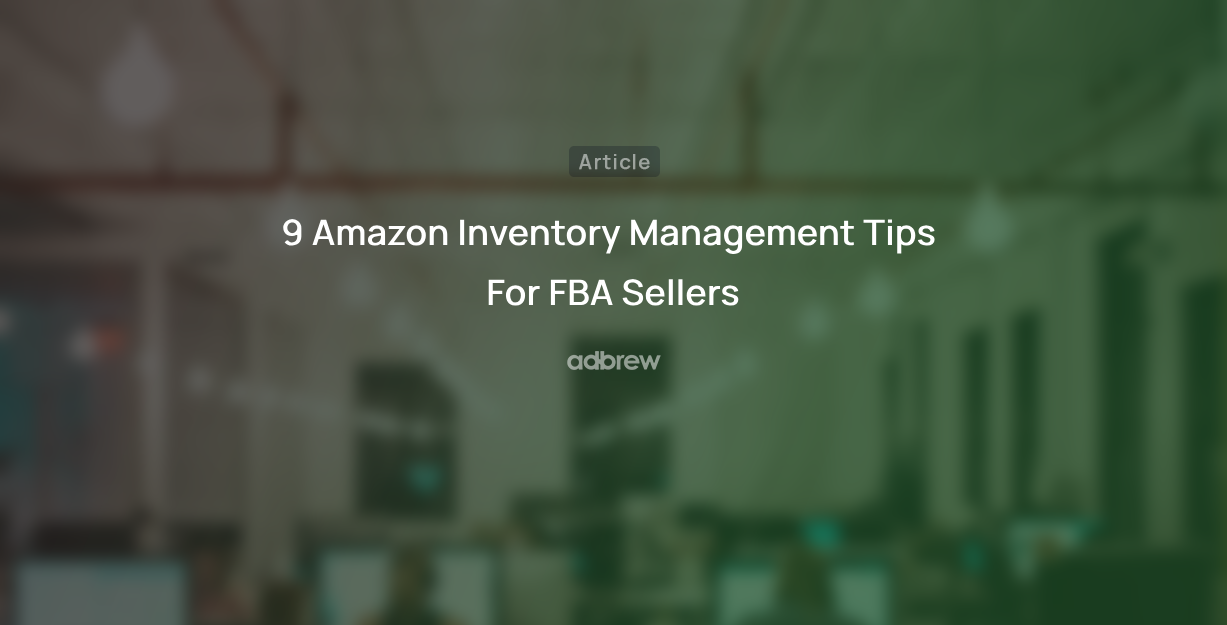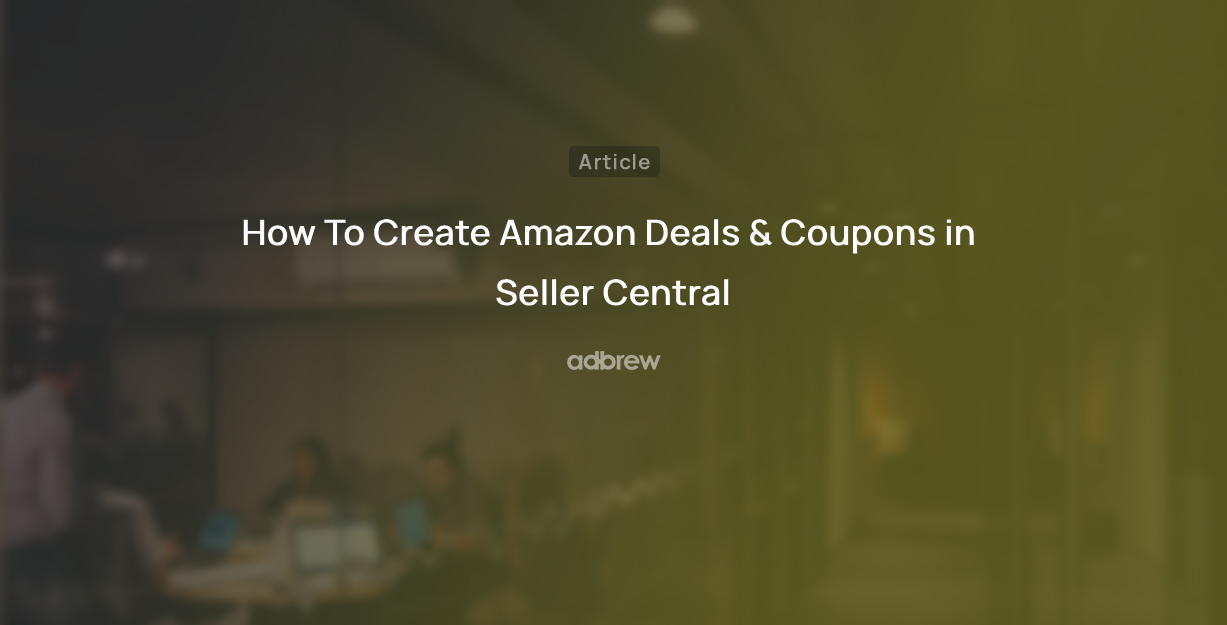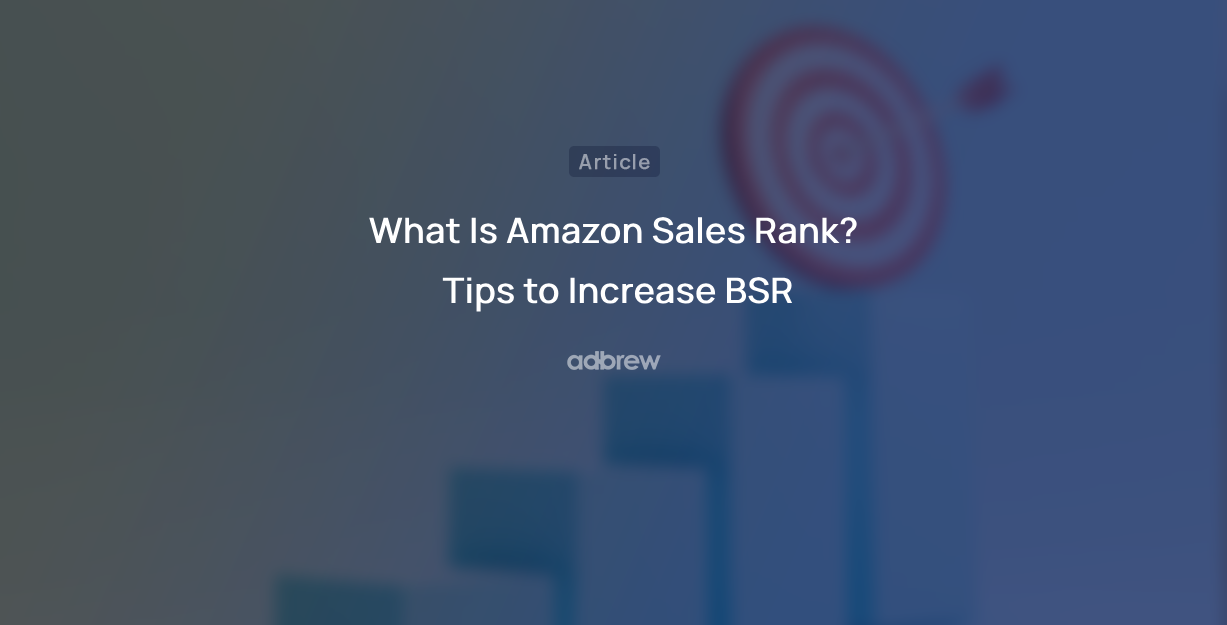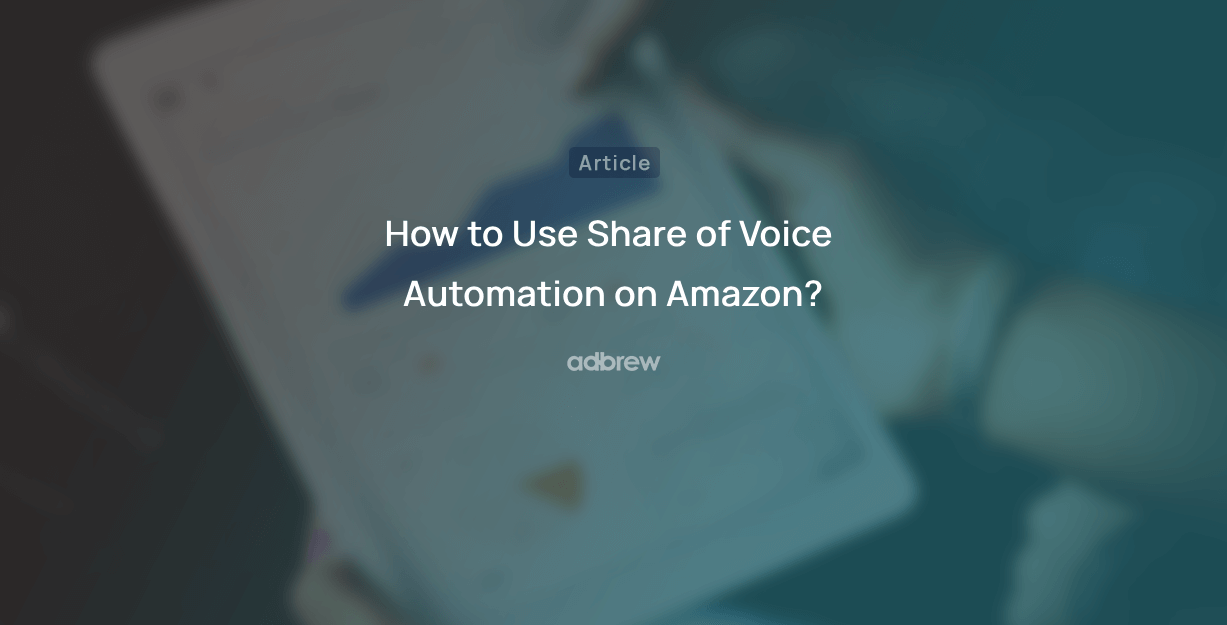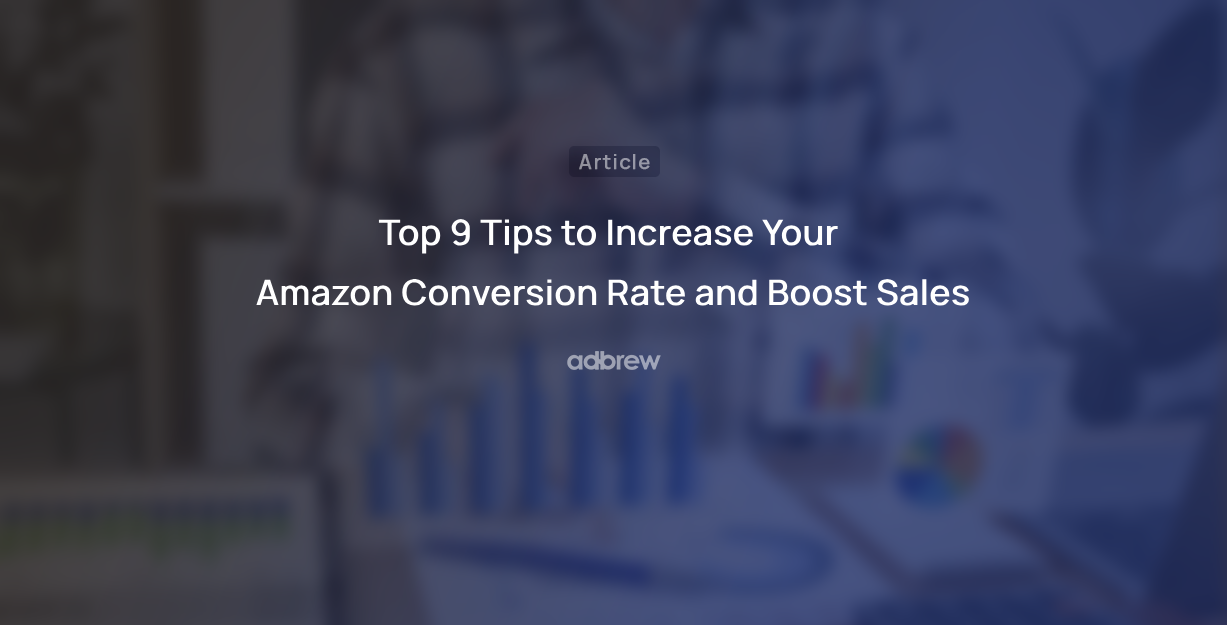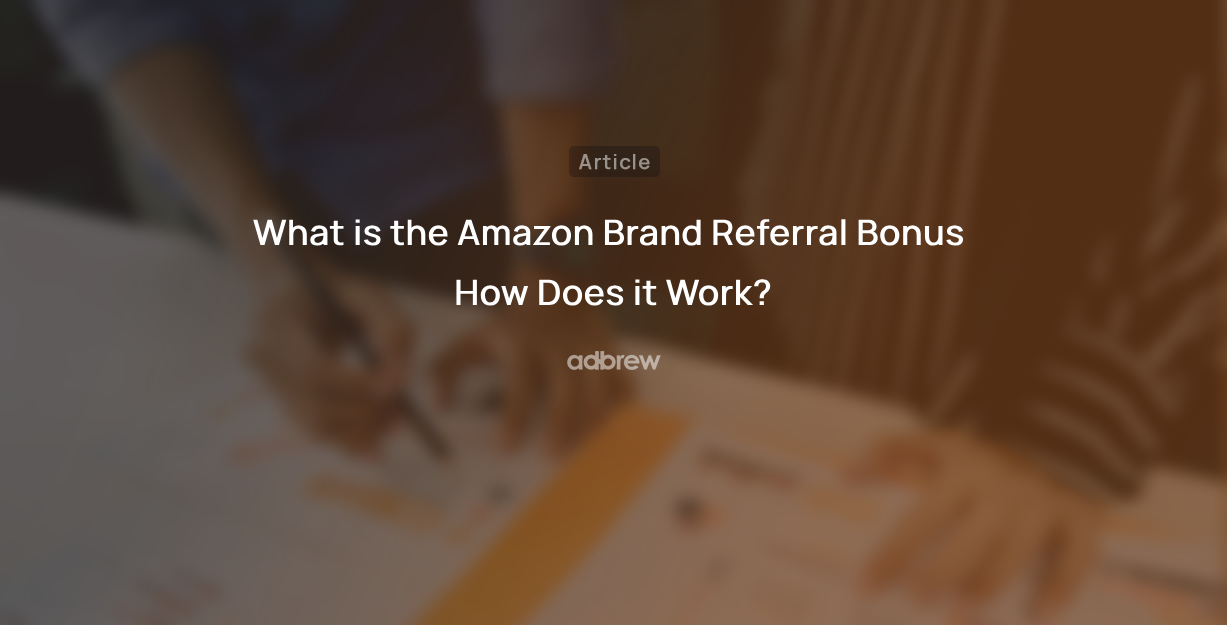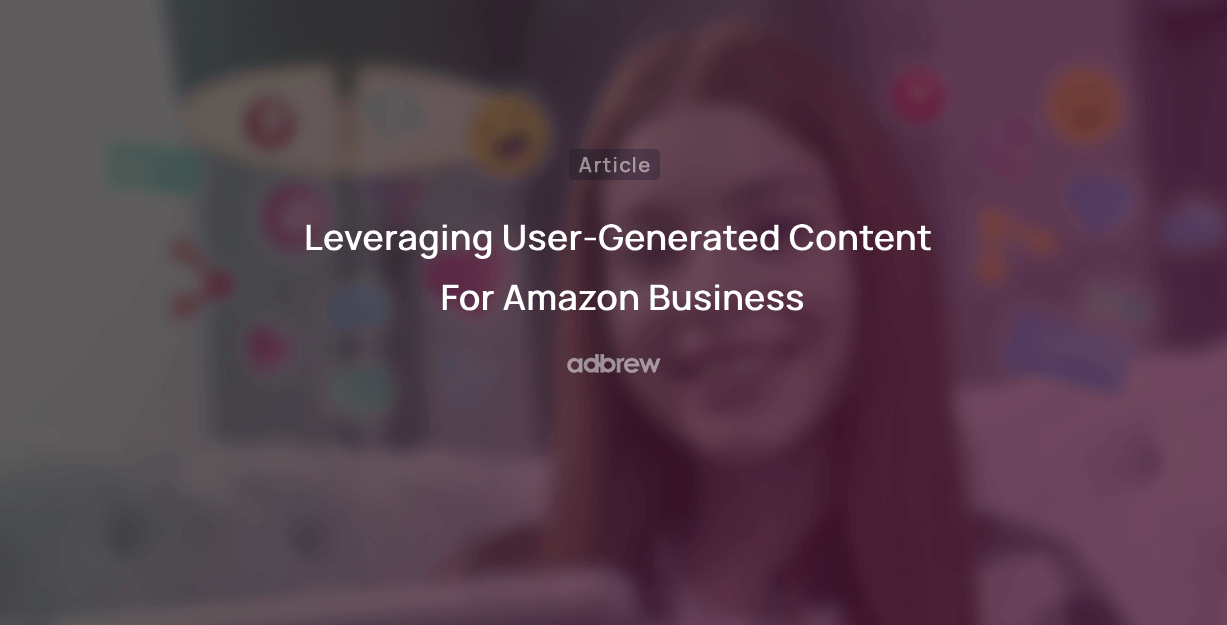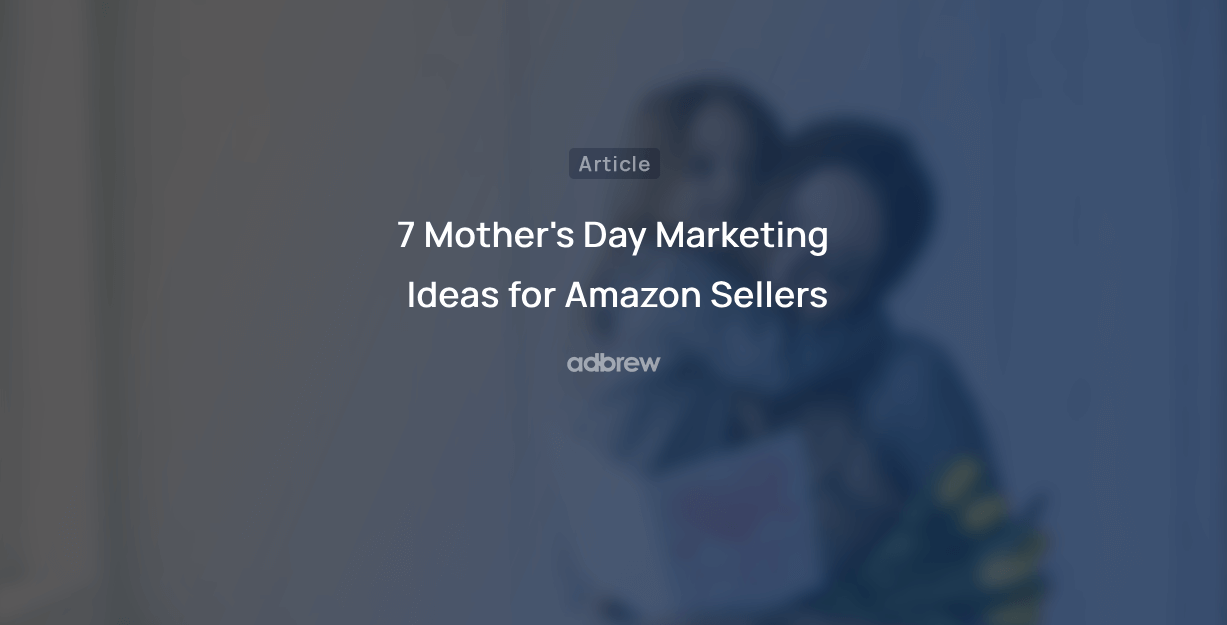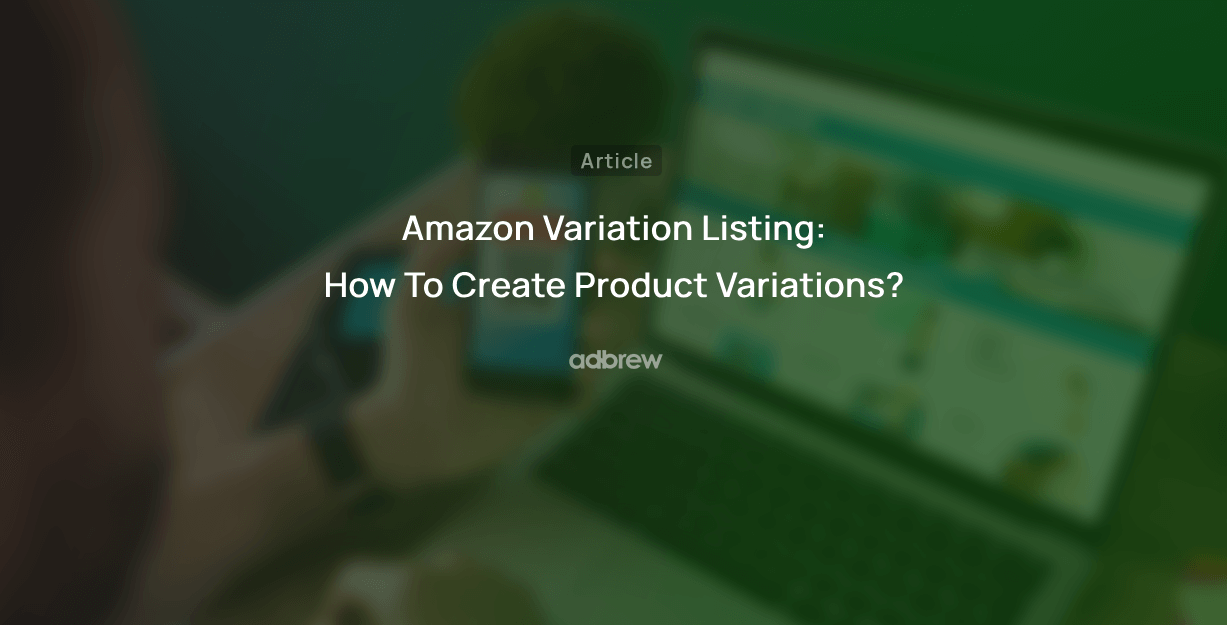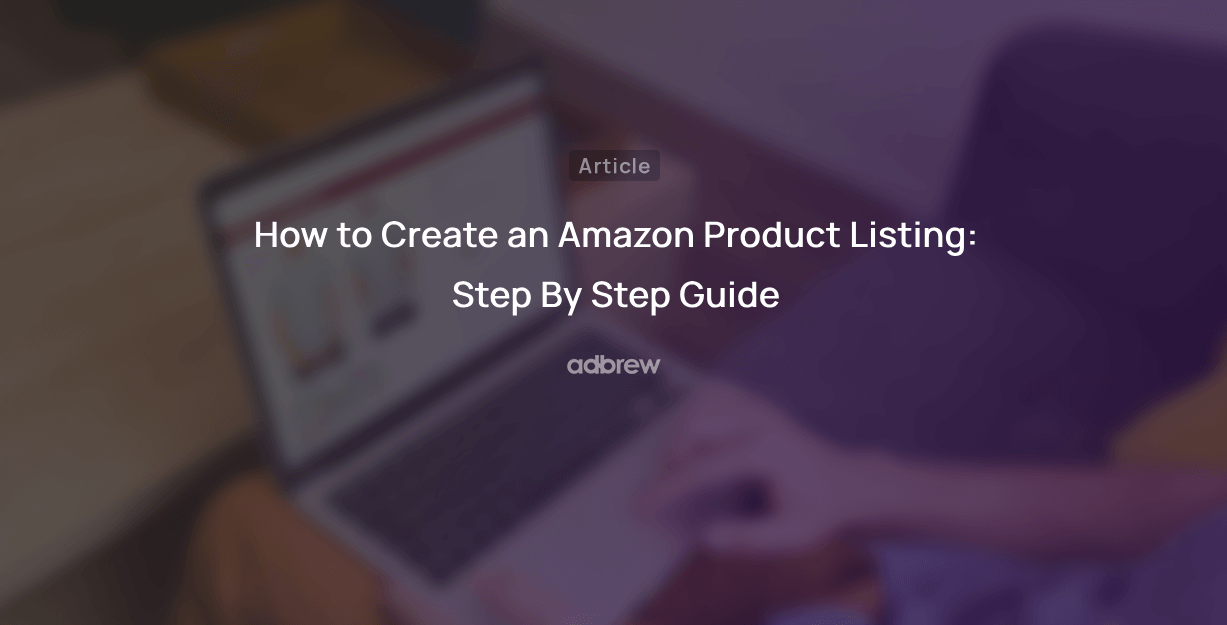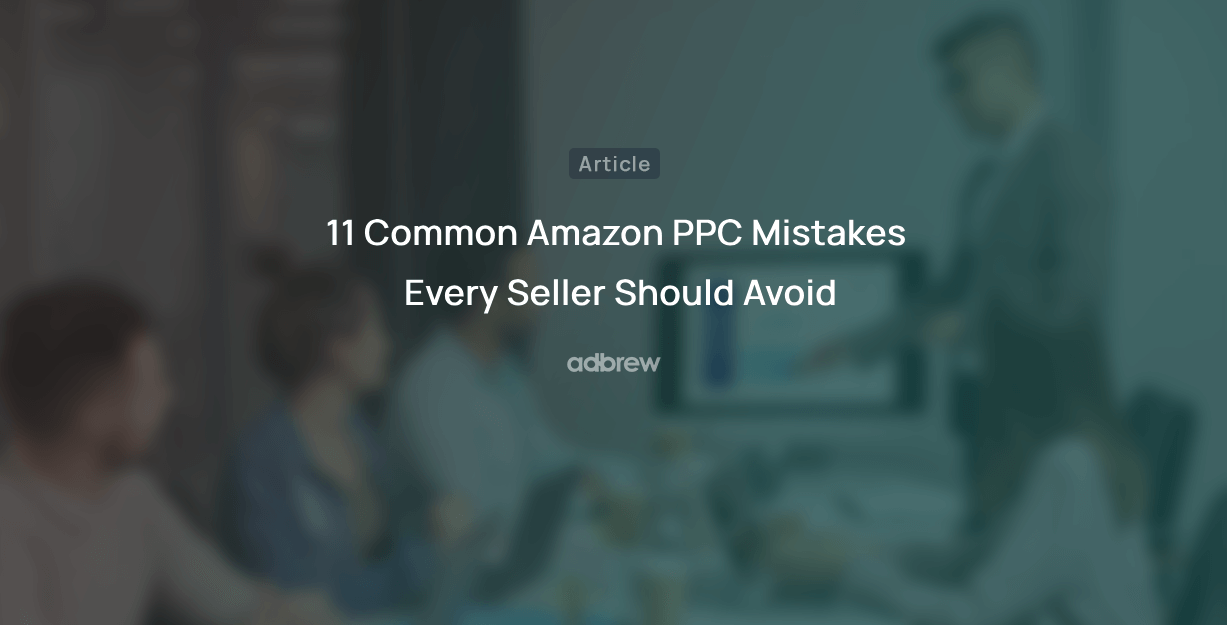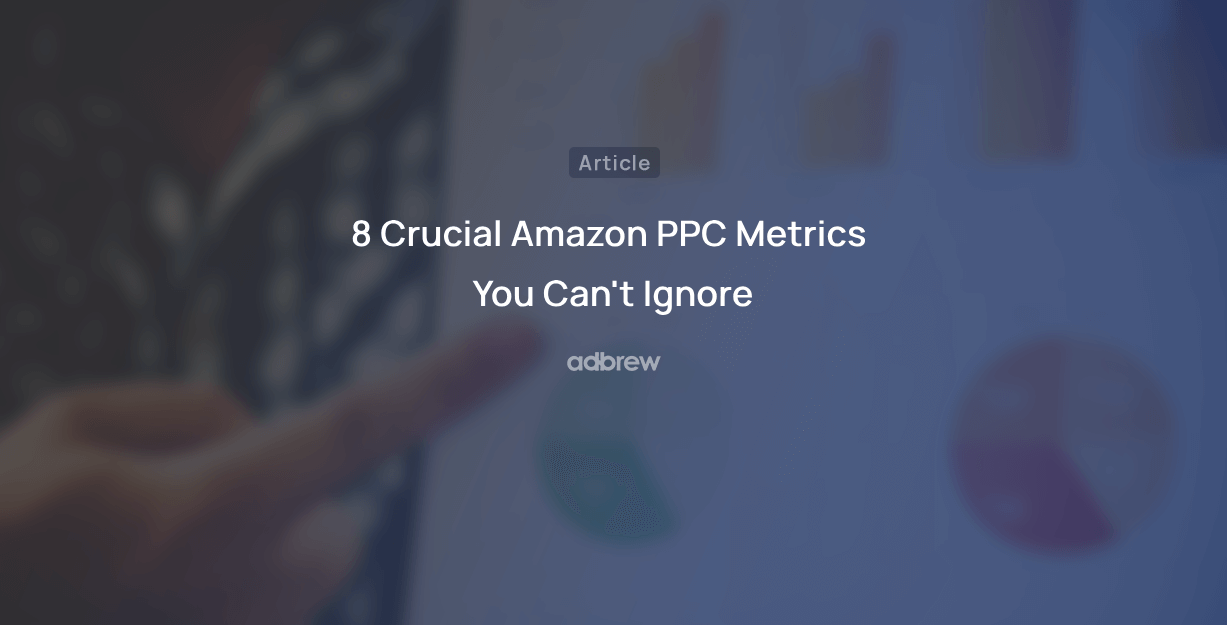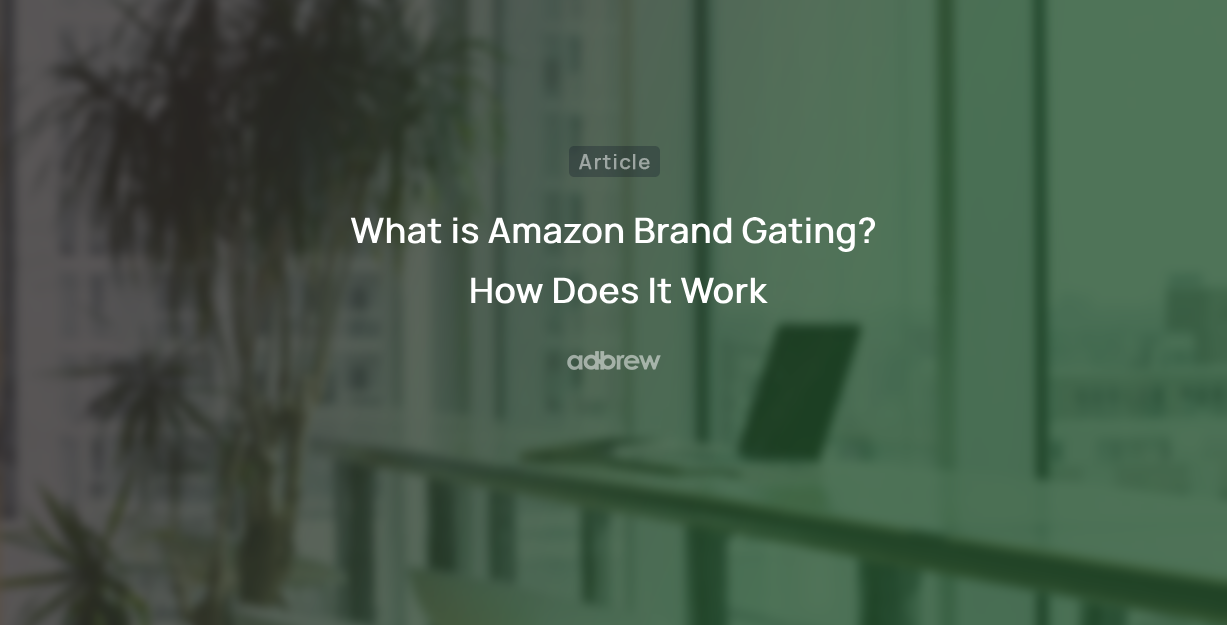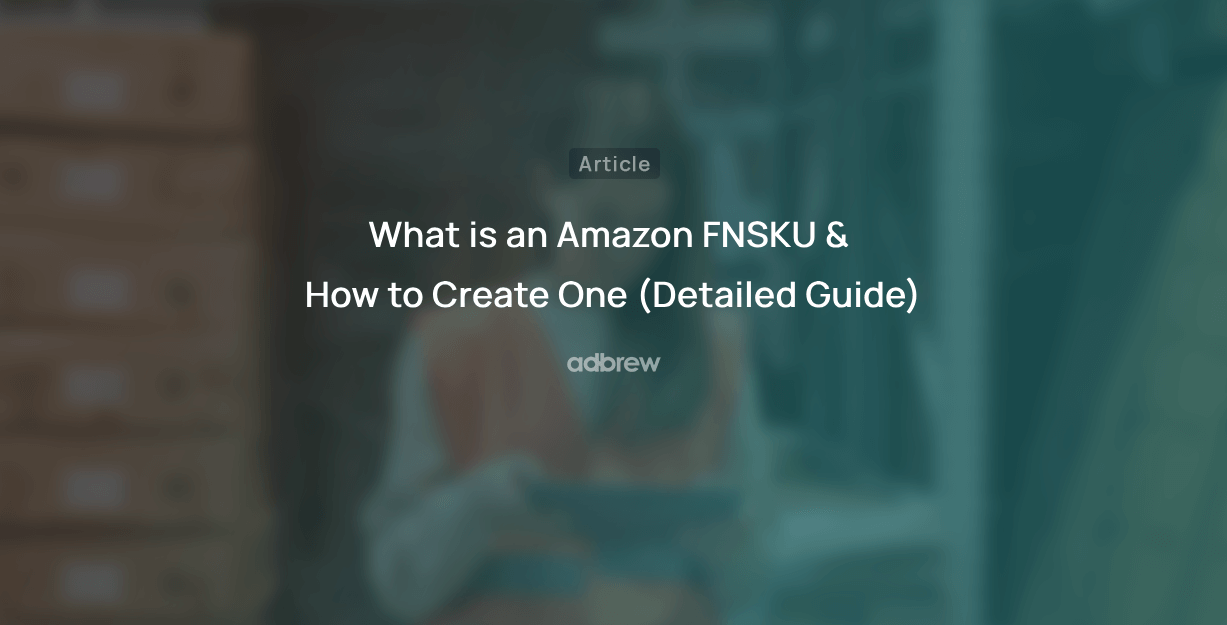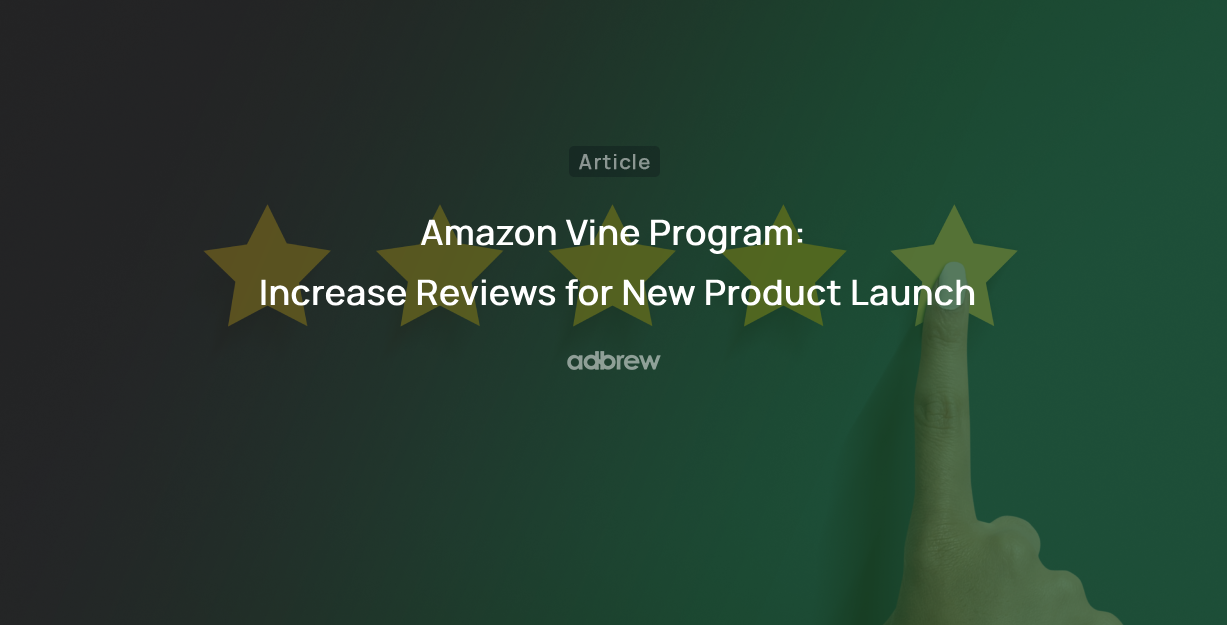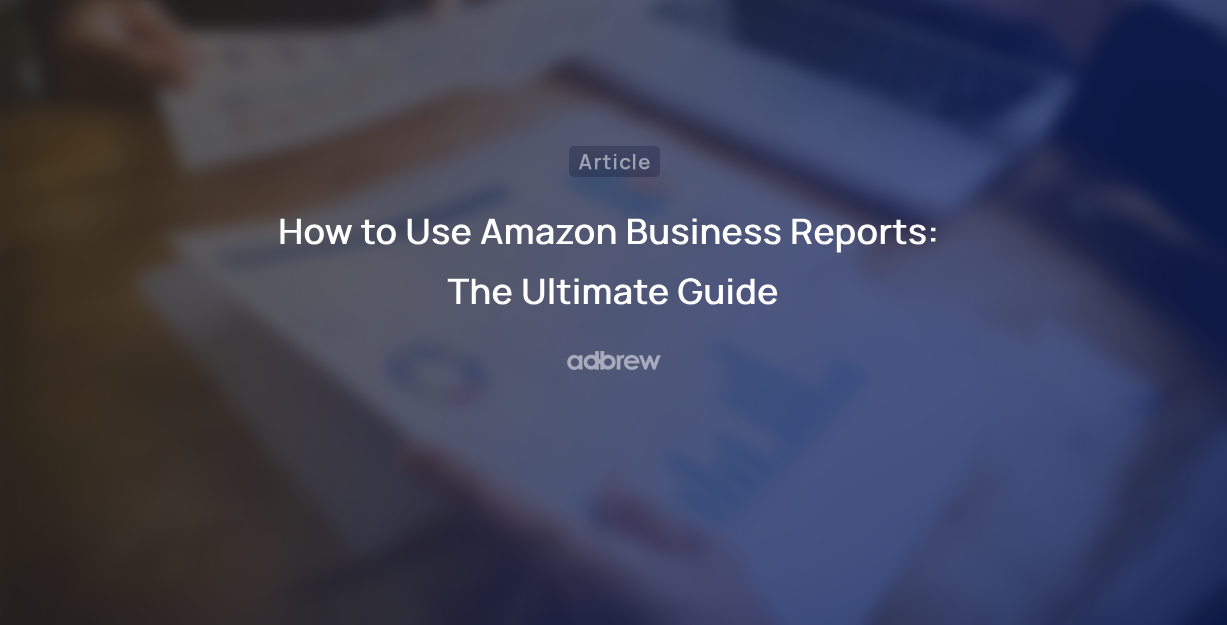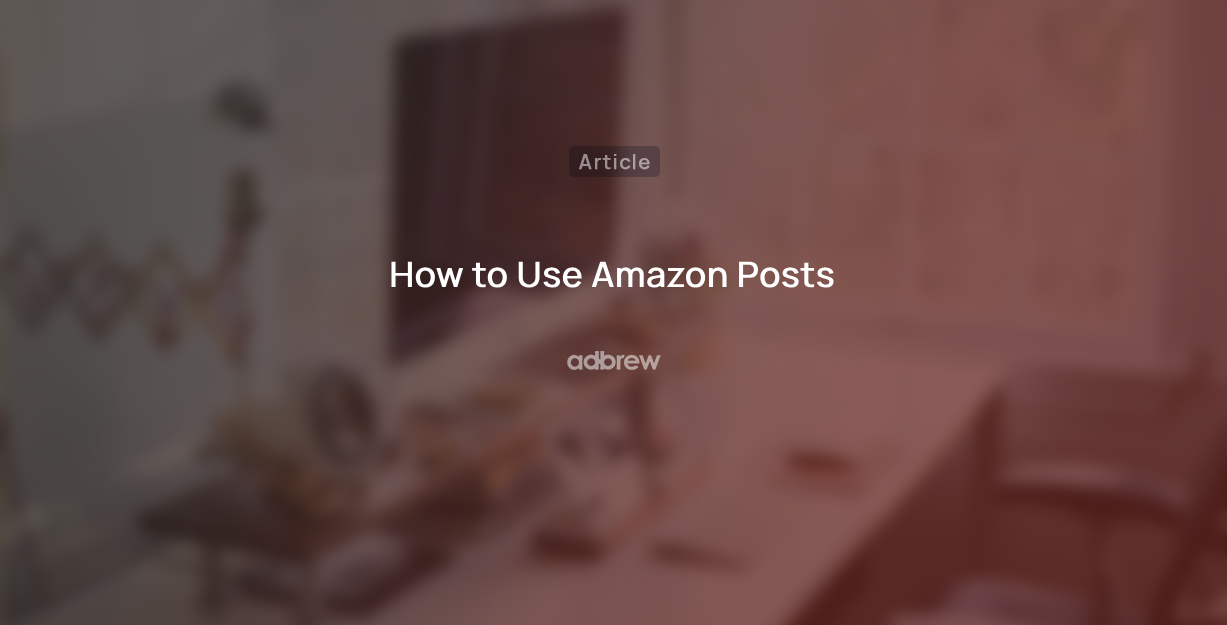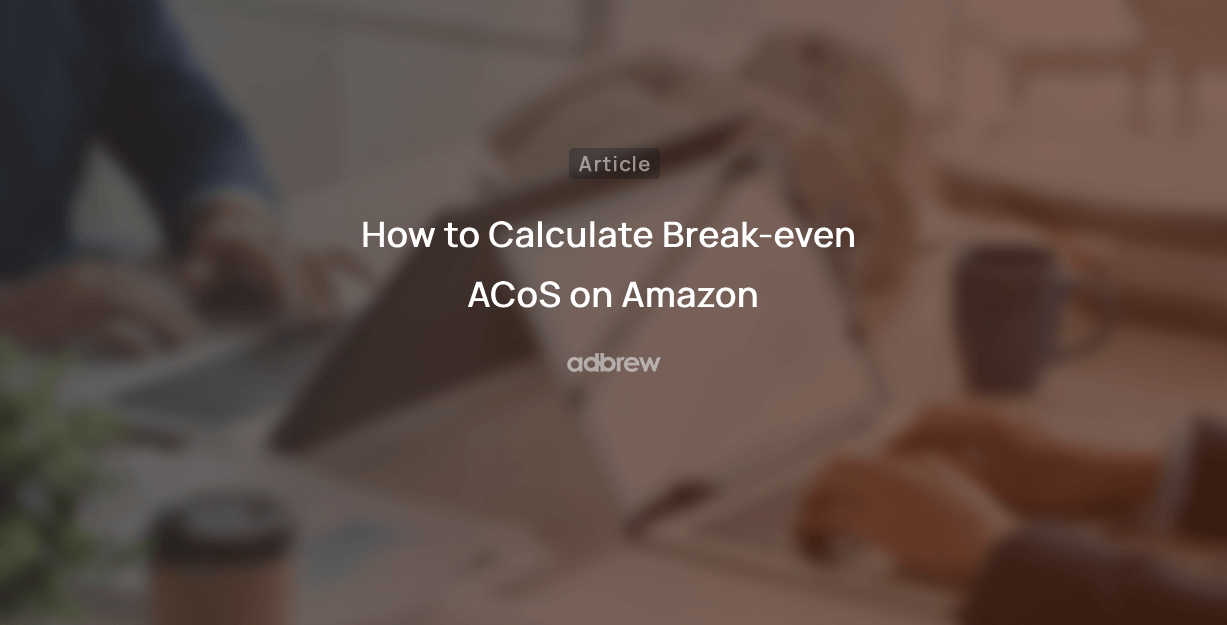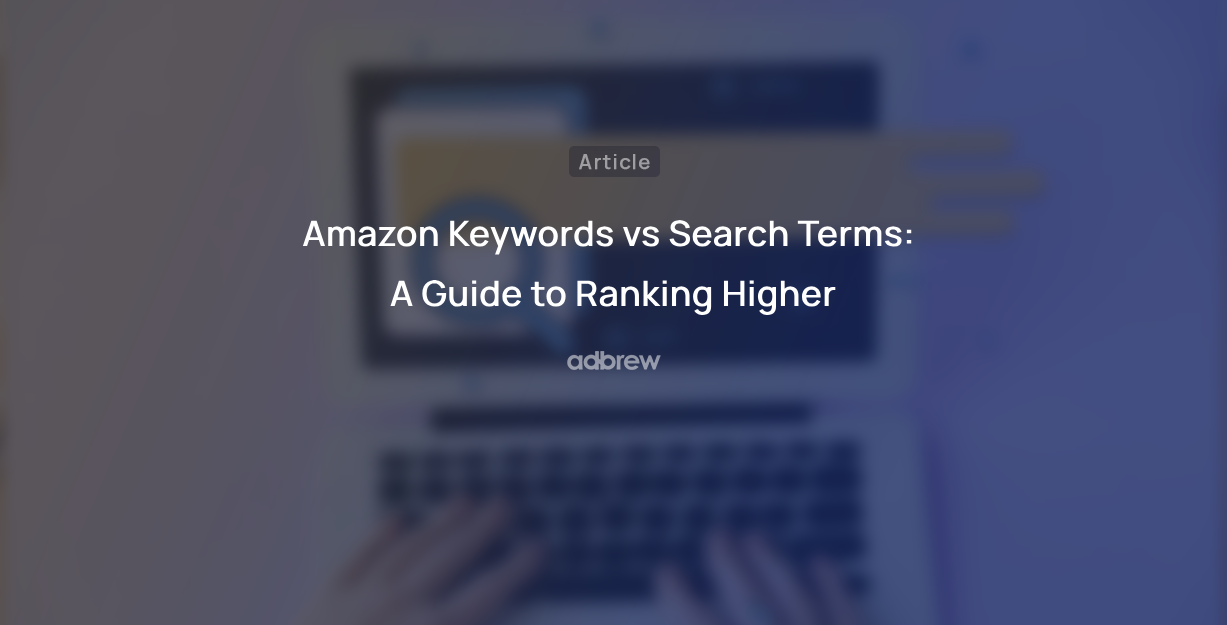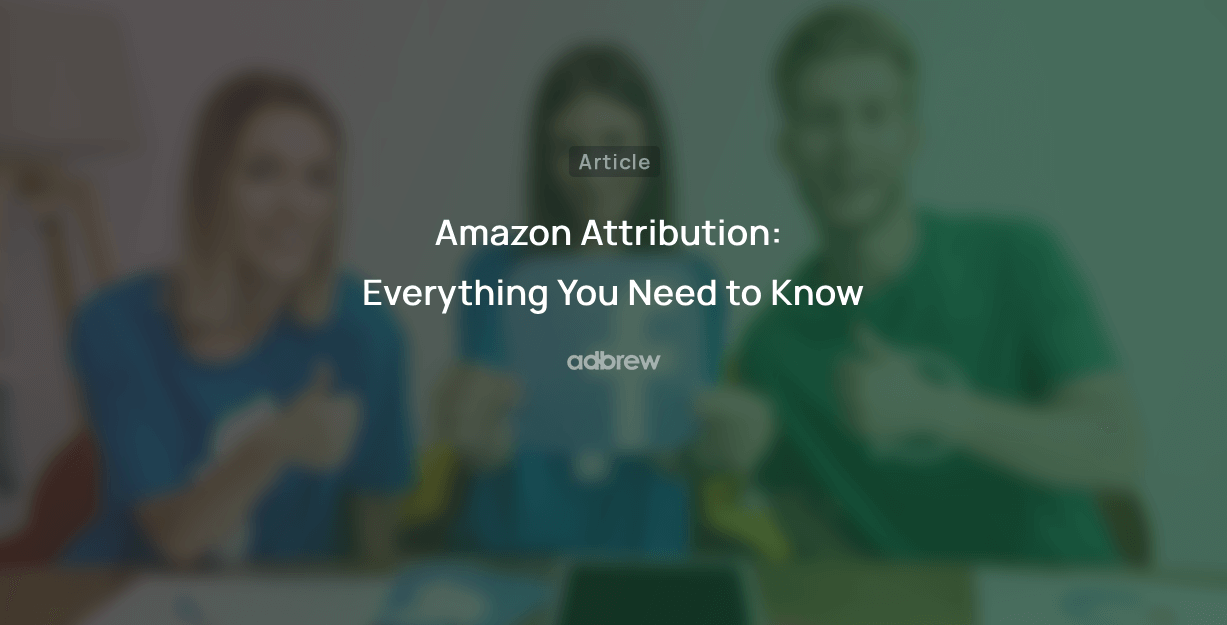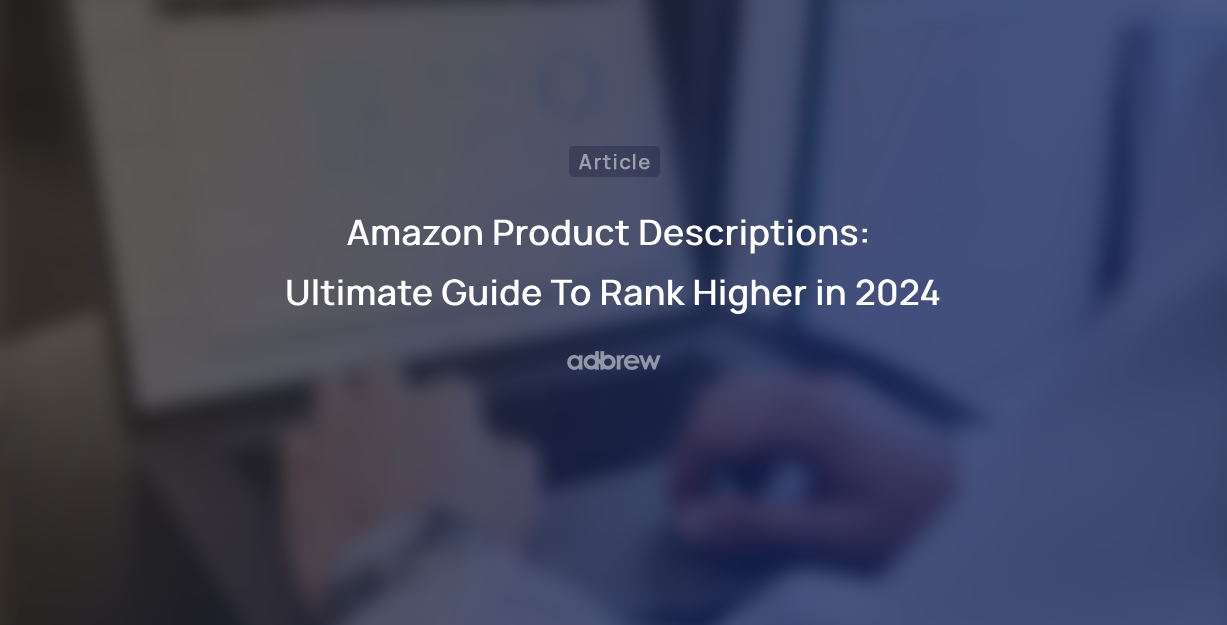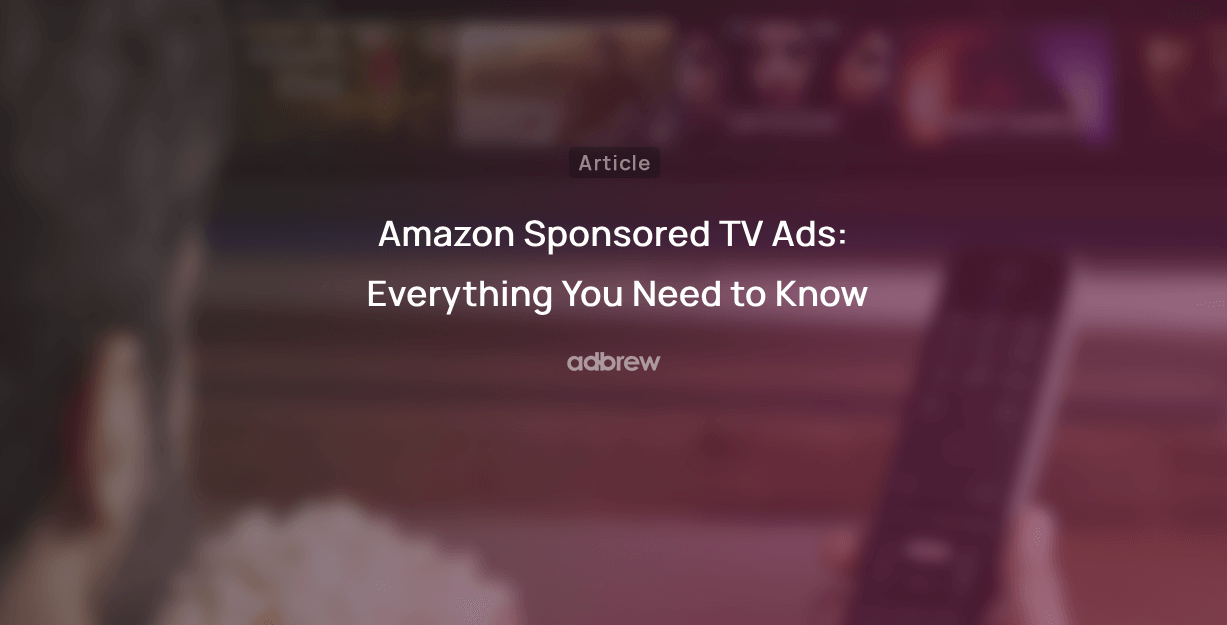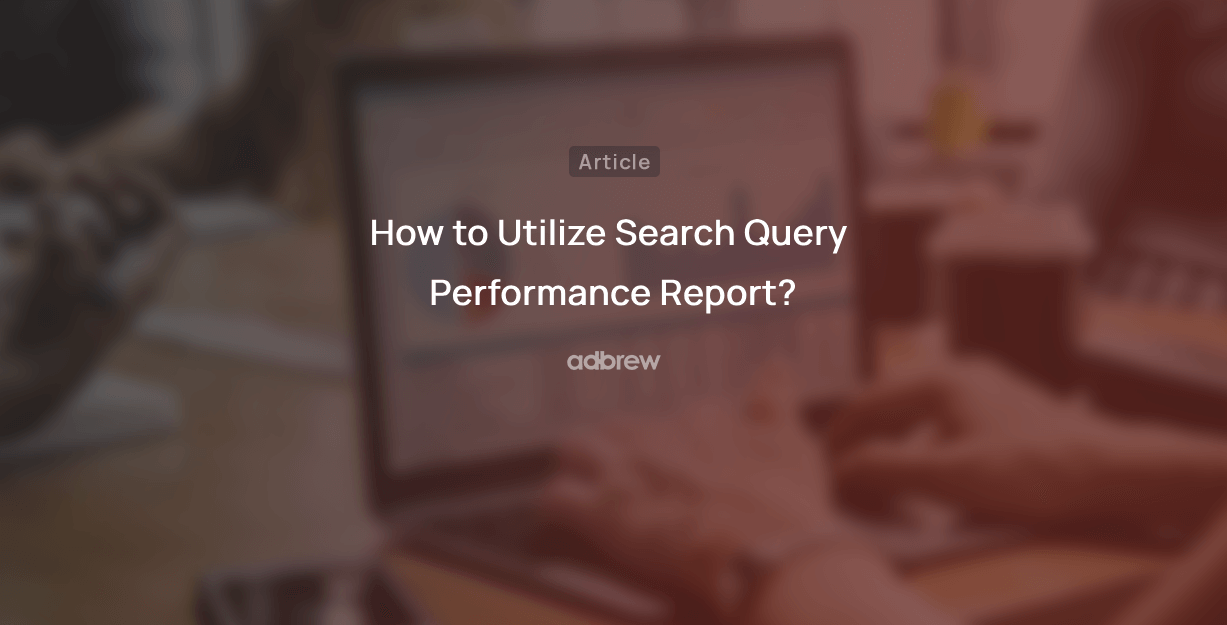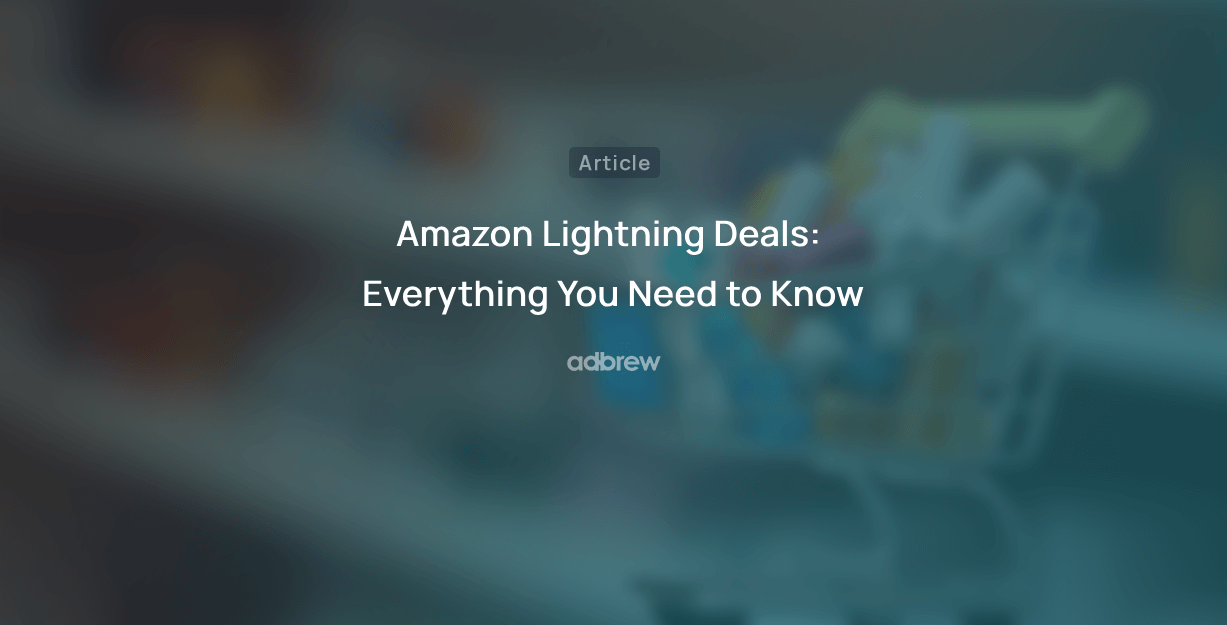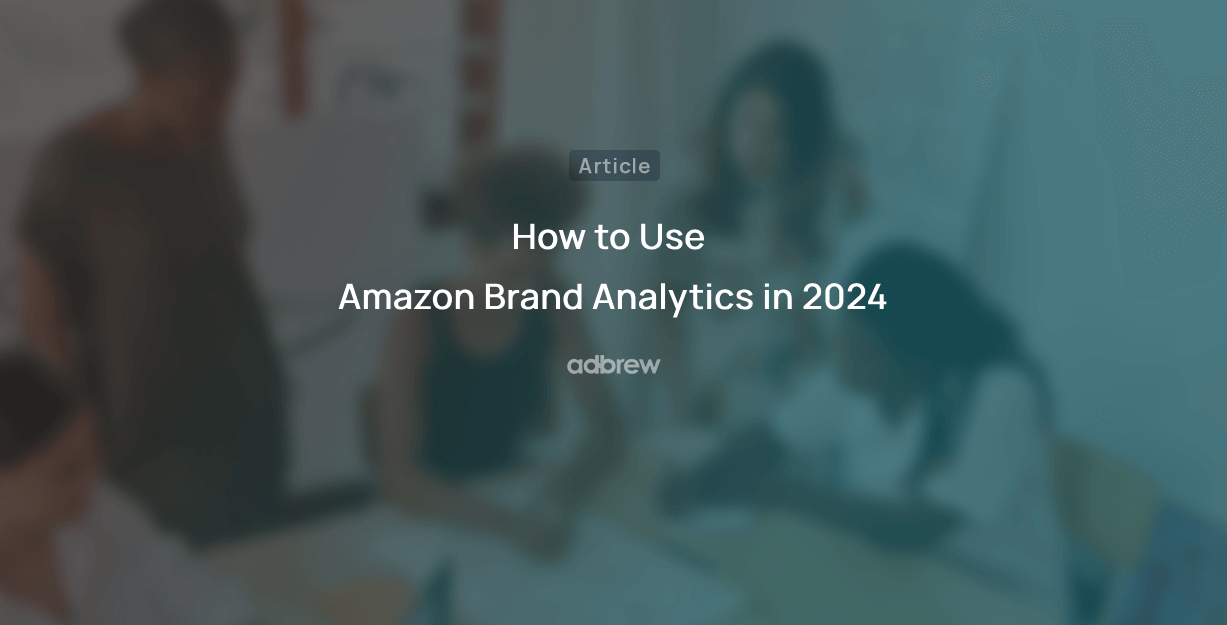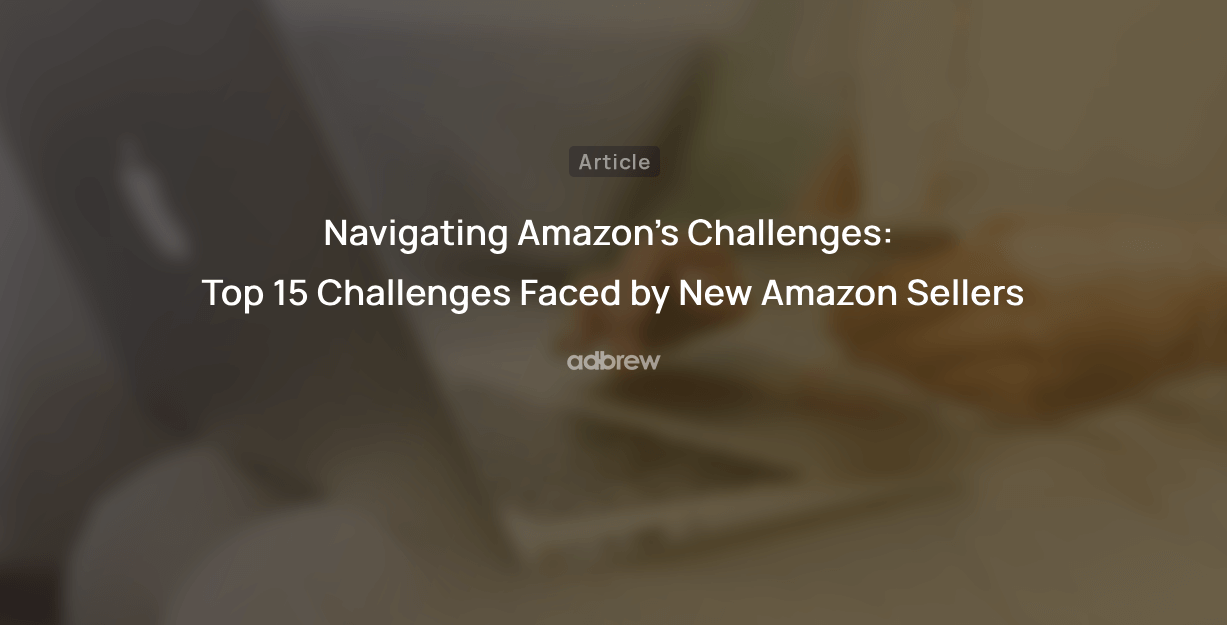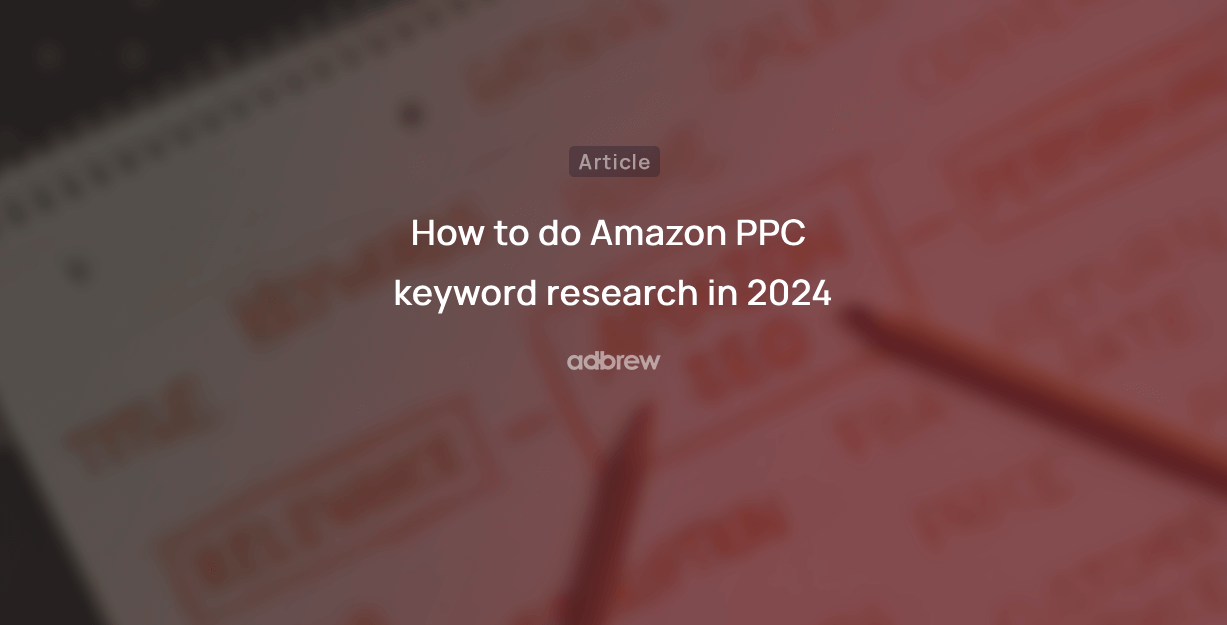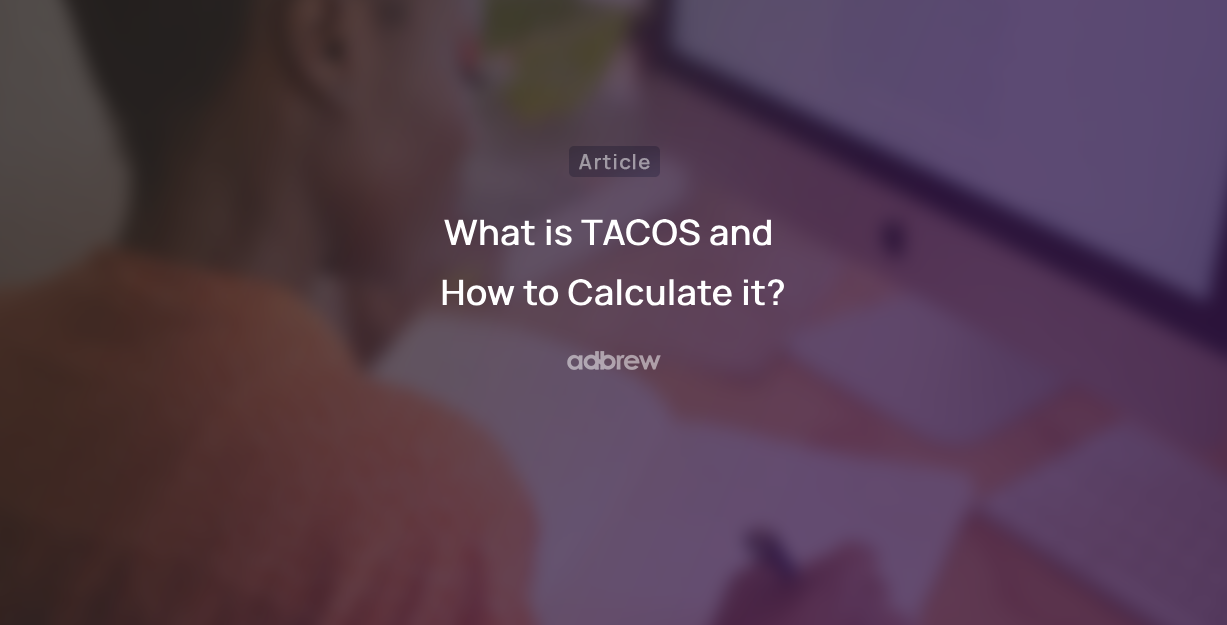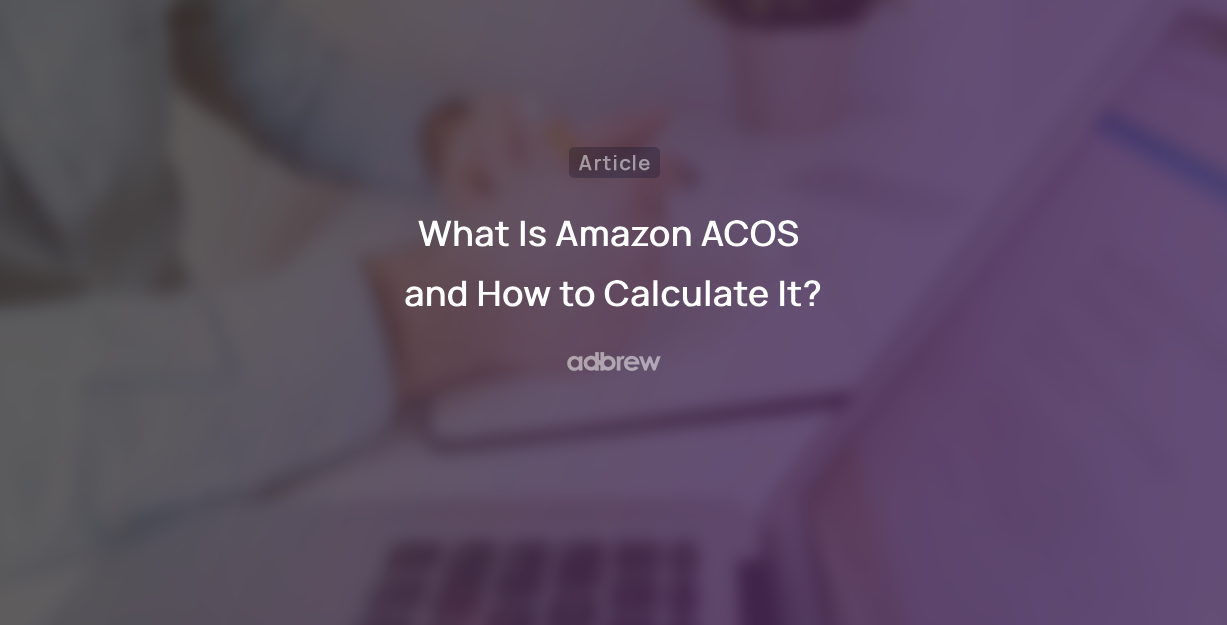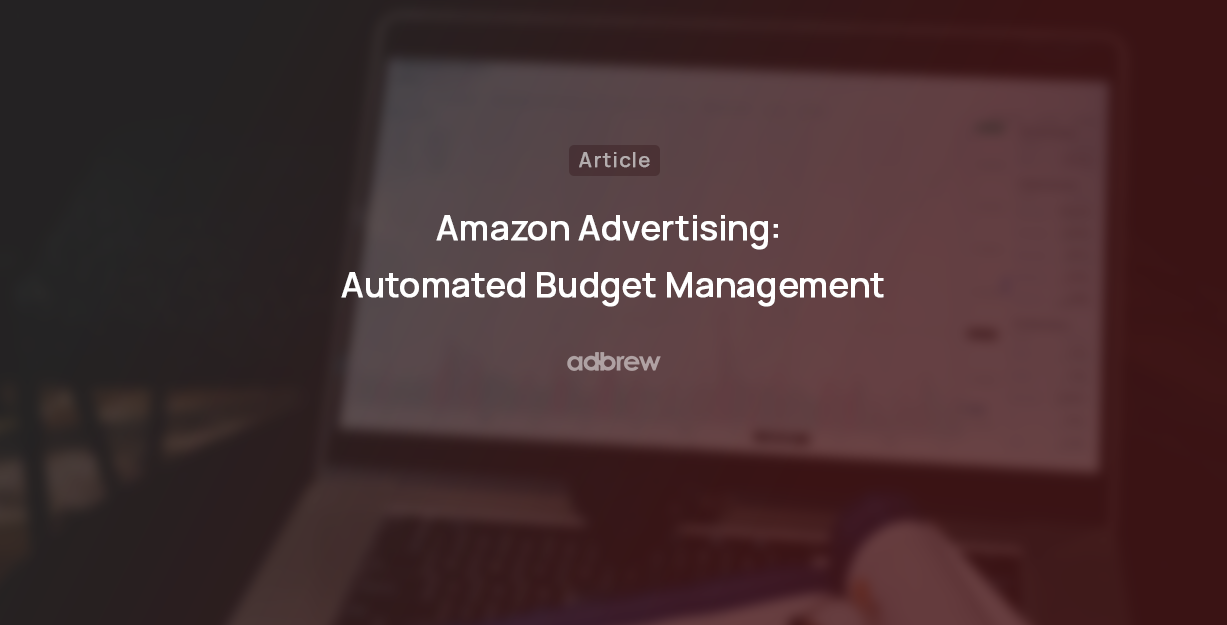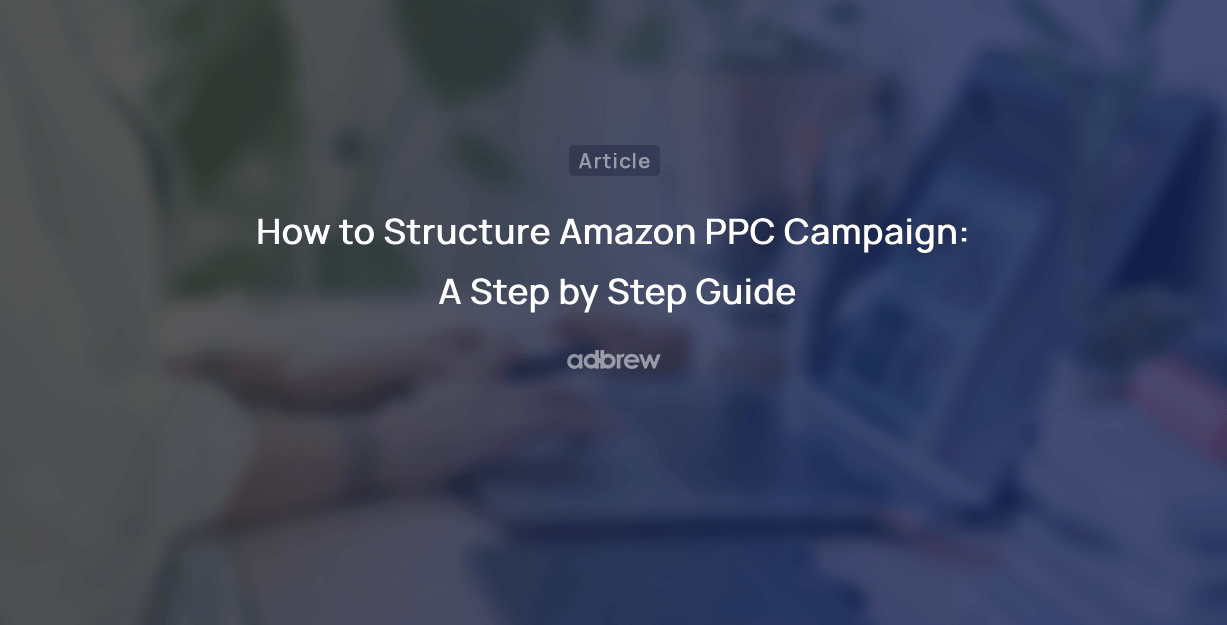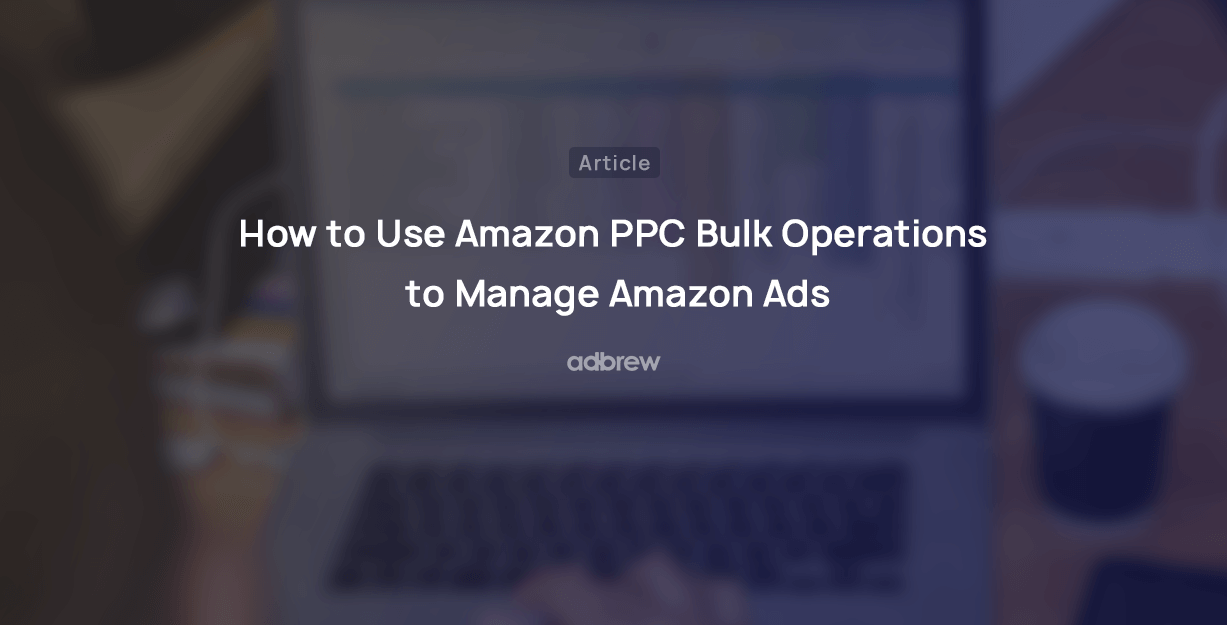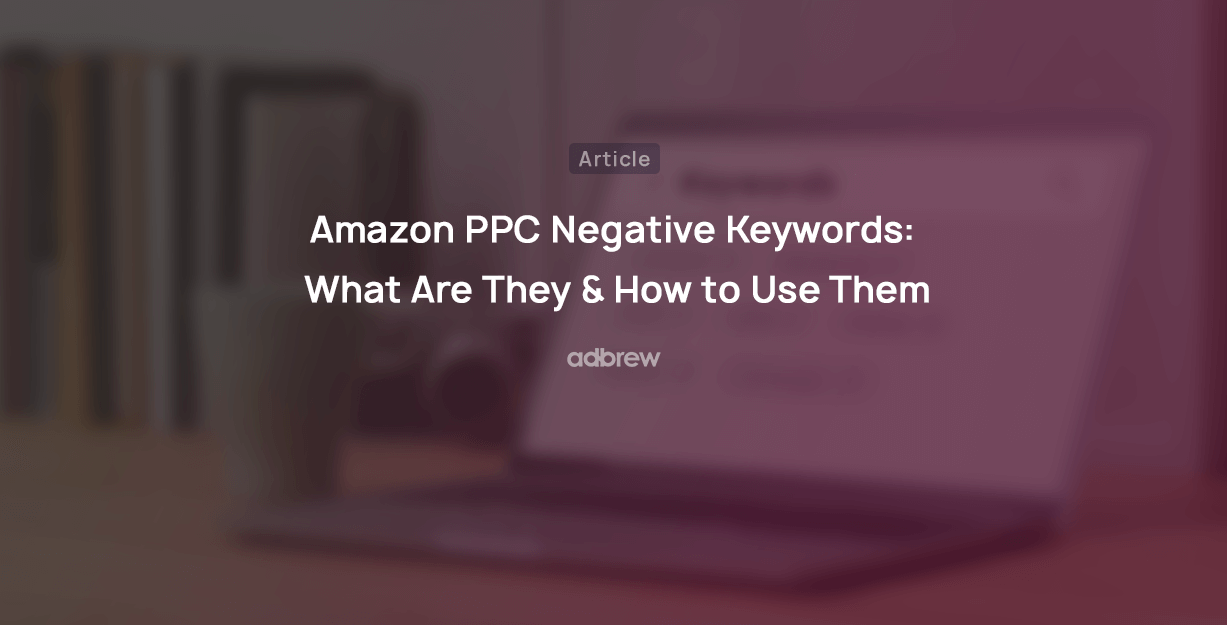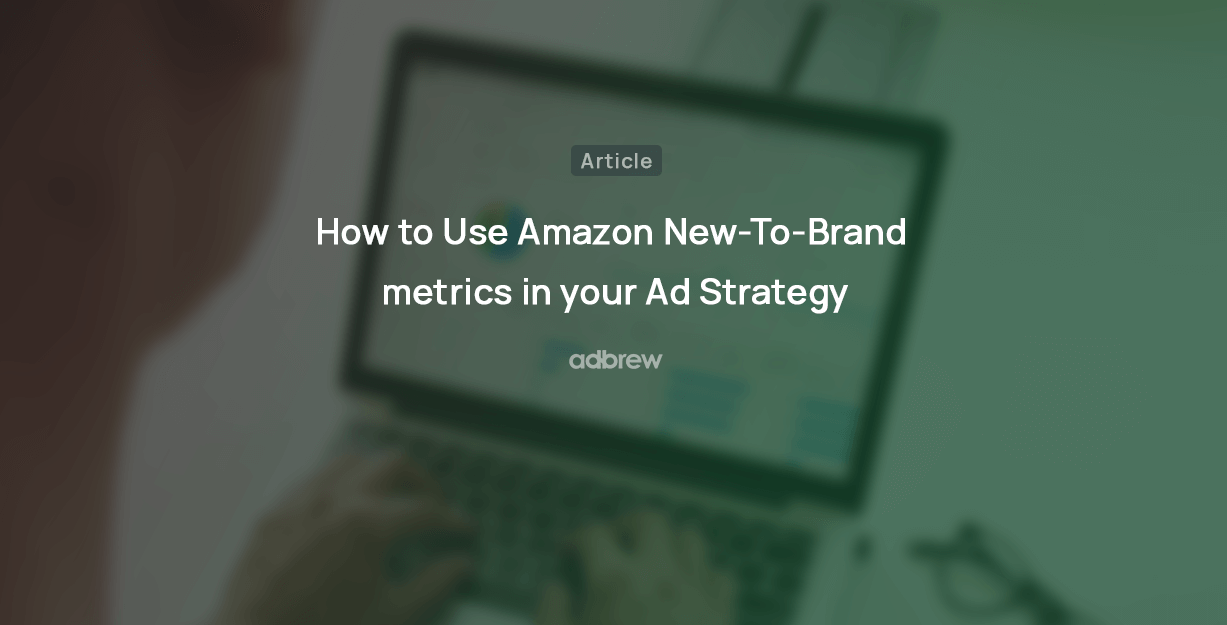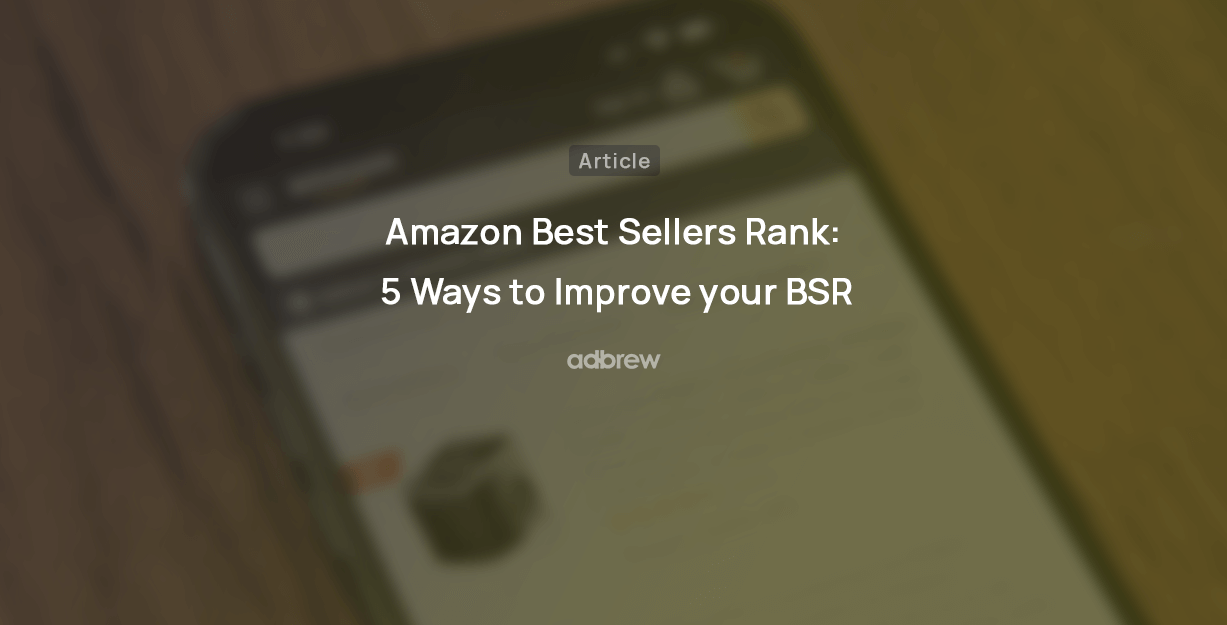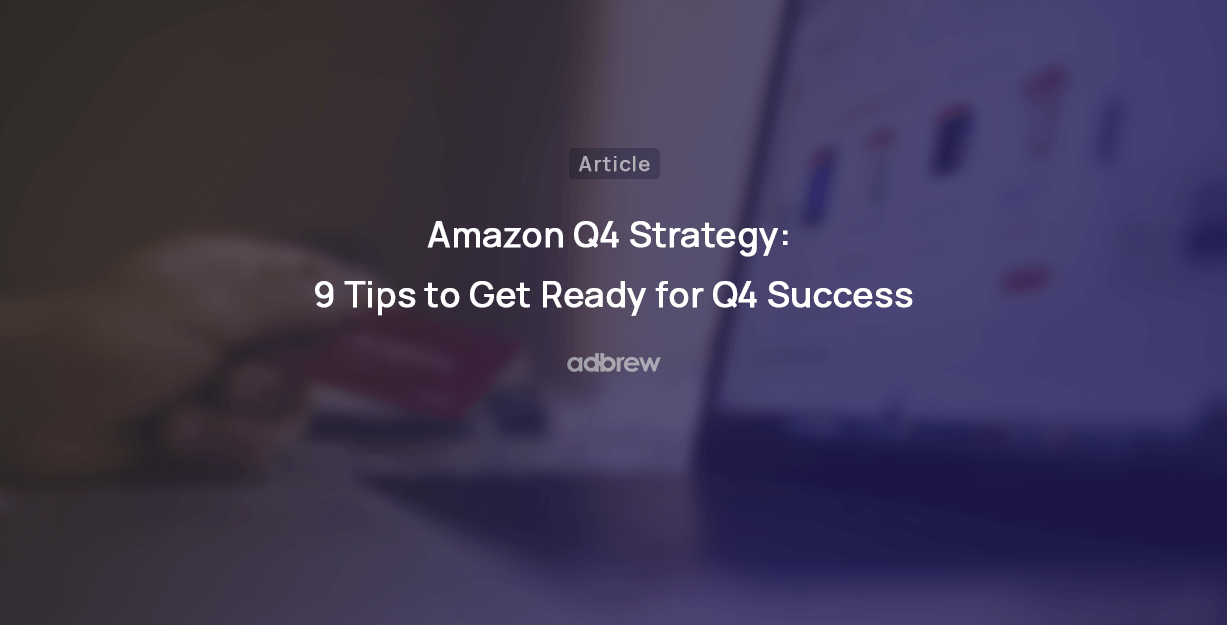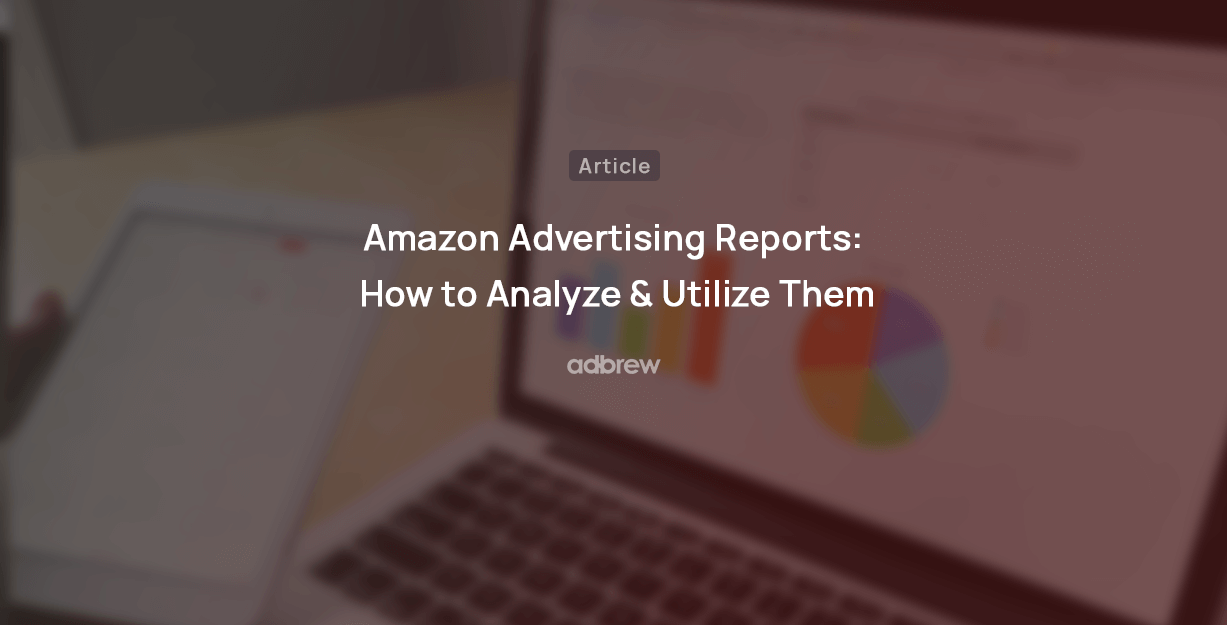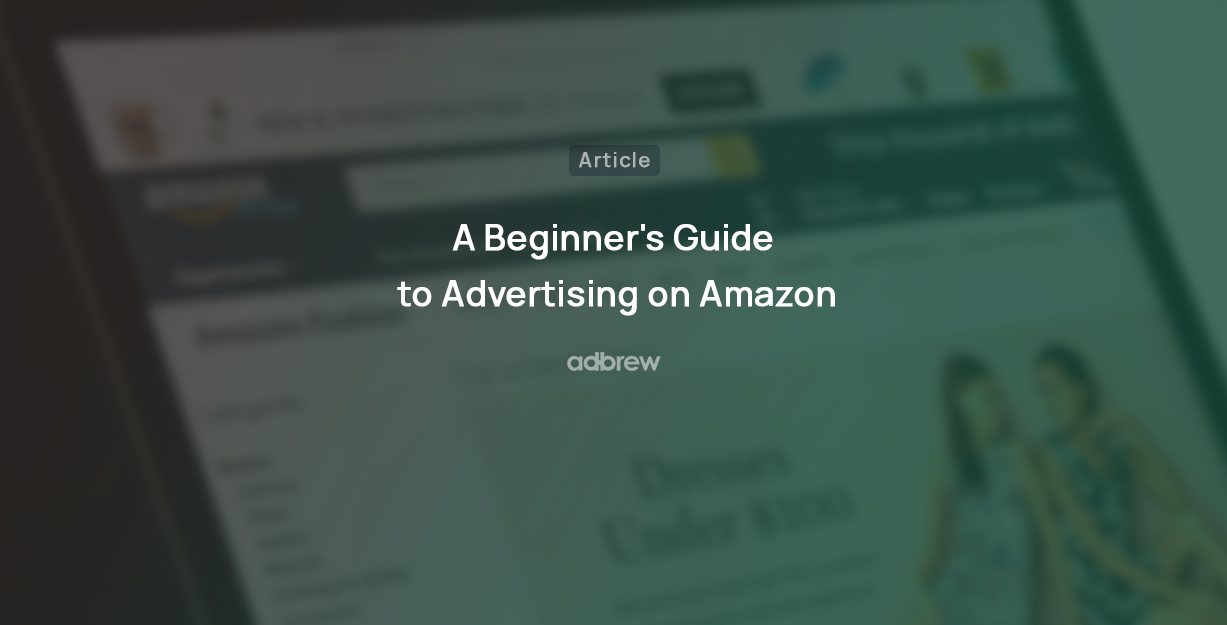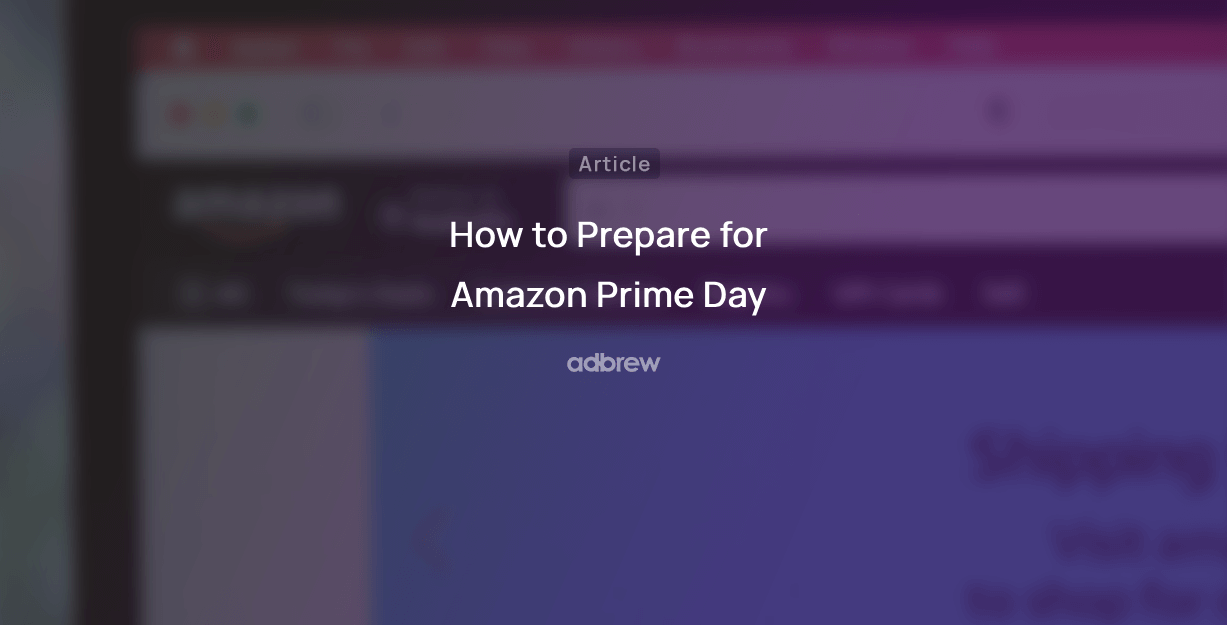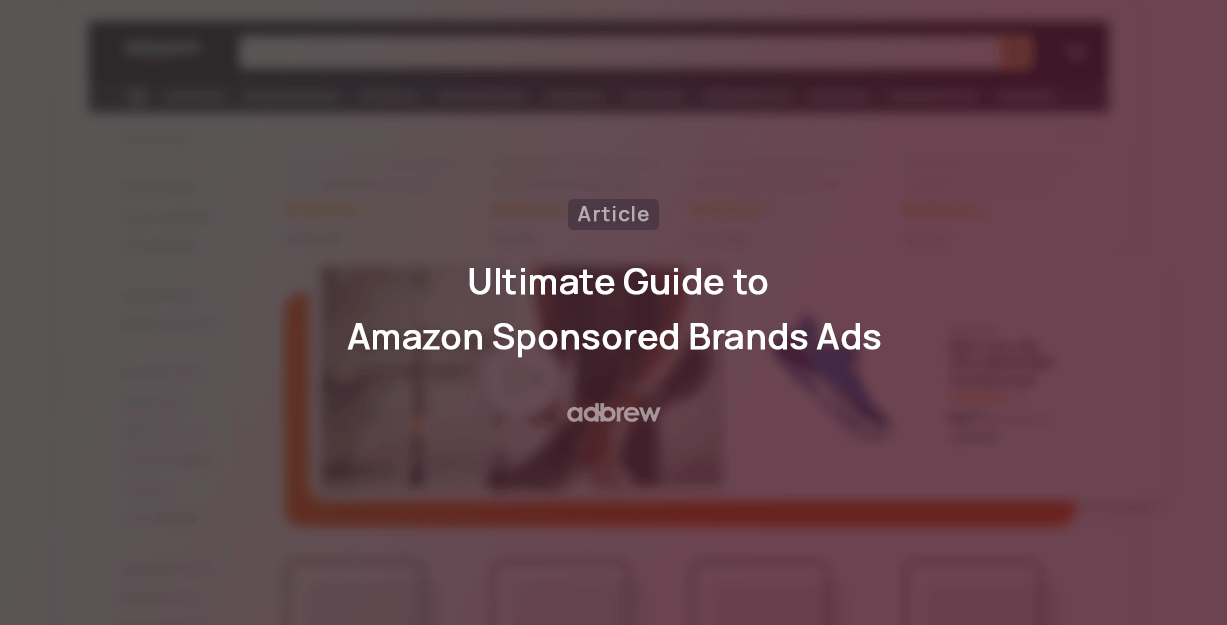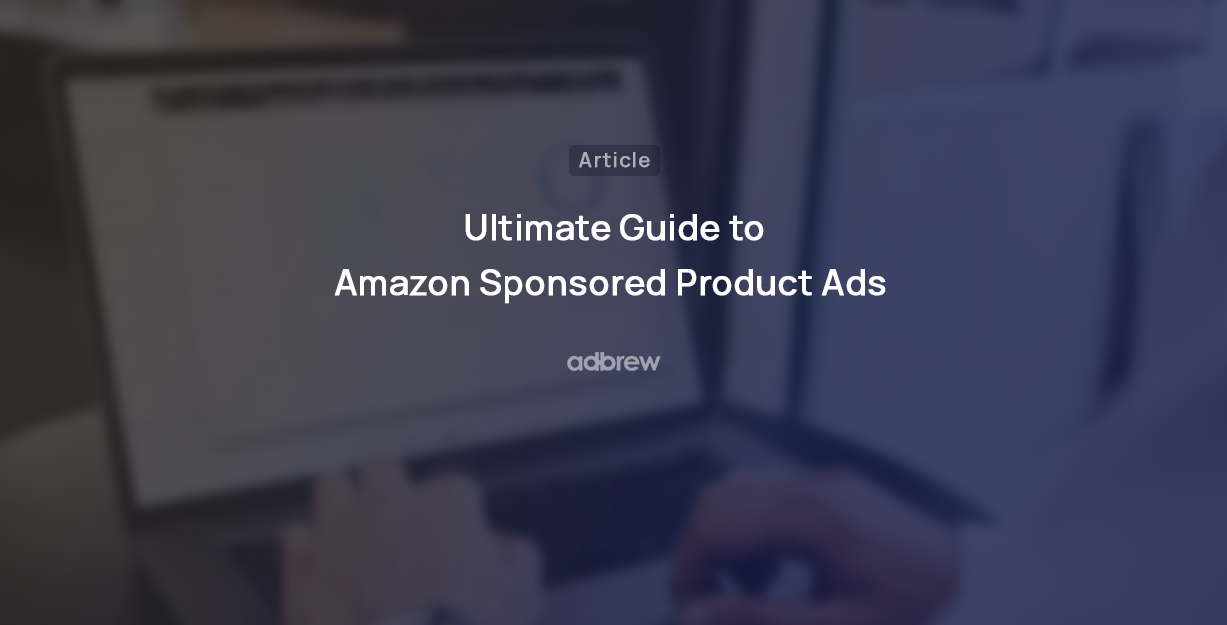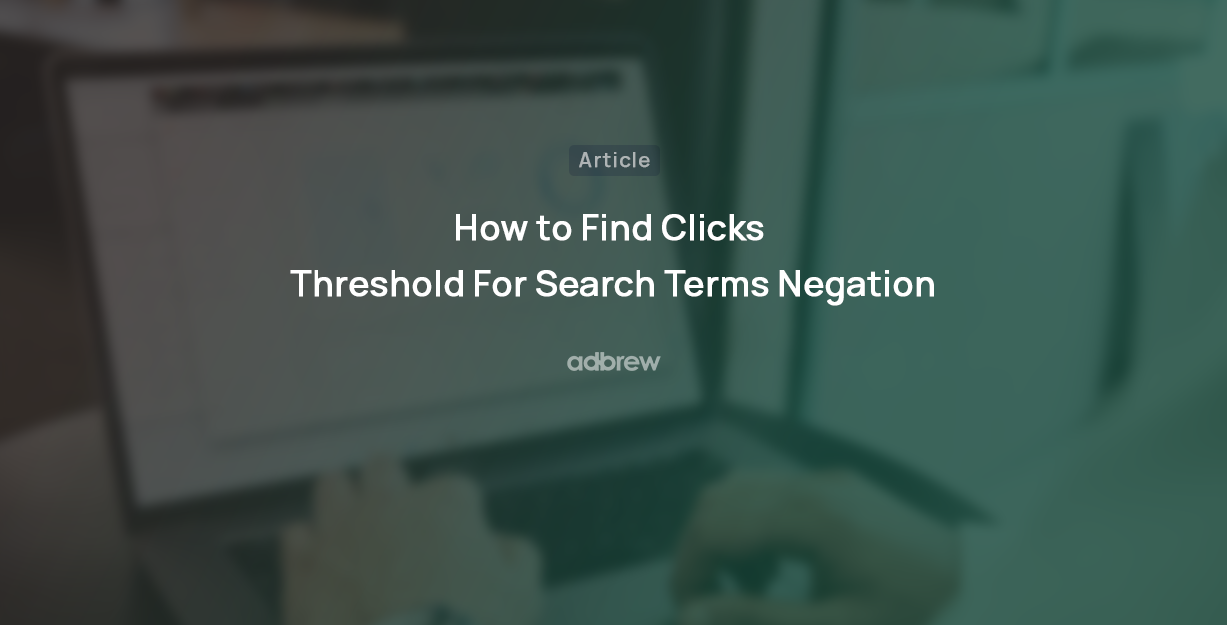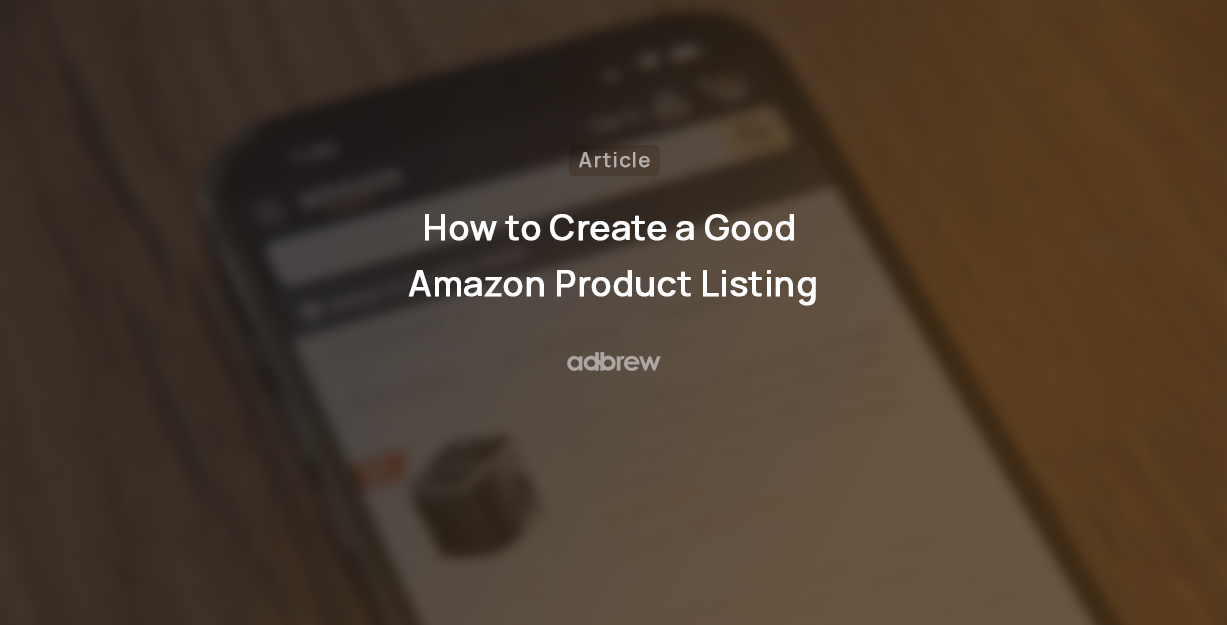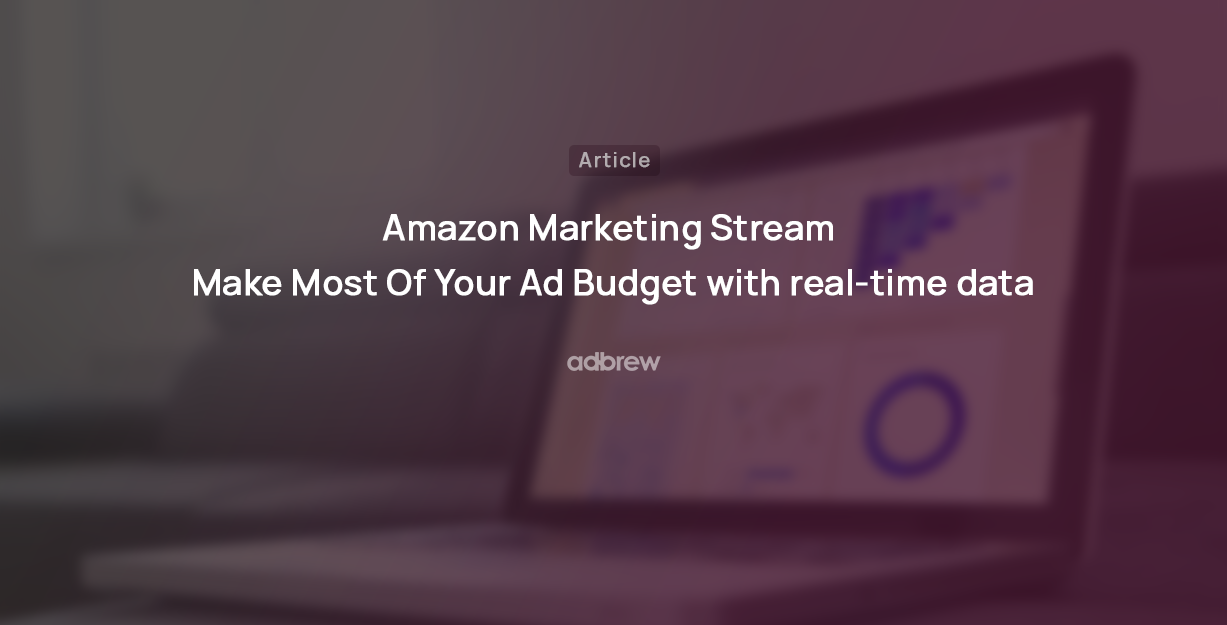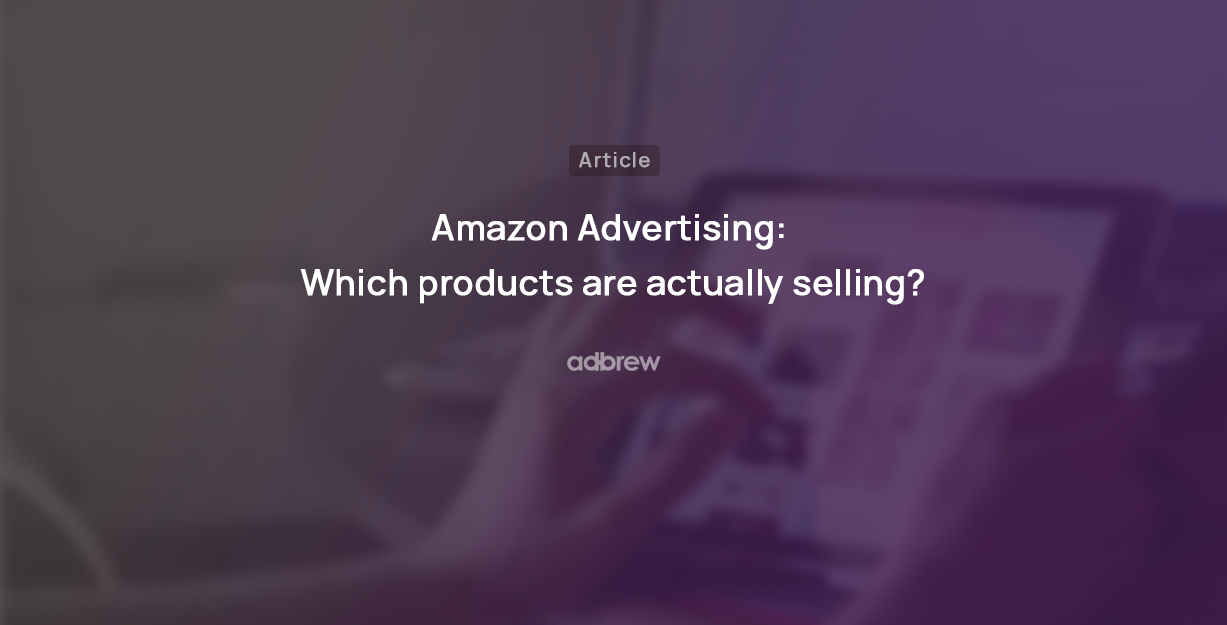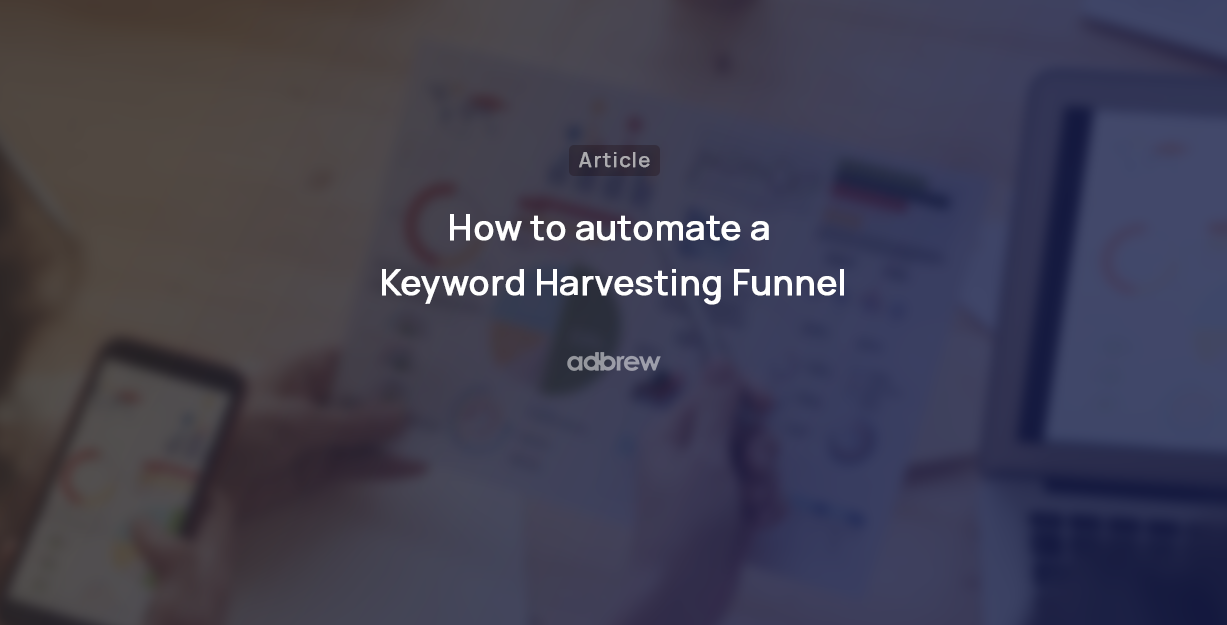
Whether you are looking to boost product discovery or target audiences further down the sales funnel who have already engaged with your product, Sponsored Display ads are the perfect solution.
It enables you to reach relevant audiences both on and off Amazon, making it one of Amazon’s most effective ad types.
Surprisingly, many brands have yet to harness the full potential of Sponsored Display ads, often due to a lack of understanding on how to effectively leverage it.
That’s why in this comprehensive guide, we will help you learn what Sponsored Display ads are, explore different targeting options, and share the best practices to set up Sponsored Display campaigns.
What are Sponsored Display Ads?
Sponsored Display ads, formerly known as “Product Display Ads,” are a self-service display advertising solution that enables brands to engage with potential customers throughout their purchase journey, both on and off Amazon.
What makes this ad format special is the ability to retarget an audience who has interacted with your product in the past (views or purchases).
Furthermore, it provides the flexibility to select various bidding tactics tailored to cater to customers at different stages of their shopping journey.
Here’s an example of Sponsored Display ads:

Where do Sponsored Display Ads appear?
Search Results Page
Sponsored Display ads are typically displayed in the sidebar of the Amazon search results page.
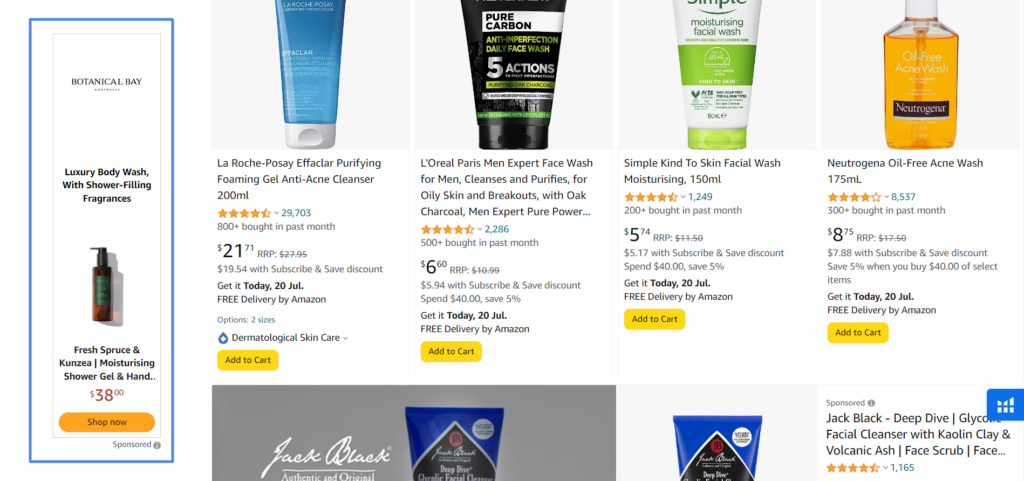
Product Detail Pages
There are many placements on the product detail page where Sponsored Display ads can be shown, such as the top of the listing, below the buybox, below the bullet points, sidebar, etc.
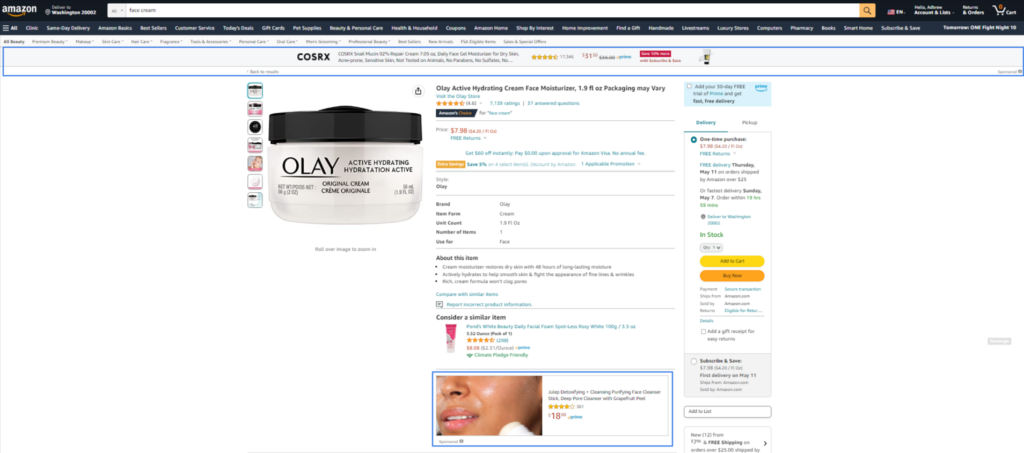
Customer Review Pages
- On review pages, there is a single ad placement next to customer reviews.
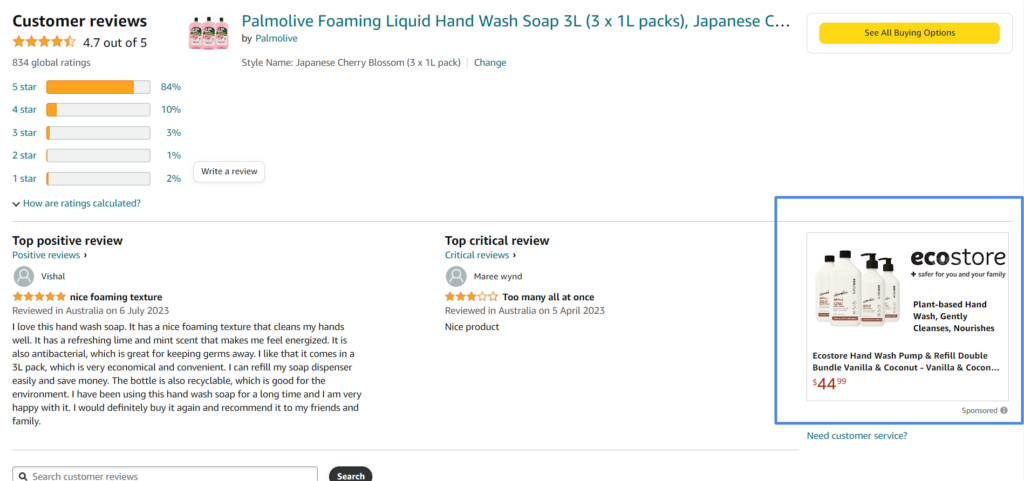
Off Amazon.com
Your Sponsored Display ads can also appear on third-party websites and apps owned or partnered with Amazon. In the screenshot below, you can see how it looks on a third-party website.
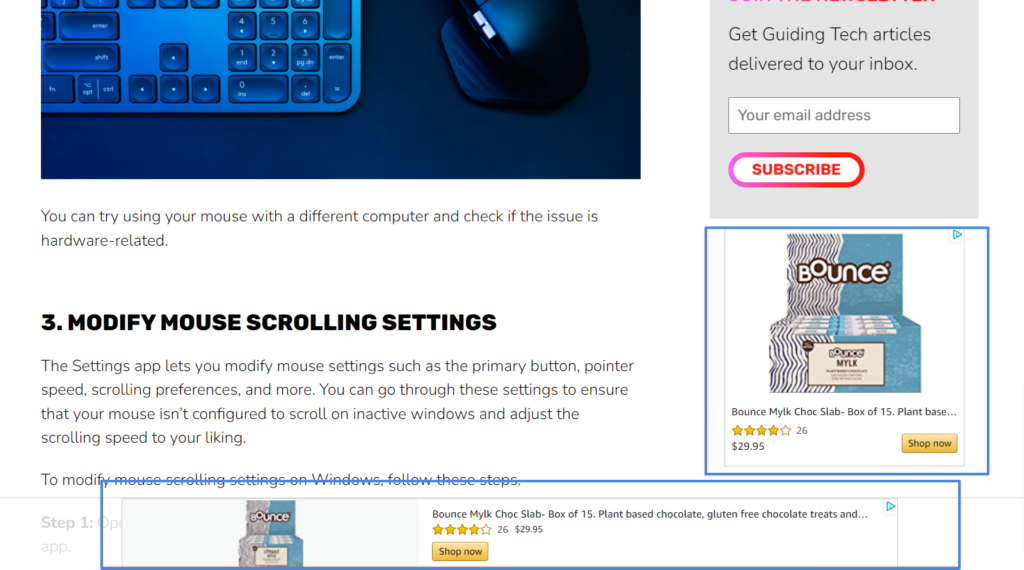
Sponsored Display Ads eligibility
To utilize Sponsored Display Ads, you must be a professional seller enrolled in the Amazon Brand Registry and your products must also be within eligible categories for advertising. Also, the SD Ads are available only at the following Marketplaces:
- America – US, Canada, Mexico and Brazil
- Europe – UK, Germany, Spain, France, Netherlands, Italy, Sweden, Poland, and Turkey
- Asia Pacific – Australia, Japan, India, and Singapore
- Middle East – Saudi Arabia and United Arab Emirates
Benefits of Amazon Sponsored Display Ads
When utilized effectively, Amazon Sponsored Displays ads can significantly impact your overall Amazon advertising funnel. Here are several advantages of leveraging this advertising solution:
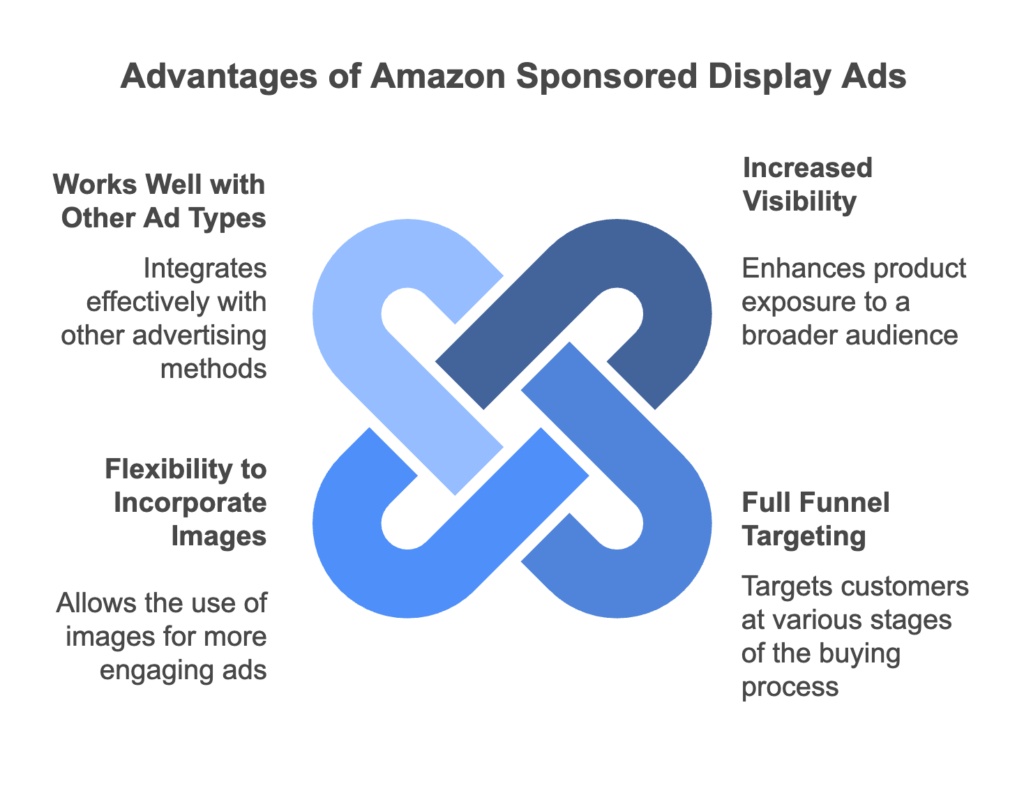
- Increased visibility: Amazon Sponsored Display ads appear both on and off Amazon. Additionally, they provide the flexibility to target a diverse audience based on their interests, activities, and demographics. This enables you to promote your products to a significantly larger audience, which is typically not achievable through Sponsored Products or Brand ads alone.
- Full Funnel Targeting: Display ads allows you to reach customers at every stage of their buying journey. Whether it’s creating awareness, sparking interest, or nurturing loyalty after a purchase, you can advertise your products to different audiences, increasing brand visibility and customer loyalty.
- Creatives: Sponsored Display gives you the flexibility to incorporate image creatives and headlines in your ads. This allows you to quickly connect with your target audience through captivating messaging, ensuring a resonating impact.
- Works well with other ad types: Additionally, using a combination of Sponsored Products ads, Sponsored Brands ads, and Sponsored Display ads has been shown to result in up to a 15% year-over-year increase in sales and a better return on ad spend compared to only using Sponsored Products.
Sponsored Display Ads targeting options:
As stated earlier, you have the flexibility to select from various targeting options that align with your campaign objectives. Let’s delve into each targeting option individually for a better understanding.

Contextual Targeting
Within contextual targeting, you have the option to either target an individual ASIN or a category on Amazon. Let’s understand the difference between the two:
ASIN Targeting
With ASIN targeting, you can show your ads to shoppers who are browsing products similar to yours, thereby increasing the chances of them discovering and considering your products. When a shopper clicks on your ad, they are directed to your product detail page, where they can learn more about your product and make a purchase. This targeting tactic can help increase consideration or cross-sell.
Category Targeting
With category targeting, you can show your Sponsored Display ads to shoppers who are browsing products in the same or similar categories as yours, thereby increasing the chances of them discovering and considering your products.
You can refine your category targeting based on several retail-centric metrics, including reviews, price, brand, and Prime shipping eligibility.
Audience Targeting
Rather than targeting a specific product, audience targeting provides you with the option to engage or reengage with audiences who have viewed or purchased your products, similar products, or relevant categories. You can also use custom-build audience set from Amazon to increase awareness for your product.
Within audience targeting, Amazon offers three different targeting options. Let’s discuss each of them one by one.
Views Remarketing
Amazon’s views remarketing helps you engage with shoppers who have previously viewed specific product detail pages within a specific time period. This helps generate awareness for new products, encourages customer consideration, and recaptures missed sales by re-engaging potential customers who haven’t made a purchase yet.
You have the flexibility to display your ads to two types of shoppers. Firstly, those who have visited your promoted product pages on Amazon. Secondly, you can also reach customers who have viewed products similar to yours or within a specific category, all within the specific lookback window. The lookback window you can choose for view targeting your audience is 7, 14, 30, 60, and 90 days
Purchase Remarketing
Purchases remarketing allows you to engage with customers by analyzing their past purchasing behaviors. This strategy can serve various campaign objectives, including encouraging repeat purchases, establishing customer loyalty, cross-selling to existing customers, and reaching new audiences.
The lookback windows enable the targeting of specific audiences based on their purchase history on Amazon within a designated timeframe. The lookback window options available for purchase remarketing include 7, 14, 30, 60, 90, 180, and 365 days.
You can choose to show your ads to customers who have purchased your promoted products during your chosen timeframe, as well as those who have bought related or complementary items within a specific timeframe.
Amazon Audiences
Amazon audiences are prebuilt audience segments created by Amazon, utilizing a variety of first-party data from shopping, streaming, and entertainment activities.
These audiences are grouped into four main categories: lifestyle, interest, in-market, and life events.
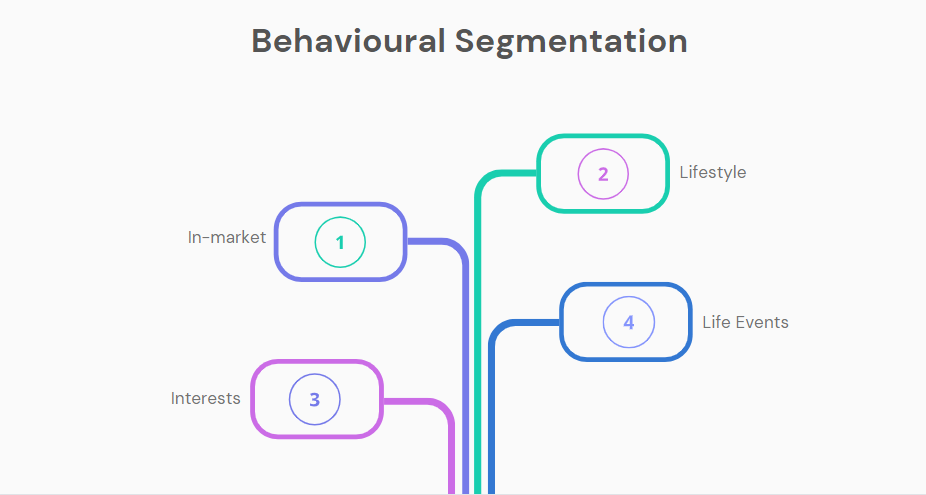
- In-market: Individuals who have demonstrated a likelihood to purchase a product within a particular category, as indicated by their recent behavior.
- Lifestyle: Shoppers whose actions and content consumption indicate an interest in a certain lifestyle, such as frequently shopping on Amazon or streaming on Prime Video.
- Interests: Engage with groups of shoppers who share a common interest, as identified by Amazon based on their browsing and purchase signals.
- Life Events: Individuals whose behavior indicates they are experiencing a significant life change, like moving or getting married.
Bid Optimization Strategies in Sponsored Display Ads
With Sponsored Display Campaigns, Amazon offers three different types of bid optimization:

1. Optimize for reach
Amazon optimises your bids for higher viewable impressions and charge you based on 1000 viewable impressions (VCPM). This bidding strategy is perfect for campaigns intended to drive maximum visibility or impressions.
2. Optimize for Page Visits
Amazon optimizes your bids for higher page visits and charge you based on per click (CPC). With this bidding strategy, Amazon shows your ad to shoppers who are most likely to click on your ad.
3. Optimize for conversions
Amazon optimizes your bids for higher conversion and charge you based on per click (CPC). With this bidding strategy, Amazon shows your ad to shoppers who are most likely to purchase your product.
The “Bidding” settings has changed to “Optimization strategy”. It looks like this now.
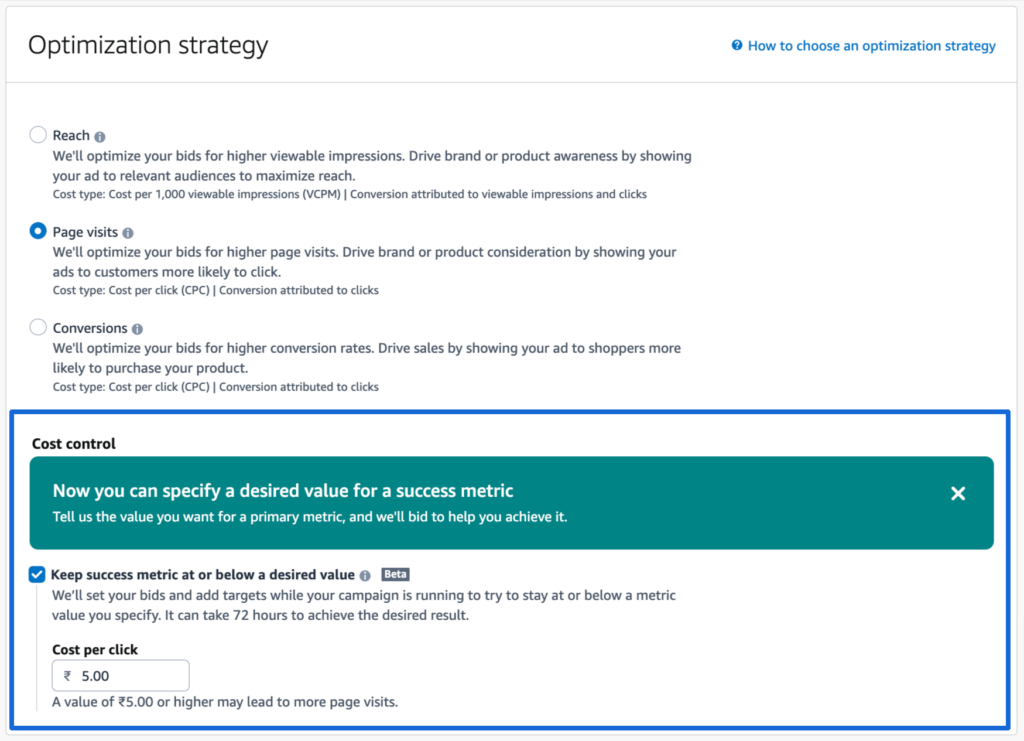
Apart from minute alterations in nomenclature, “Cost Control” is a new addition. Let’s understand this in detail.
Cost Control
Like Sponsored Brands, Sponsored Display Cost Control also empower you to optimize campaigns to achieve specific goals within your desired budget. By defining your success metric for each goal in terms of a target cost, the system adjusts bids automatically to help you meet your objectives at or below your target cost.
With cost controls, you can maintain a clear focus on your goals by setting a maximum cost over a 7-day rolling average. This feature eliminates the need to calculate individual bids for each target, simplifying campaign management. Instead of translating goals into detailed bid strategies, you can rely on cost controls to optimize performance while staying within your budget.
Ad Formats
Currently, there are two ad formats available for Amazon Sponsored Display Ads, they are:
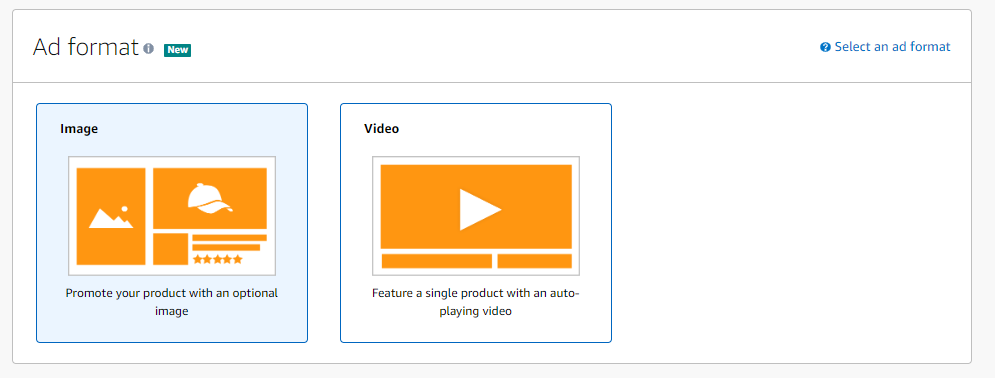
- Image: This format allows you to promote your product using an image. You can either add a custom image yourself, or Amazon will fetch creatives from your listings.
- Video: This format allows you to promote your product with a video creative that plays in a loop.
How to Create a Sponsored Display Ads campaign
To create an Amazon Sponsored Display campaign, follow these steps:
- Log in to your Seller or Vendor Central account and navigate to Campaign Manager.
- Click the ‘Create campaign’ button and choose “Sponsored Display”
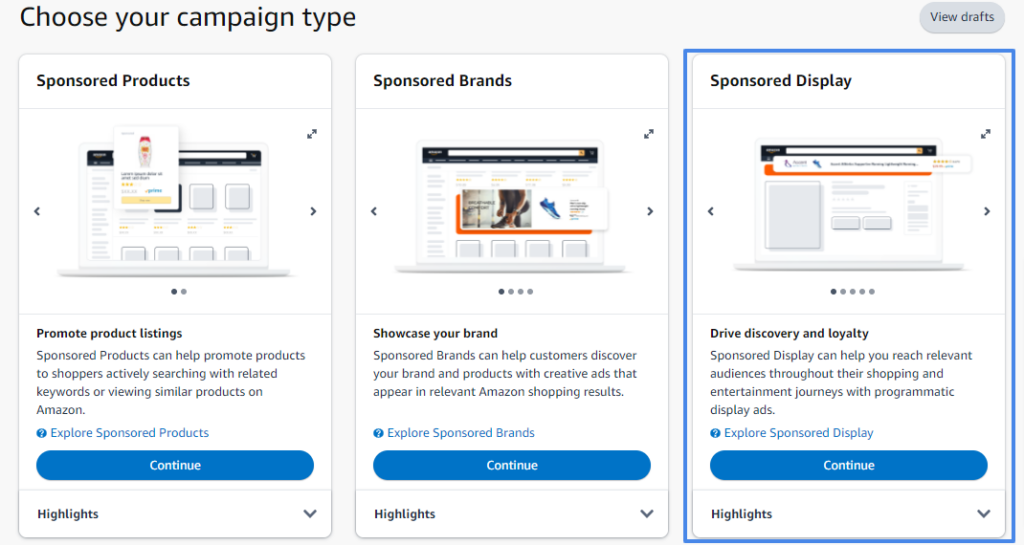
3. Next, enter your campaign name, enter your date range, daily budget, and choose a portfolio.
(Note -An Amazon Ads portfolio lets you group your campaigns for organized and efficient advertising. It lets you track performance and manage multiple campaigns together, simplifying your efforts and gaining insights into overall performance.)
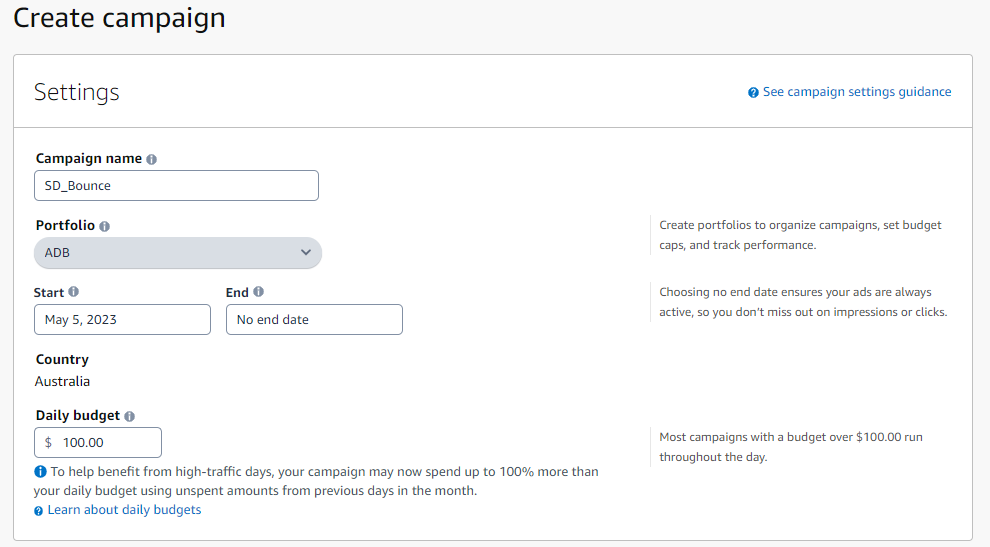
4. Next, enter a name for your ad group.

Next, an extremely important step is to select the ‘Bidding Strategy’ for the campaign. We have explained all three types of bidding strategies in detail above. (Note: If you are still unsure about which one is right for your goal, select ‘optimize for conversion’ as it tends to have a better ROAS compared to the other two).
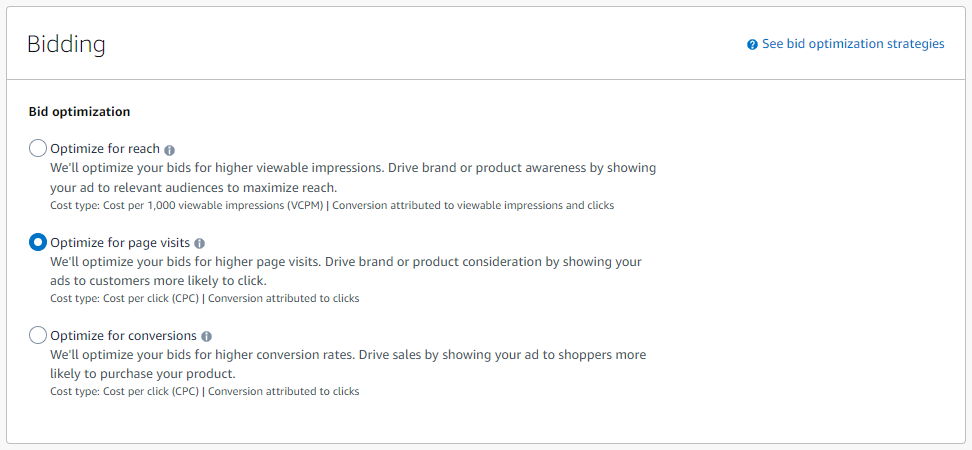
6. Then select the ad format for the campaign.
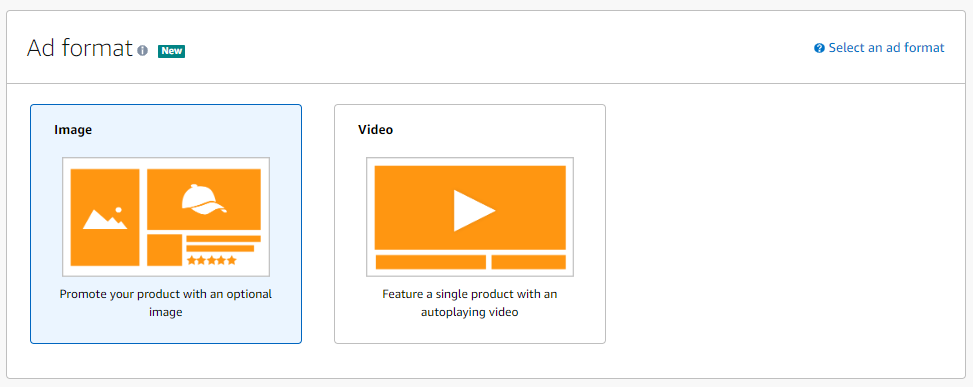
7.Choose the products (ASIN) that you want to advertise in the ad group.

8. Next, choose whether you want to do “contextual targeting” or “audience targeting” in the ad group. We have explained the difference between the two above.

9. Next, add the targets that you want to target in your ad a geoup.
10. Then, add a logo, a headline, and an image for your ad (optional).
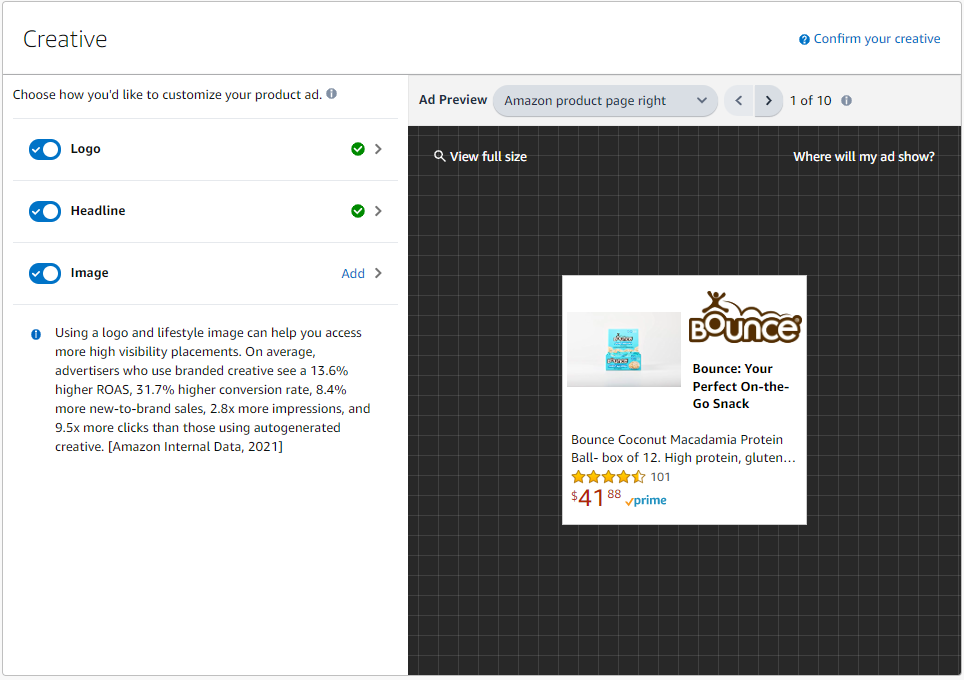
Finally you can preview and submit your Sponsored Display ads.
Sponsored Display Full Funnel Campaign Recommended Structure
A Sponsored Display Full Funnel Campaign on Amazon is designed to effectively target shoppers at different stages of the buying journey. Following the recommended structure can enhance the performance of your Sponsored Display ads and boost your overall ROAS. Let’s go through the stages of the campaigns:

1. Awareness Stage
At the initial stage of the Full Funnel Campaign, the goal is to create awareness among shoppers who are not yet familiar with your brand or product. To achieve this, you can target audiences based on their interests, behaviors, lifestyle, and life events.
2. Consideration Stage
During this stage, the focus shifts to targeting shoppers who have demonstrated an interest in your product or similar products on Amazon. You can utilize audience targeting to reach these shoppers or employ contextual targeting to strategically target those who are visiting your competitors’ product detail pages. The objective is to increase consideration for your product.
3. Conversion Stage
The final stage of the Full Funnel Campaign involves targeting shoppers who are ready to make a purchase. You can aim your ads at audiences who have viewed your product but haven’t made a purchase yet, as well as those who have already purchased your product. This can help encourage repeat purchases and cross-selling opportunities.
The recommended structure for a Sponsored Display Full Funnel Campaign is to start with a broad targeting approach in the Awareness Stage and then gradually narrow down your targeting as shoppers move through the buying journey. By targeting shoppers at different stages of the funnel, you can improve your overall advertising effectiveness and drive more sales on Amazon.
Ready to get started with Adbrew?
Adbrew provides cutting-edge automation, expertly curated strategies, and data-driven insights for brands to thrive on Amazon.
Vitals to be taken care of while launching a Sponsored Display Ads campaign
- Ensure that your ad campaign has a sufficient budget to remain active throughout the day. Keep an eye on ad campaigns that frequently exhaust their daily budget, as they may miss out on potential visibility.
- When selecting products, choose those that are closely related, have similar price ranges, positive ratings and reviews, and have high-quality images.
- Starting bids don’t need to be high when launching your first campaign. Start with a low bid and move your way up based on the performance.
- Utilize creatives and headlines to make your mage captivating and increase the click-through rate.
- Use different metrics to gauge the effectiveness of display campaigns created for targeting shoppers at different stages of the buying funnel.
Custom Audiences in Targeting
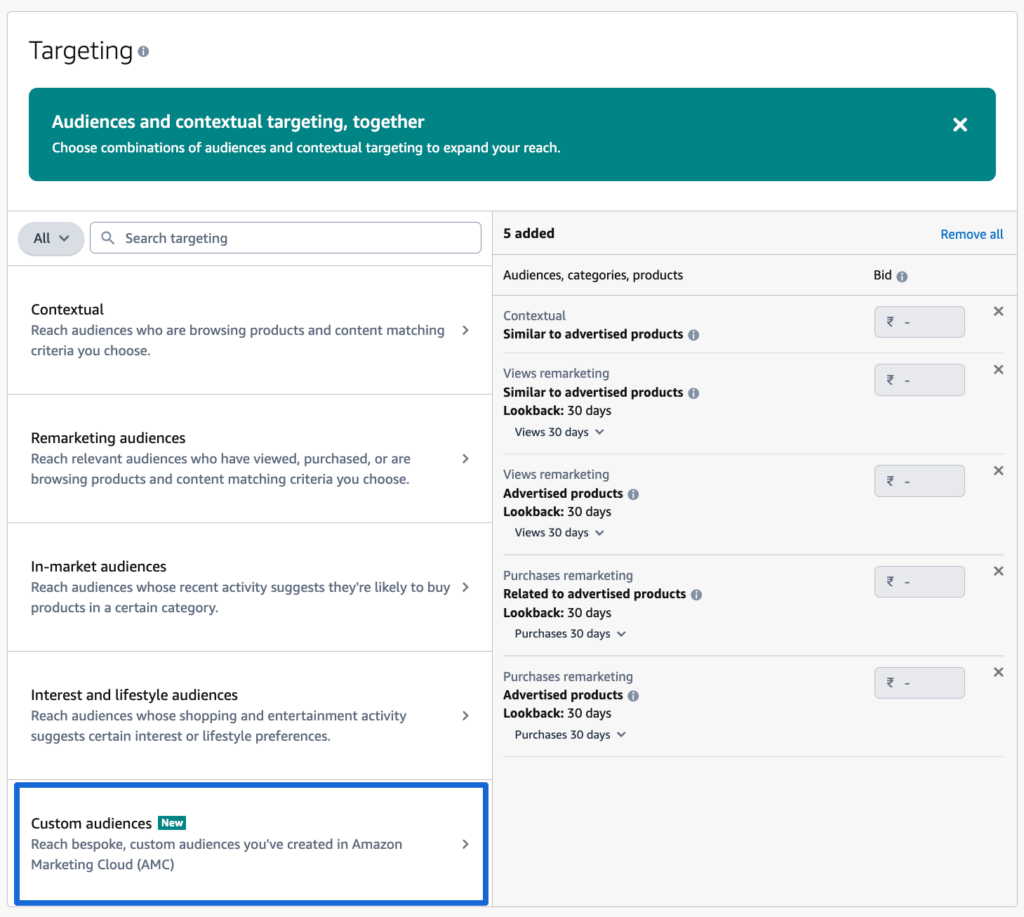
Amazon has introduced a new feature in Sponsored Display (SD) ads that allows advertisers to target “Custom Audiences.” These audiences are ones that you can create and define using Amazon Marketing Cloud (AMC). This new capability provides a significant advantage for advertisers looking to enhance their campaign performance through refined targeting and retargeting strategies.
By leveraging Custom Audiences, you can go beyond the standard targeting options and reach highly specific customer segments based on detailed data insights. This means you can create tailored campaigns that resonate more effectively with your desired audience. Whether you want to target shoppers who have shown interest in your product category, retarget customers who have visited your product detail pages but didn’t make a purchase, or focus on high-value repeat buyers, the Custom Audiences feature gives you the flexibility to design campaigns with precision.
The integration of Custom Audiences with Sponsored Display ads allows for seamless execution of sophisticated advertising strategies. It also enhances the potential for increasing conversions and ROI by ensuring your ads are displayed to the most relevant audience, reducing wasted ad spend, and improving overall campaign efficiency.
Limitations of Sponsored Display Ads
When creating ad campaigns using Sponsored Display Ads on Amazon, it’s essential to be aware of several limitations. Firstly, unlike Sponsored Products and Sponsored Brands, there are no placement level multipliers available to increase or decrease bids and visibility of your ad on specific placements.
Secondly, unlike DSP (Demand-Side Platform), you don’t get enough control over audience targeting. For instance, you can’t exclude a specific set of audiences from your targeting criteria.
Moreover, the reporting capabilities for Sponsored Display campaigns are comparatively limited compared to those available for Sponsored Products and Sponsored Brands.
Despite these limitations, Sponsored Display Ads can still be an effective solution in your campaign mix. By leveraging the right targeting and optimization features, it is possible to achieve excellent results.
Deciding whether Sponsored Display ads are worthwhile for your business depends on your own testing and analysis. It’s crucial to experiment with different strategies to determine what works best for your products and your business on Amazon.
Frequently Asked Questions

How is organic sales cannibalization a challenge in SD VCPM?
vCPM campaigns aim to enhance brand awareness and recall among your target audience by charging you for impressions, instead of clicks. It’s important to note that some of these impressions might be viewed by users who would have found your product organically through search results. Consequently, if these users make a purchase, Amazon will attribute the sales to your VCPM campaign, even though it might not be the primary reason that led them to your product listing. To mitigate this, monitor vCPM campaign performance and analyze the impact on organic sales. Run controlled experiments to measure the incremental lift generated by your vCPM campaigns and adjust your bidding and targeting accordingly.
Can I target keywords in Sponsored Display Ads?
Unlike Sponsored Products and Brands ads, you cannot target keywords in Sponsored Display campaigns. In an SD campaign, you can only target products or audiences.
Are Sponsored Display Ads retail aware?
Yes, Sponsored Display ads are retail aware. That means your ads will be displayed solely when your products are available in stock and listed as the Featured Offer. If, at any point, your products go out of stock or are no longer the Featured Offer, the ads will automatically cease to be served.
Recent Posts
Take your Amazon PPC advertising to the next level

Related Blogs
Running Amazon ads with an empty shelf? You might as well be burning cash. Many sellers focus on optimizing bids, […]
In today’s competitive digital landscape, growing your eCommerce brand requires more than just a standalone website or a single marketplace […]
Are you an Amazon seller looking to offload excess inventory or seasonal items? The Amazon Outlet program might be just […]
Turning your bookshelf into a source of income has never been easier, thanks to Amazon. If you have books collecting […]
If you’re an Amazon seller, encountering an account suspension or policy violation can be a significant setback. But with the […]
Introduction Amazon dropshipping is an increasingly popular way to run an e-commerce business without the need to store or ship […]
Introduction The Amazon Influencer Program is a great way for content creators to turn their influence into earnings. This program […]
Introduction Amazon Kindle Direct Publishing (KDP) is a platform that allows authors to self-publish their work as ebooks or print […]
Selling on Amazon offers many opportunities for businesses, but it’s essential to understand the costs involved with Fulfillment by Amazon […]
Walmart is quickly becoming a popular platform for brands and sellers to connect with more customers. One way to boost […]
In today’s competitive retail landscape, reaching the right audience at the right time is crucial for success. Walmart’s Demand Side […]
In today’s fast-paced eCommerce landscape, shoppers demand speedy delivery. Walmart has responded by offering 2-day shipping, giving sellers on the […]
Running successful Walmart advertising campaigns takes more than just setting them up—it requires ongoing optimization. A Walmart PPC (Pay-Per-Click) audit […]
Are you ready to tap into the massive potential of Walmart Marketplace? With millions of daily visitors and a loyal […]
In the world of e-commerce, Amazon and Walmart reign supreme, dominating the retail landscape. These two giants offer vast opportunities […]
Are you a brand owner struggling to maintain control over your products on Walmart? The Walmart Brand Portal is here […]
Are you dreaming of a passive income stream from your Walmart store? The allure of an automated Walmart store with […]
Are you a seller looking to tap into the massive market of private-label brands? Walmart, one of the world’s largest […]
Tired of your Walmart products getting lost in the shuffle? In this blog post, we’ll dive into the essential strategies […]
Ever wondered why some Amazon sellers seem to have a magic touch with product bundles? It’s not luck—it’s strategy. Bundling […]
If you’re a Walmart seller looking to grow your business through retail media, Walmart Connect could be a game-changer. But […]
If you’re an Amazon seller, you may have noticed a portion of your inventory marked as “reserved” without knowing exactly […]
Have you ever wondered what managing your own Amazon orders is like? Switching from Fulfilled by Amazon (FBA) to Fulfilled […]
Walmart Marketplace offers an exciting opportunity for sellers to reach a vast audience by listing their products on Walmart’s platform. […]
Selling products on online marketplaces has become a vital strategy for businesses to reach more customers. If you’re looking to […]
Are you a Walmart seller aiming to improve your visibility and sales? In this blog, we will explore Walmart SEO, […]
As an Amazon brand owner, maintaining control over your product listings is essential to protect your brand’s reputation and customer […]
Improving your sales on Walmart starts with understanding how to consistently win the Buy Box. Securing this position can make […]
Are you an Amazon seller struggling to increase your rating? A high seller rating is crucial for attracting new customers […]
As an Amazon seller, providing the best customer service is paramount to maintaining a positive customer experience. One key metric […]
If you’re an Amazon seller and curious about Amazon IPI score and its impact on your business, this blog post […]
Introduction Starting an Amazon subscription box business presents a unique opportunity to tap into the growing trend of curated, recurring […]
Thinking about using Fulfillment by Amazon (FBA) to sell on the Amazon marketplace? Awesome! But before you box up your […]
Thinking about using Fulfillment by Amazon (FBA) to streamline your Amazon business? While FBA offers a convenient way to store […]
For FBA sellers, the Amazon Buy Box is the holy grail of product visibility. But with constant algorithm updates and […]
Have you ever wished you could offer customers pre-made packages of complementary products without the hassle of physically bundling them […]
Have you ever wanted to create a more branded and engaging presence for your products on Amazon? An Amazon storefront […]
Are you storing items on Amazon for a while? If so, it’s important to be aware of Amazon long term […]
When selling products on Amazon, it is crucial to follow their packaging requirements, rules, and guidelines. Proper packaging ensures that […]
Amazon A/B testing can significantly enhance your product listings and boost sales. This method, also known as split testing, involves […]
Have you ever browsed Amazon and stumbled upon a product with a little blue badge that reads “Amazon’s Choice“? It […]
Amazon FBA vs FBM needs to be explored, when we ship products and handle orders while selling on Amazon. With […]
Ever feel like you’re missing something in your Amazon PPC Search Terms report? You might be! Sure, they show what […]
Amazon can be a fantastic platform to reach new customers, but keeping your virtual shelves stocked can get tricky. That’s […]
Navigating Amazon as a new seller can be tough, but there are tools and programs available to help such as […]
Have you ever scrolled through an Amazon search result page and noticed product recommendations nestled alongside the standard listings? These […]
Finding time for yourself while selling on a competitive marketplace like Amazon can be challenging. As a seller, your main […]
Starting an E-commerce business has become quite easy with Amazon, but it also brings heavy competition. Millions of Amazon sellers […]
As an Amazon seller, you know the importance of getting your products seen. But with millions of listings, how do […]
Ever scrutinized an Amazon product page and noticed the cryptic “Sales Rank”? Wondering what it means and how it impacts […]
Millions of products compete for customer attention on Amazon’s search results page, making it tough for your brand to stand […]
Are you selling products on Amazon and looking to increase your sales? This blog is for you. We’ll share tips […]
Are you an Amazon seller looking to boost your brand visibility and profitability? Are you feeling stuck in the cycle […]
Ever wonder what drives your online shopping habits? Perhaps a captivating product description, or an eye-catching professional photo? As it […]
For any seller on Amazon, understanding the A9 algorithm is crucial for success. This complex algorithm dictates which products appear […]
Are you an Amazon seller looking to turn those single purchases into recurring revenue? Look no further than the Subscribe […]
Amazon has become a go-to platform for all e-commerce business owners to launch and scale their e-commerce brands online. But […]
Mother’s Day, a time to celebrate the incredible women who raised us, is a prime opportunity for Amazon sellers to […]
In the ever-competitive landscape of Amazon, ranking high in organic search results is crucial for driving sales. While you might […]
If you’ve ever found yourself scratching your head over Sessions and Pageviews on your Amazon business reports, you’re not alone. At […]
Amazon is a massive marketplace, attracting millions of customers with diverse needs, preferences, budgets, and mindsets for shopping. To effectively […]
With Amazon boasting over $575 billion in retail sales for 2023, it’s no wonder so many sellers flock to its […]
Advertising on Amazon through pay-per-click campaigns can significantly enhance product visibility and sales for sellers. However, mastering Amazon PPC, with […]
Have you heard of the terms copyright infringement and plagiarism? If so, then Amazon Brand gating won’t be unfamiliar to […]
If you are running ads on Amazon, you’ll come across a sea of data in your advertising console. But does […]
Have you heard of the terms copyright infringement and plagiarism? If so, then Amazon Brand gating won’t be unfamiliar to […]
In the fast-paced world of e-commerce, where shoppers are bombarded with choices, standing out on platforms like Amazon is paramount […]
Are you planning to start an Amazon FBA store? If so, you’ll encounter a unique term – FNSKU. This seemingly […]
As an Amazon seller, you understand the power of reviews. They’re the lifeblood of trust and conversion on the platform. […]
Are you struggling to get Amazon reviews on your product? Well, you are not alone! Reviews are the backbone of […]
Are you tired of bland Amazon product listings failing to grab attention? In today’s competitive online marketplace, standing out is […]
As an Amazon seller, understanding how your brand performs throughout the customer journey is vital for success. However, until recently, […]
As an Amazon seller, optimizing your business and maximizing profits relies heavily on data analysis. One invaluable tool for gaining […]
Are you struggling to get noticed on Amazon’s massive platform? Do your products get lost in a sea of similar […]
For any Amazon seller getting into the world of sponsored advertising, understanding the Advertising Cost of Sale (ACoS) is crucial. […]
A well-executed Amazon product launch strategy can be the key to unlocking success and gaining a competitive edge. As the […]
In the ever-evolving landscape of e-commerce, distinguishing between keywords and search terms is vital for optimizing product visibility and driving […]
Ever felt like you are throwing darts in the dark when it comes to your marketing efforts outside Amazon for […]
Amazon, the e-commerce giant, has successfully concluded a robust business year with outstanding performance in quarter 4. The most recent […]
Picture this: you have a great product on Amazon, but it’s not selling well despite having attractive images and a […]
The advertising landscape is evolving, and viewers are rapidly migrating from traditional cable TV to streaming platforms. This presents a […]
Feeling lost in the Amazon discount jungle? Struggling to reach the right customers and entice them to make the purchase? […]
Are your products getting lost in the vast ocean of Amazon listings? Do you want them to stand out, rank higher, […]
For years, Amazon sellers were in the dark. They couldn’t see what keywords customers were using to find their products, […]
Selling on Amazon can be tough with so many others doing the same in your category. That’s why it’s super […]
For Amazon sellers, understanding their customers has often felt like navigating a maze without a map. The missing link? A […]
Have you ever felt like your Amazon advertising campaigns are lost in a tangled jungle of keywords? You’re not alone. […]
When did you last give your Amazon PPC account a checkup? Regular Amazon PPC audits are crucial to ensure the […]
Embarking on the path of online selling? If so, you’re likely aware that Amazon is your ultimate destination. With a […]
Ever felt like your product is lost in the vast Amazon jungle? You’re not alone. With millions of shoppers actively […]
Amazon Sellers selling on the Amazon marketplace usually utilize Amazon advertising without keeping a close eye on the TACoS metric. […]
The rush of Black Friday and Cyber Monday might be over, but the opportunity for continued sales growth extends beyond […]
In the fierce Amazon advertising domain, where competition rises and costs increase, understanding and keeping track of the right metrics […]
Have you ever felt the frustration of campaigns going out of budget, leading to missing out on potential sales, or, […]
Amazon PPC campaigns can be a powerful tool for driving traffic and sales to your products. However, without proper structure, they […]
Whether you are creating a new advertising campaign or optimizing existing ones, doing it manually from the Amazon ad console […]
Want to know what search terms people use to visit or purchase your product on Amazon? If yes, you’re in […]
When you are spending dollars or even more to get a click on your Amazon ads, you want to ensure […]
Are you an Amazon seller looking to maximize your profits and minimize your advertising costs? If so, you’re not alone. Many […]
Are you exclusively relying on traditional metrics such as CTR, CPC, CVR, or ROAS to make your campaign optimization decisions? […]
Navigating the ever-evolving landscape of Amazon’s online marketplace is essential for any seller looking to thrive on the platform. Among […]
As the holiday season approaches, businesses are gearing up for the highly anticipated Q4 rush. To ensure a successful Q4, […]
Do you regularly review your Amazon advertising reports? If not, you may be missing out on numerous opportunities. Amazon […]
Whether you’ve just launched a new product or have been selling on Amazon for a while, advertising on the platform […]
Amazon PPC bidding strategies that you choose play a significant role in the success of your Amazon Ads campaigns. As […]
Have you ever heard of a “catch-all campaign”? This single campaign can generate extra sales for you at a very […]
Amazon Prime Day is one of the largest global e-commerce sales events, attracting millions of customers worldwide. But how do […]
Are you looking to boost your brand’s visibility and drive more sales on Amazon? Look no further than Amazon Sponsored […]
Succeeding on Amazon in 2024 isn’t easy. Just listing your products and hoping for the best won’t work anymore. You […]
Are you bidding the same amount for all your ad placements on Amazon? If yes, then you’re missing out on […]
Whether you are looking to boost product discovery or target audiences further down the sales funnel who have already engaged […]
We, at Adbrew catalyze millions of dollars of ad spend monthly through our platform, with Sponsored Product Ads being the […]
Do you want to know how many clicks you should give a search term before adding it as negative in […]
Think of your product listing as a guiding light on the Amazon marketplace. It’s your chance to grab attention, tell […]
It is no longer a secret that shopping behavior on Amazon varies over the day. This is the reason why […]
Are you struggling to get the most out of your advertising budget on Amazon? Do you find that your campaigns […]
Ever run an Amazon Ad campaign and wondered why some sales weren’t directly linked to the products you advertised? That’s […]
If you’re managing Amazon PPC ads, it’s essential to have an effective and organized approach for target harvesting and movement. […]



